Colombo Sri Lanka
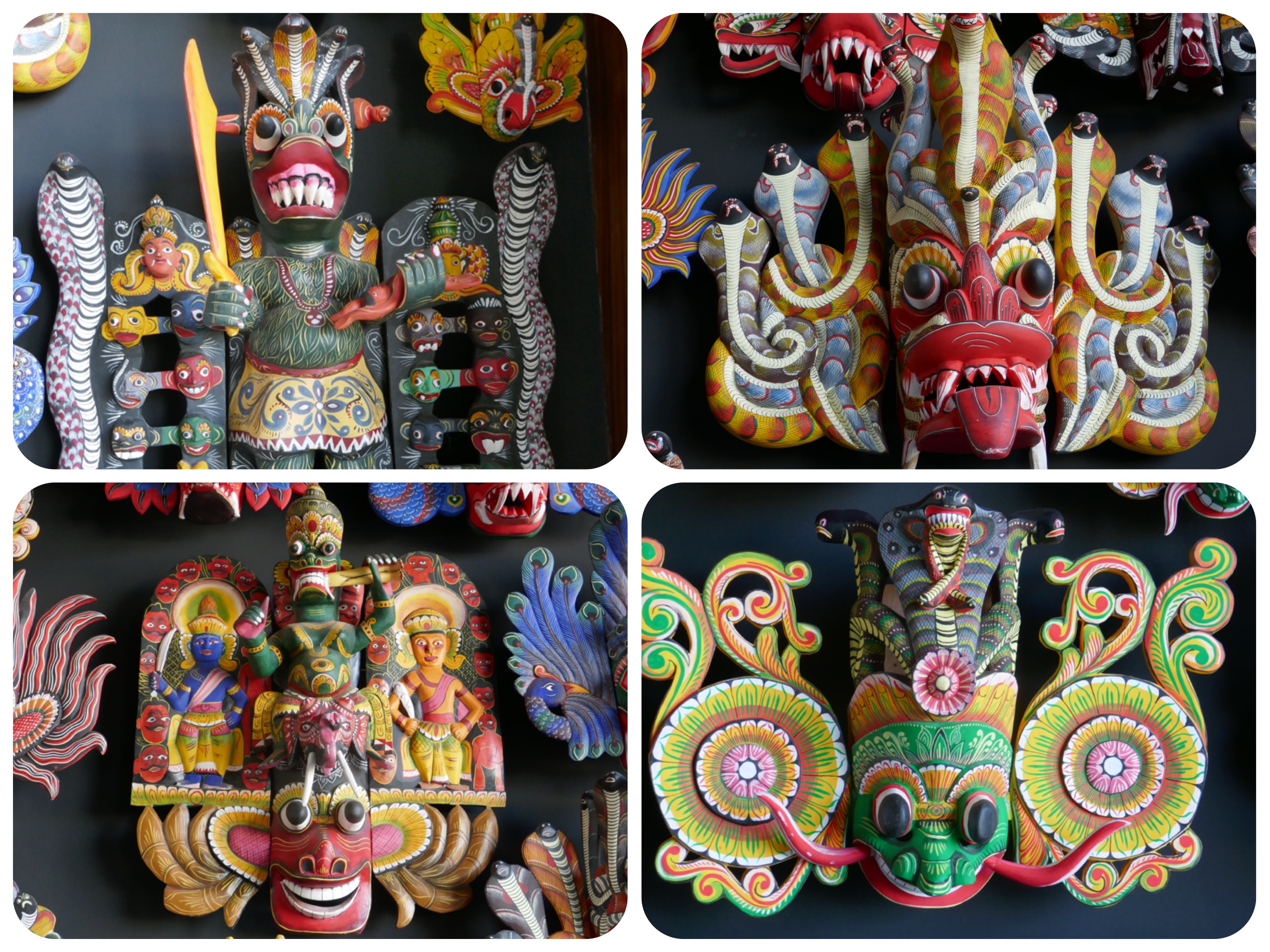
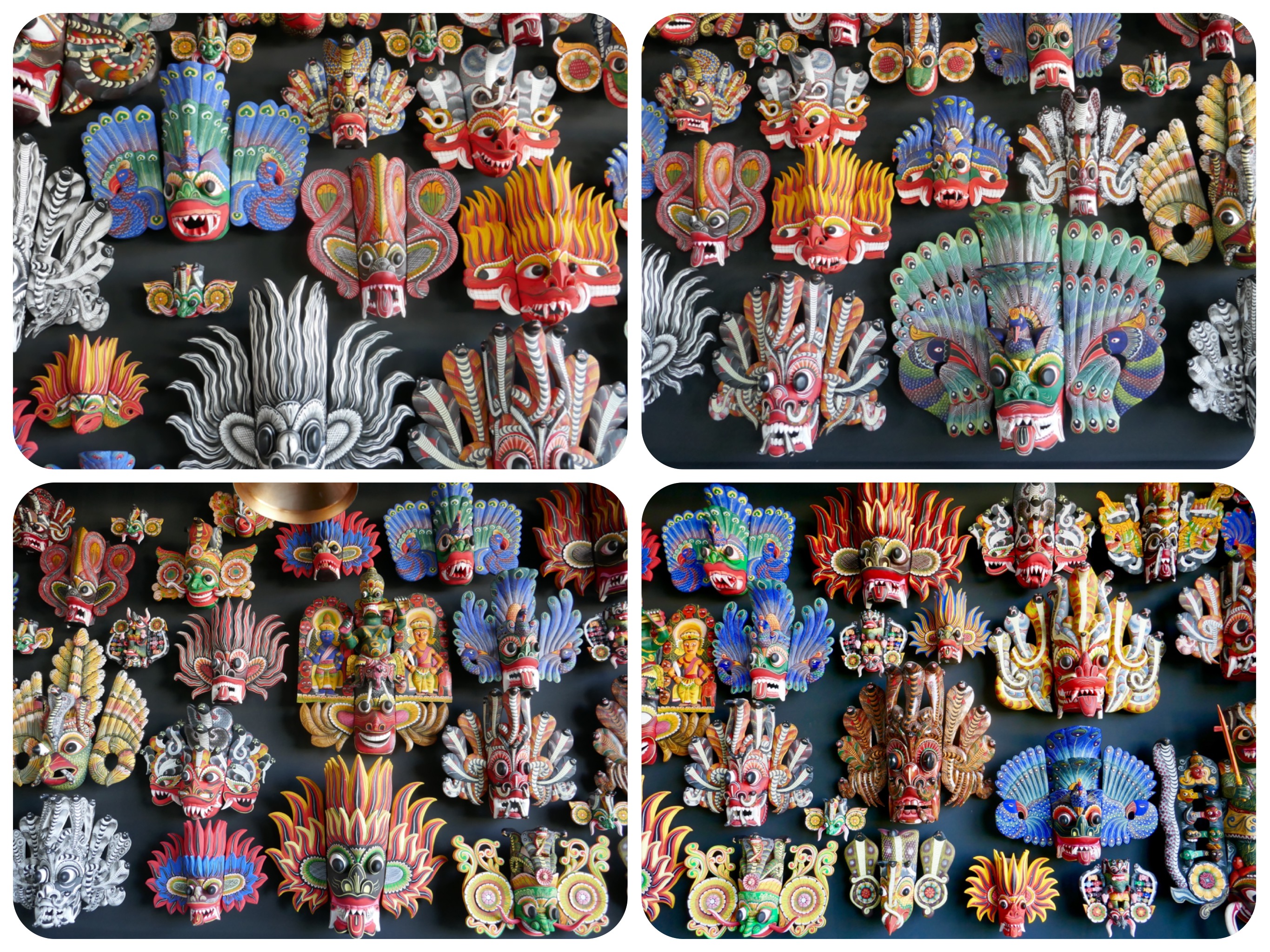
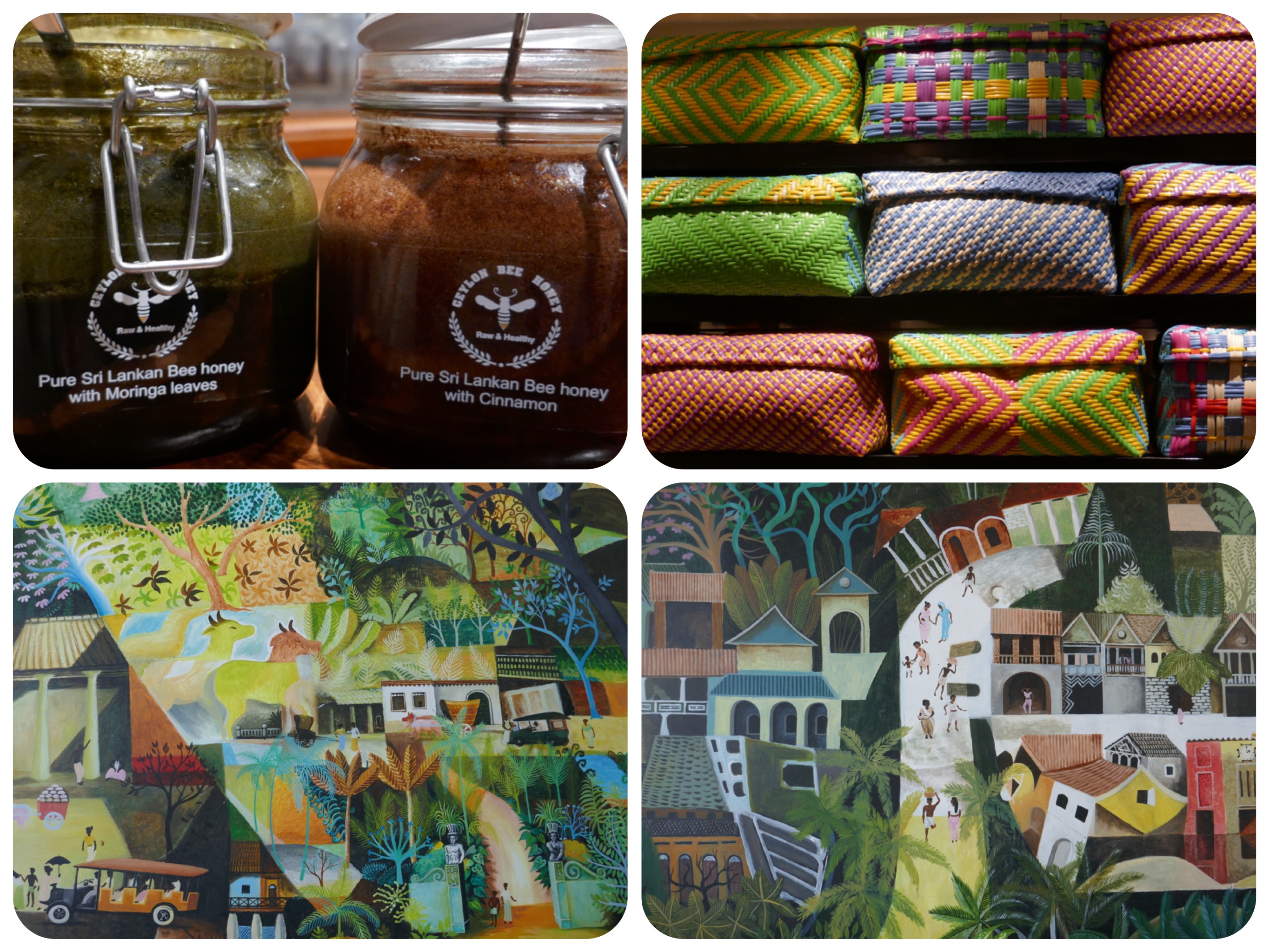

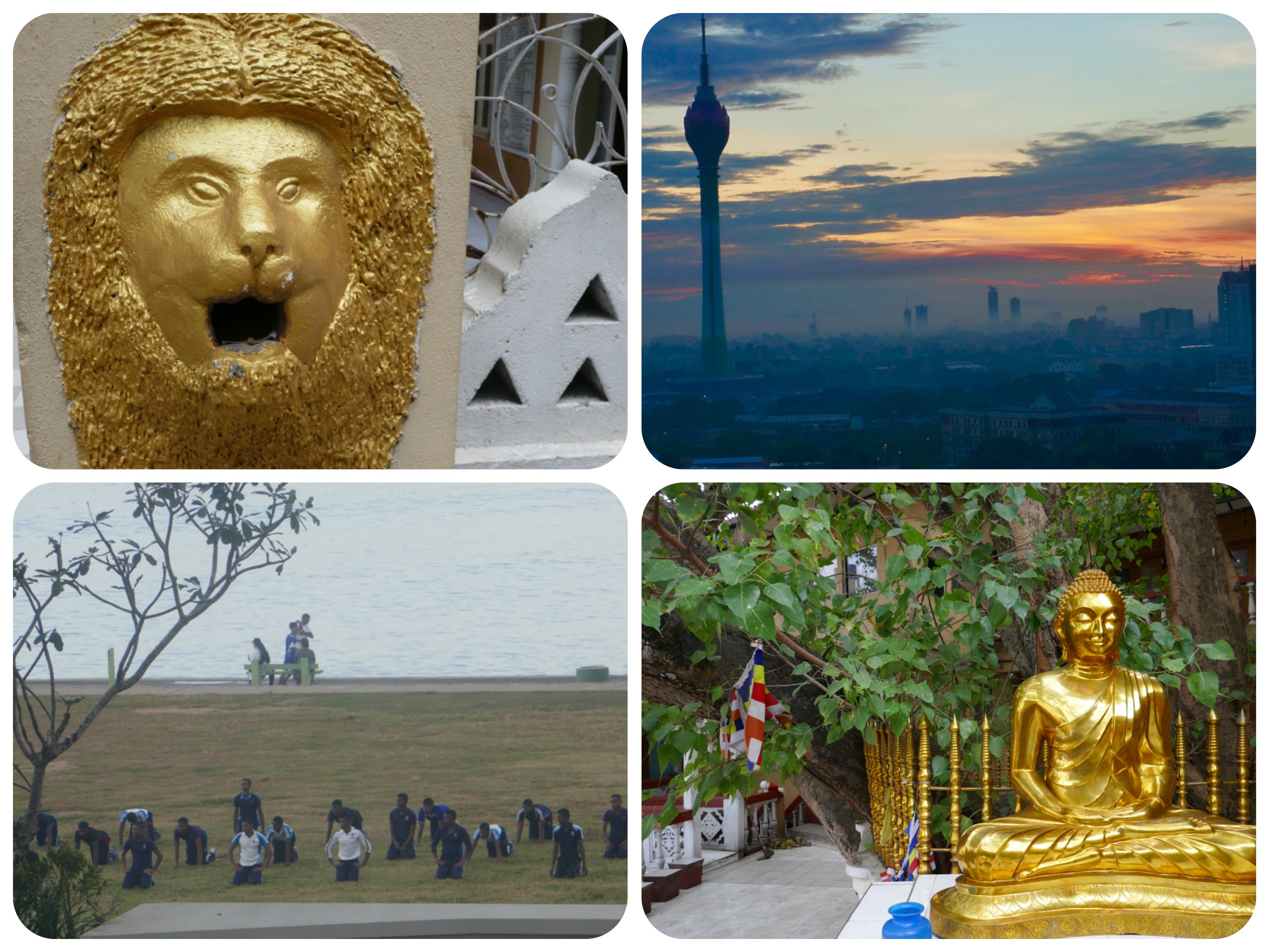
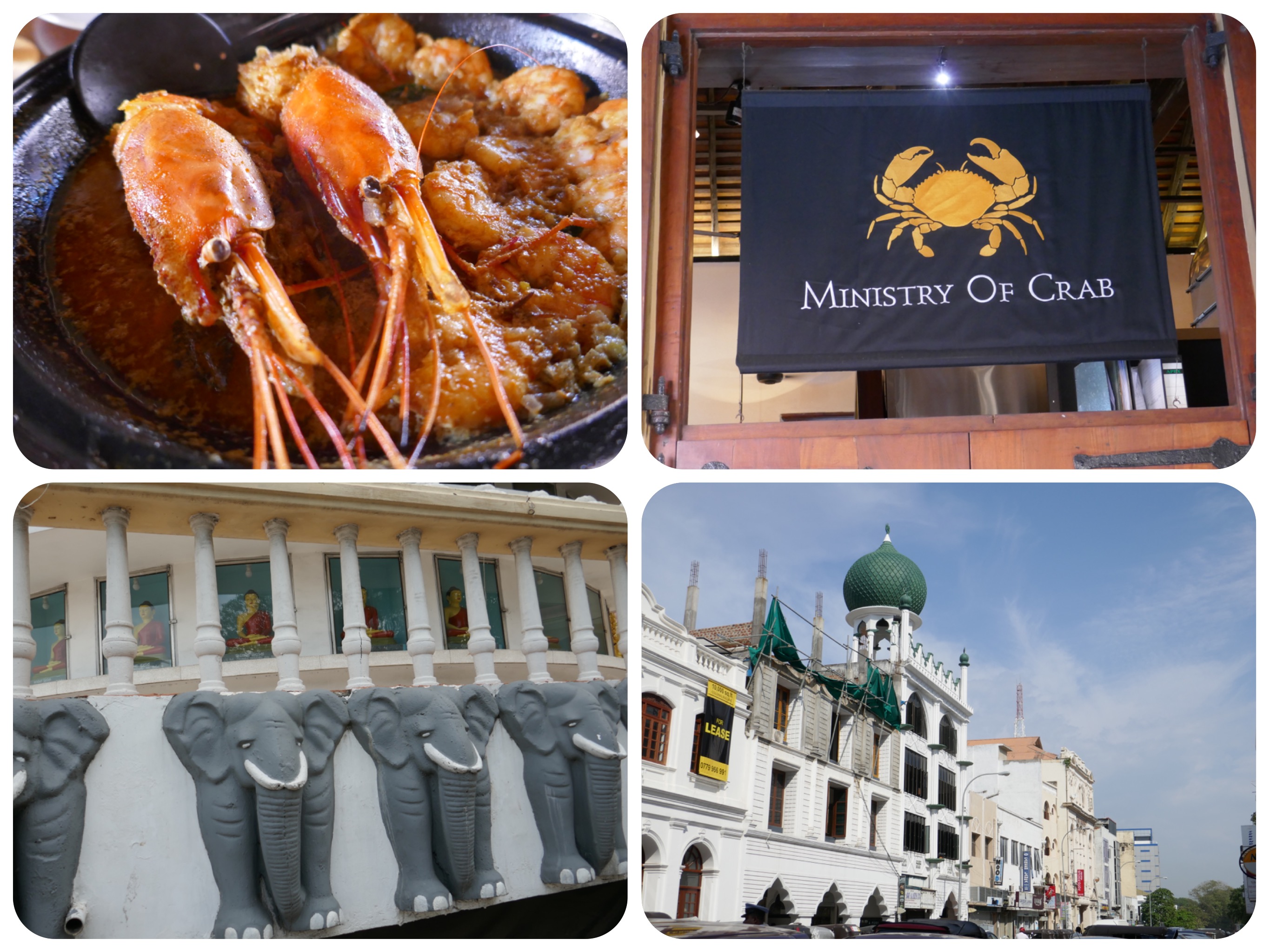
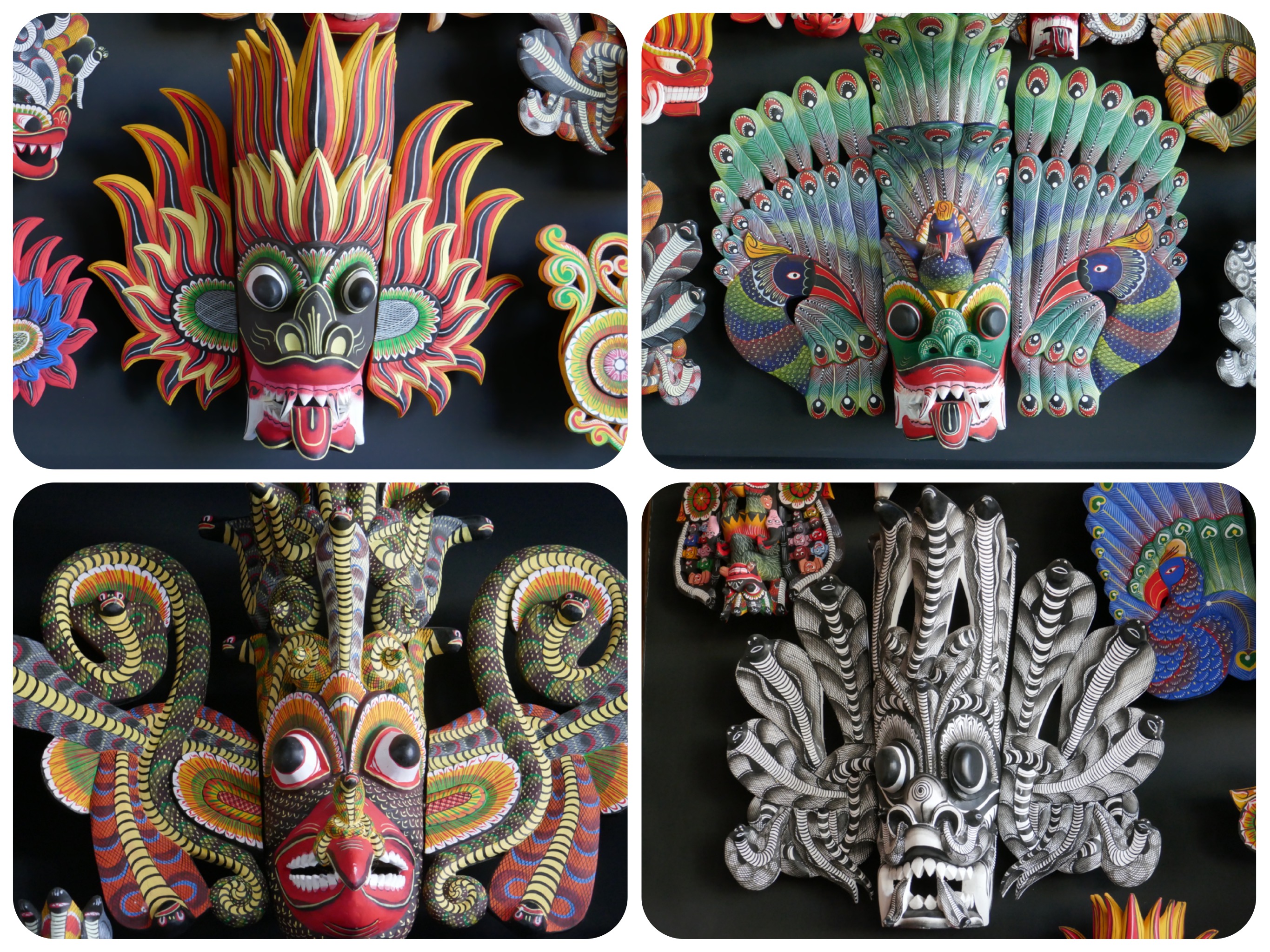
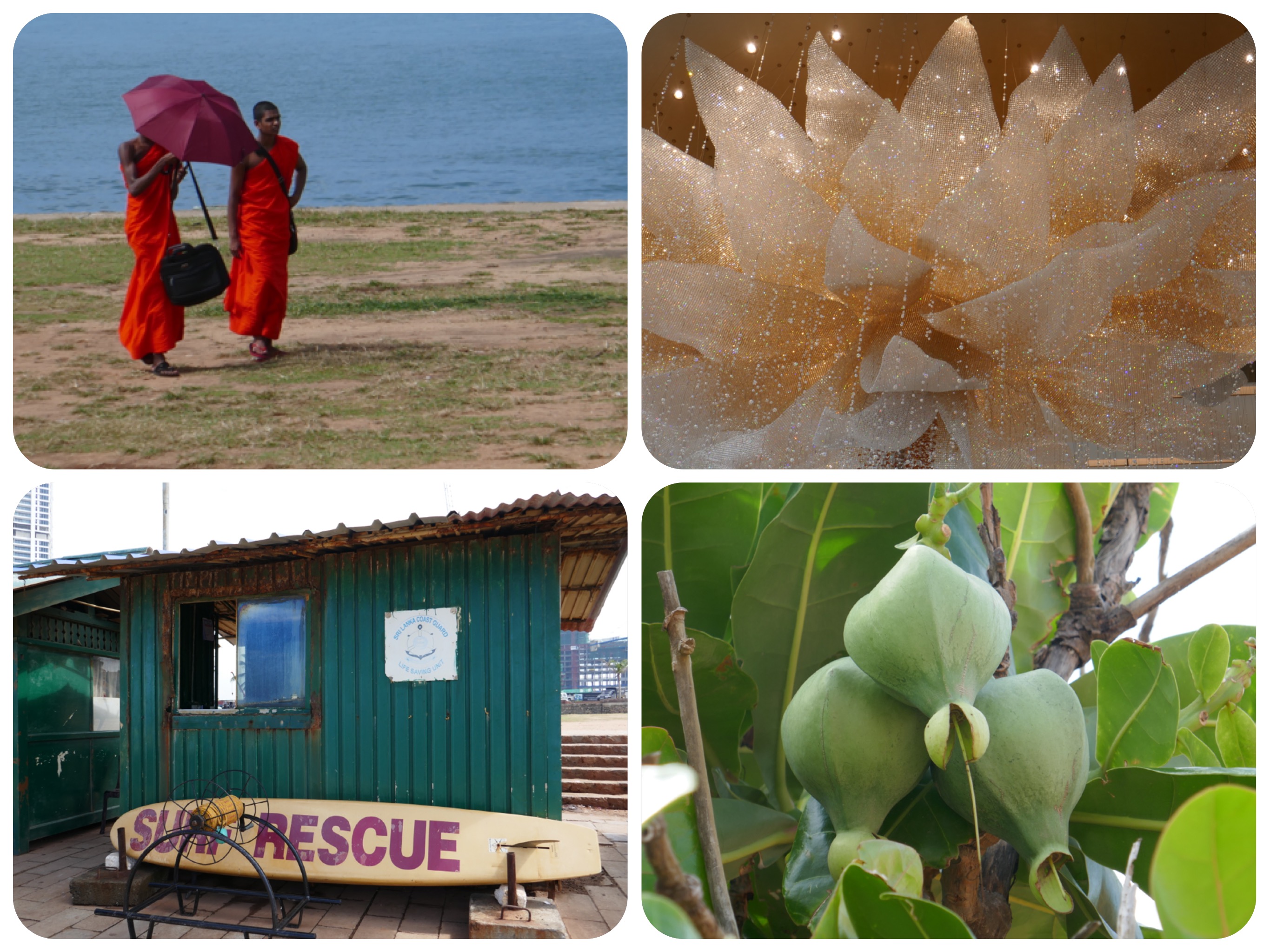
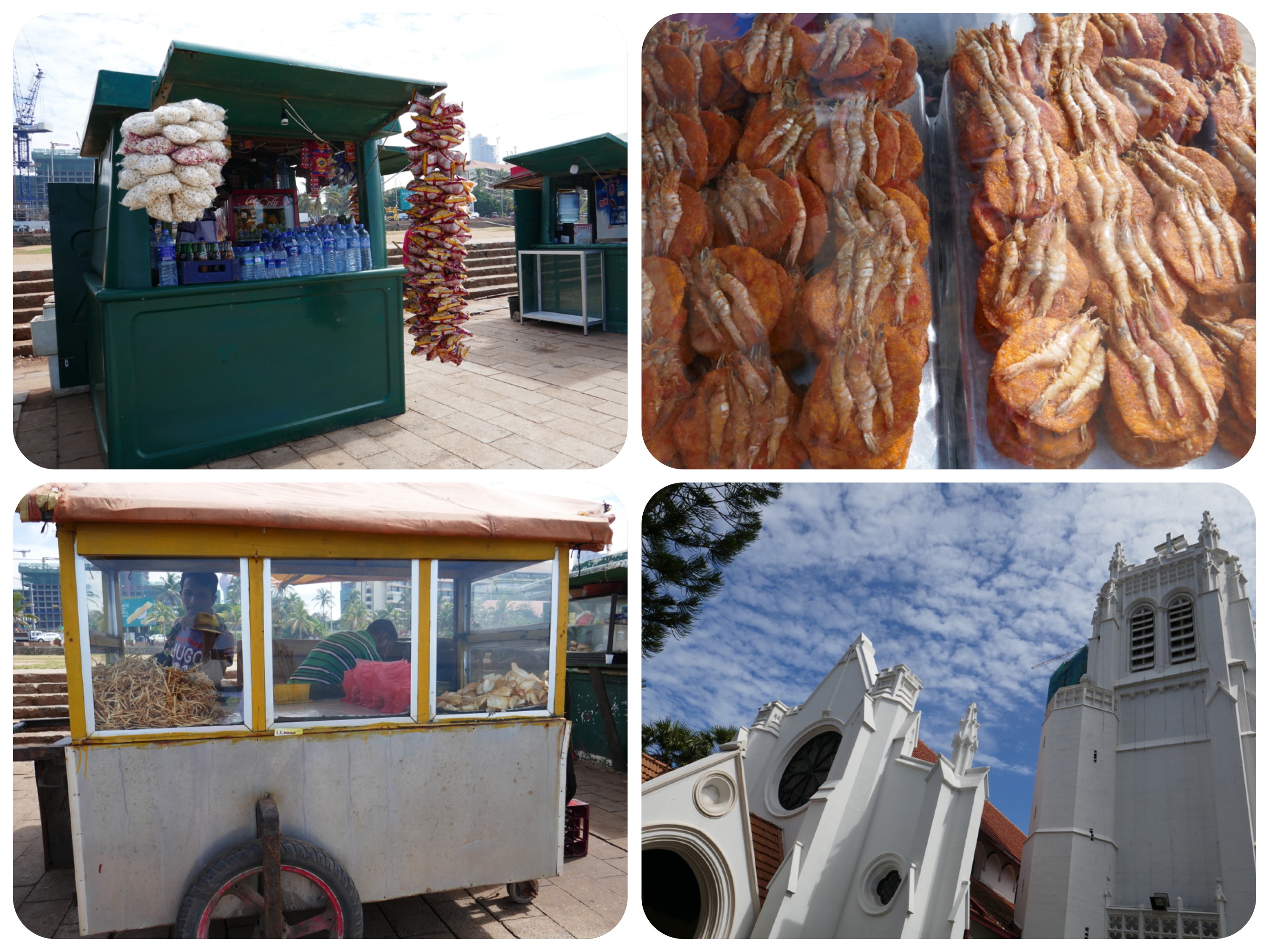
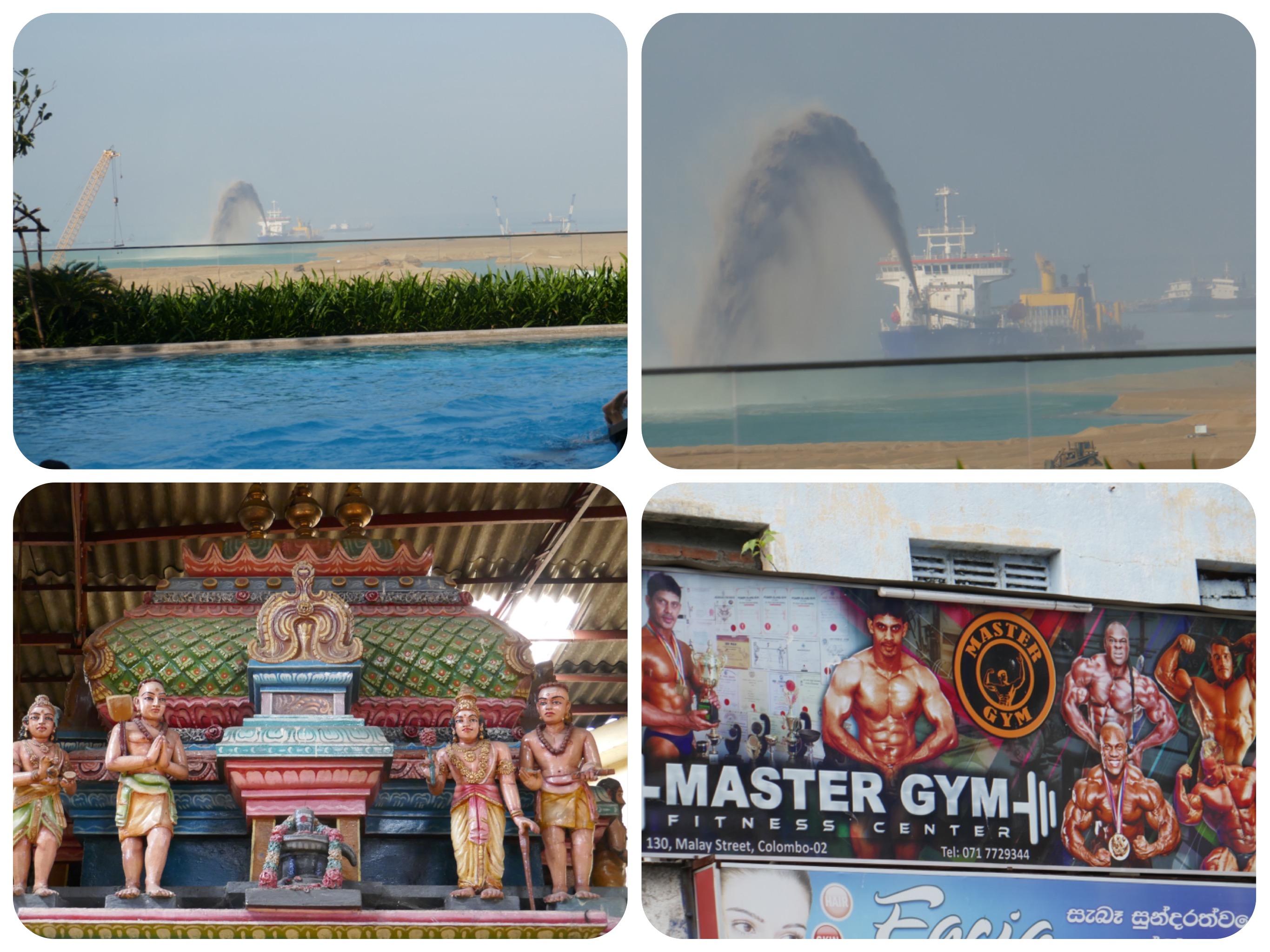
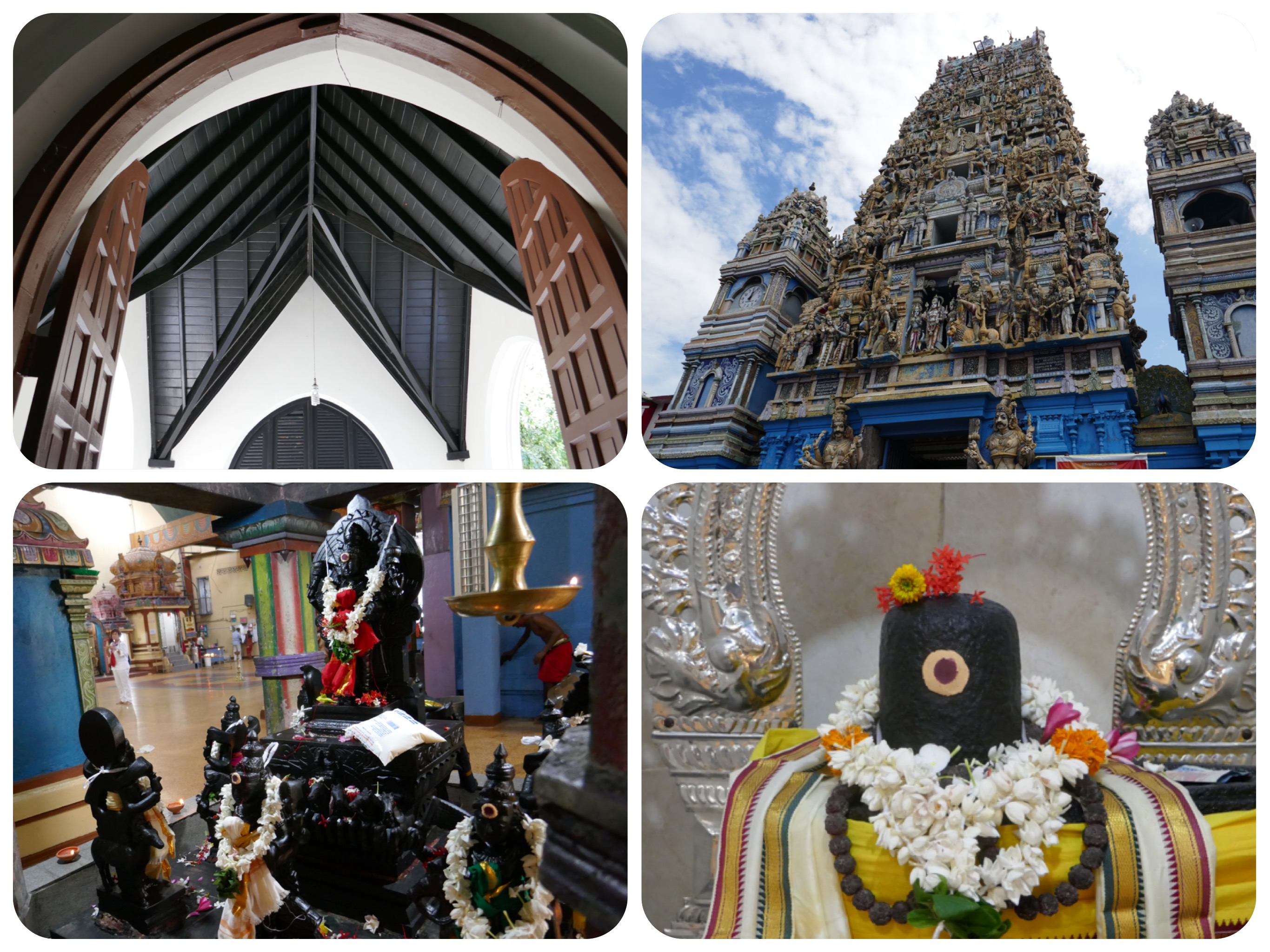

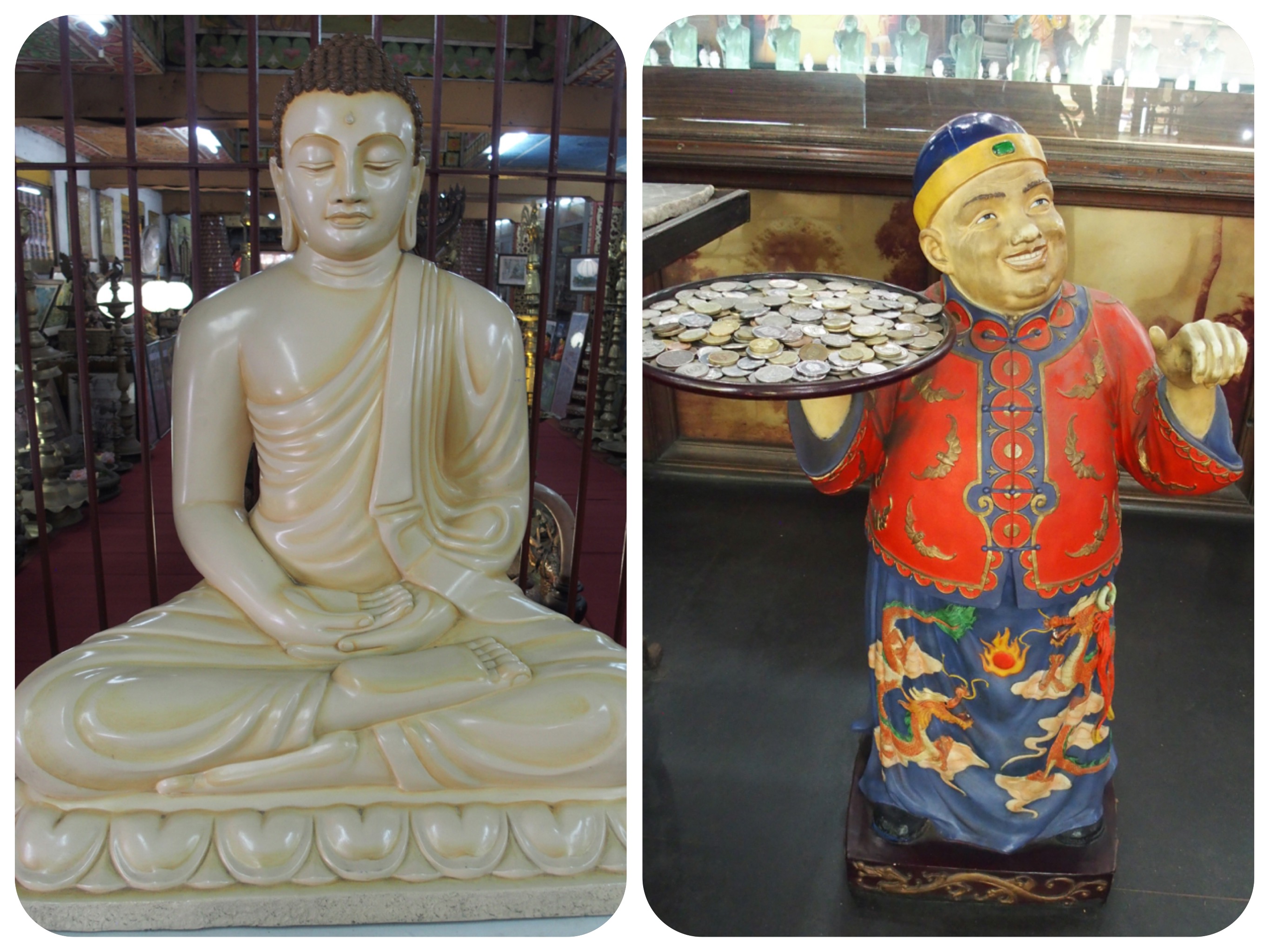
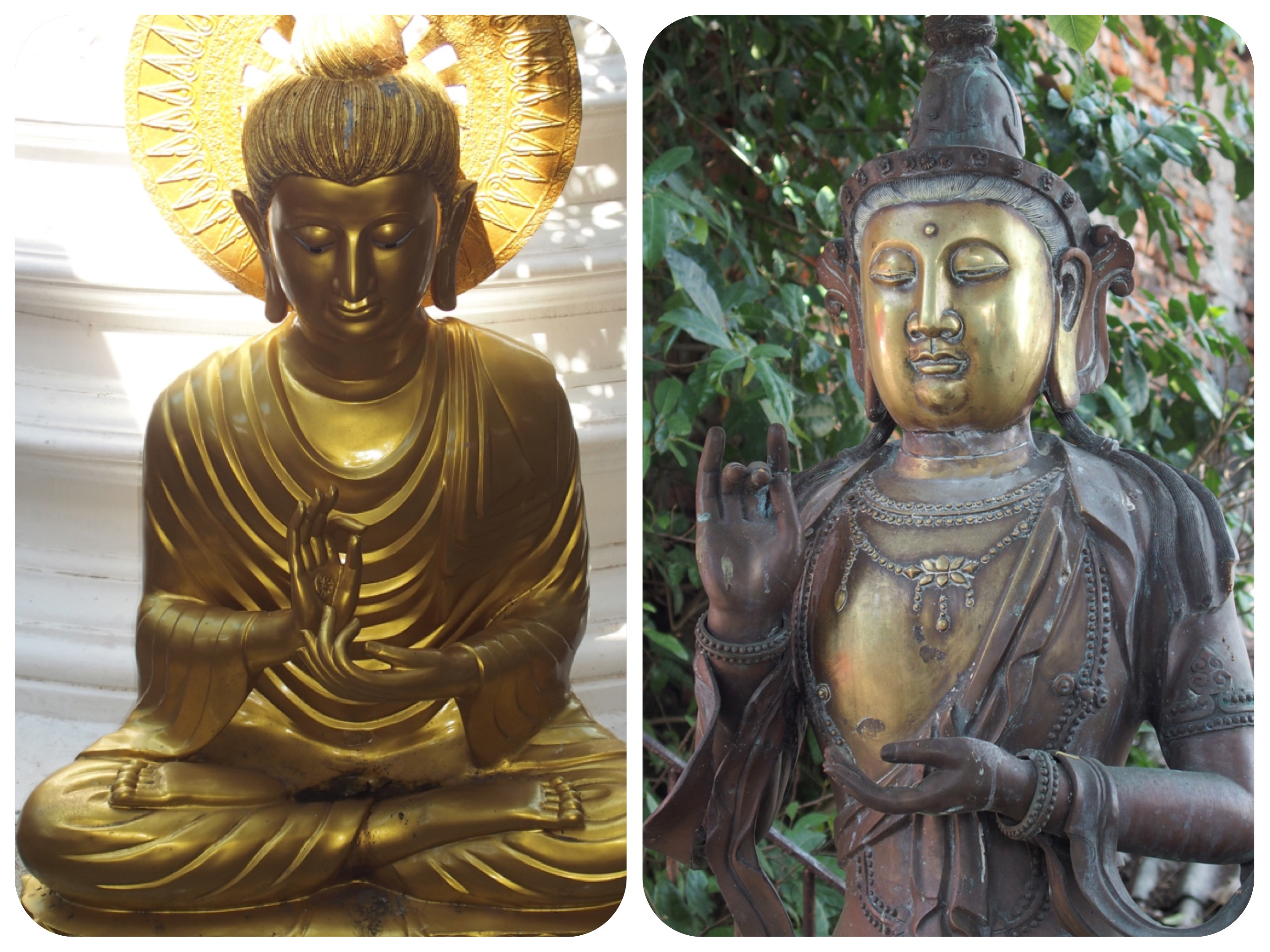
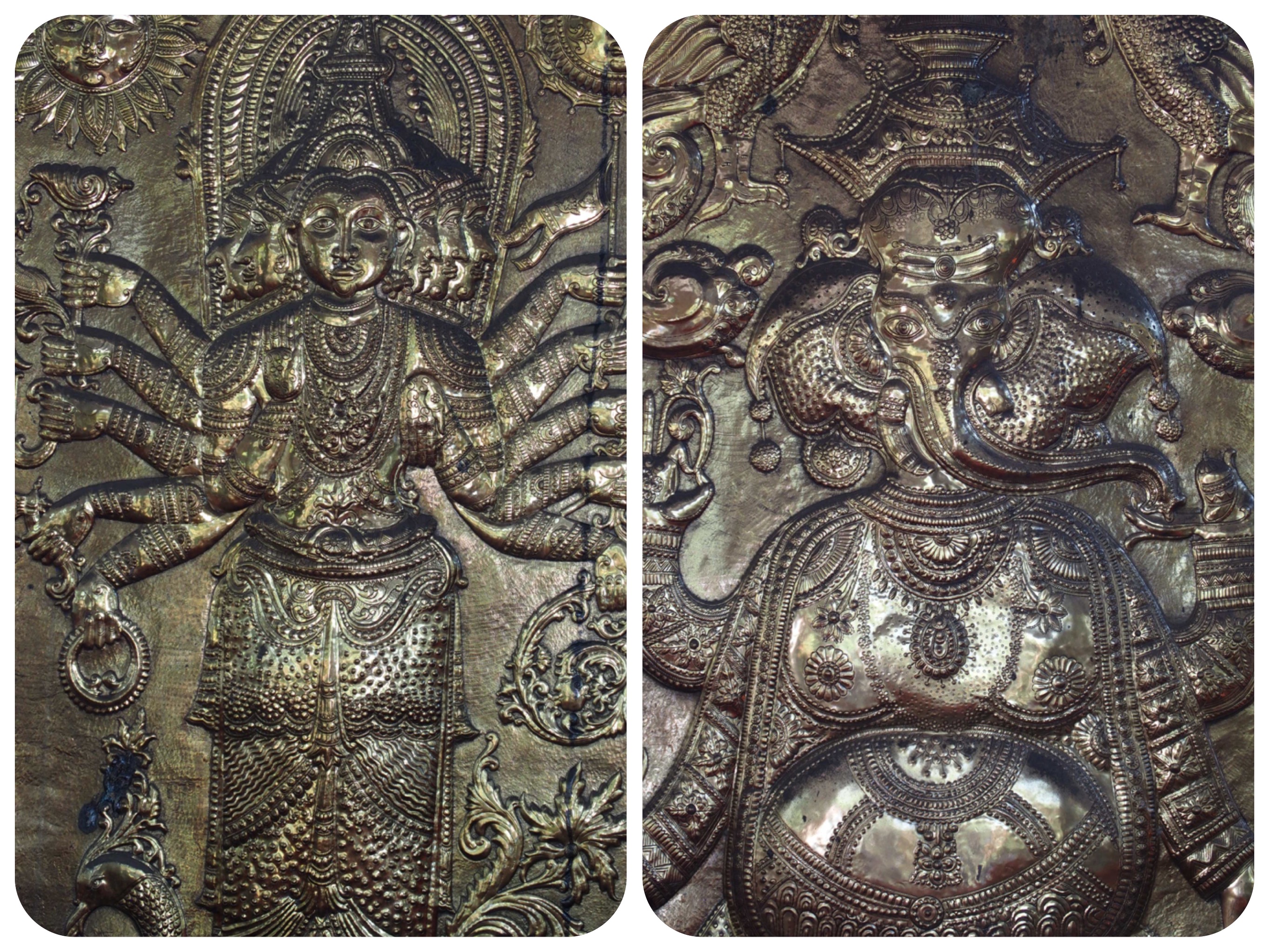
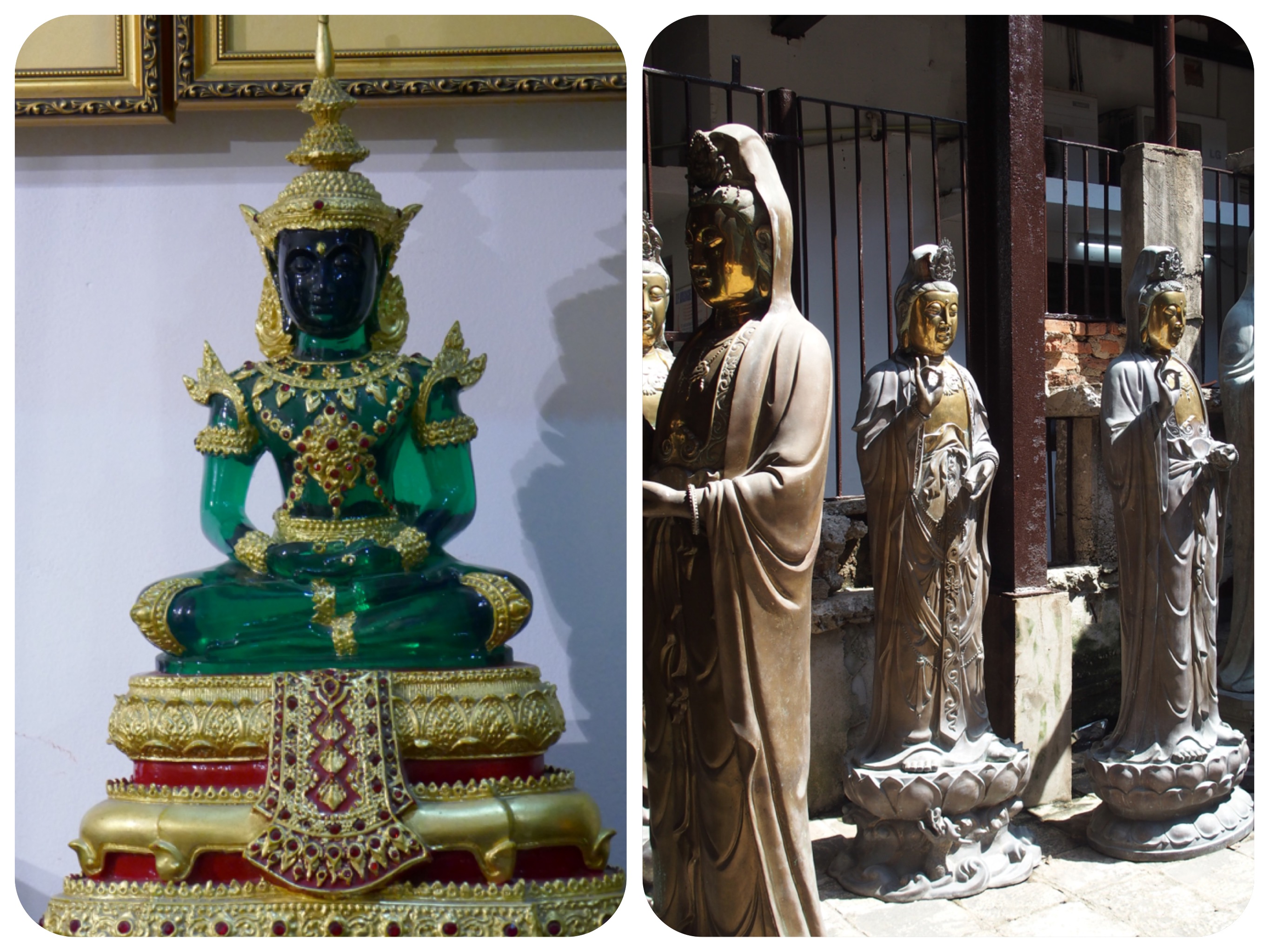
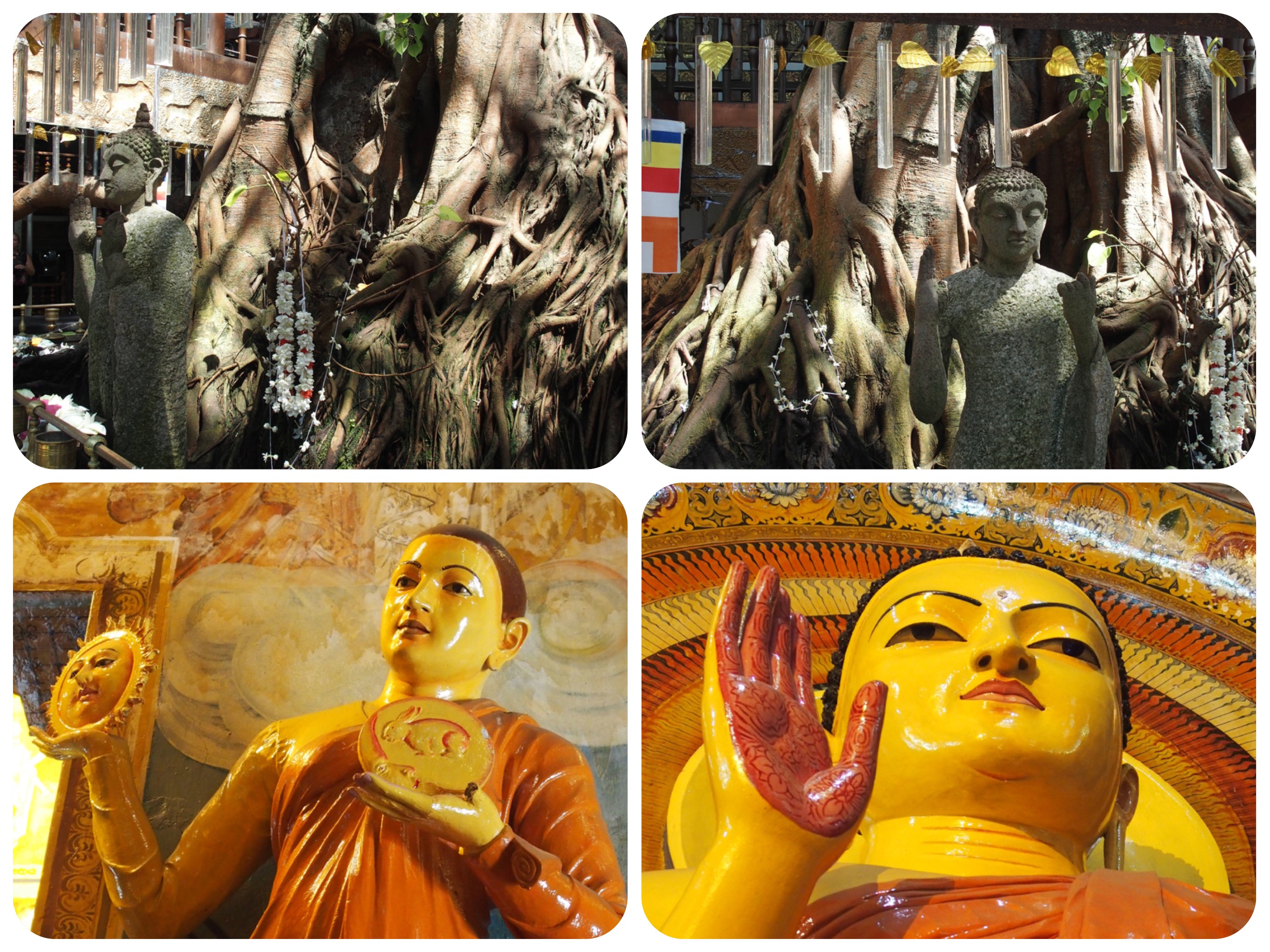

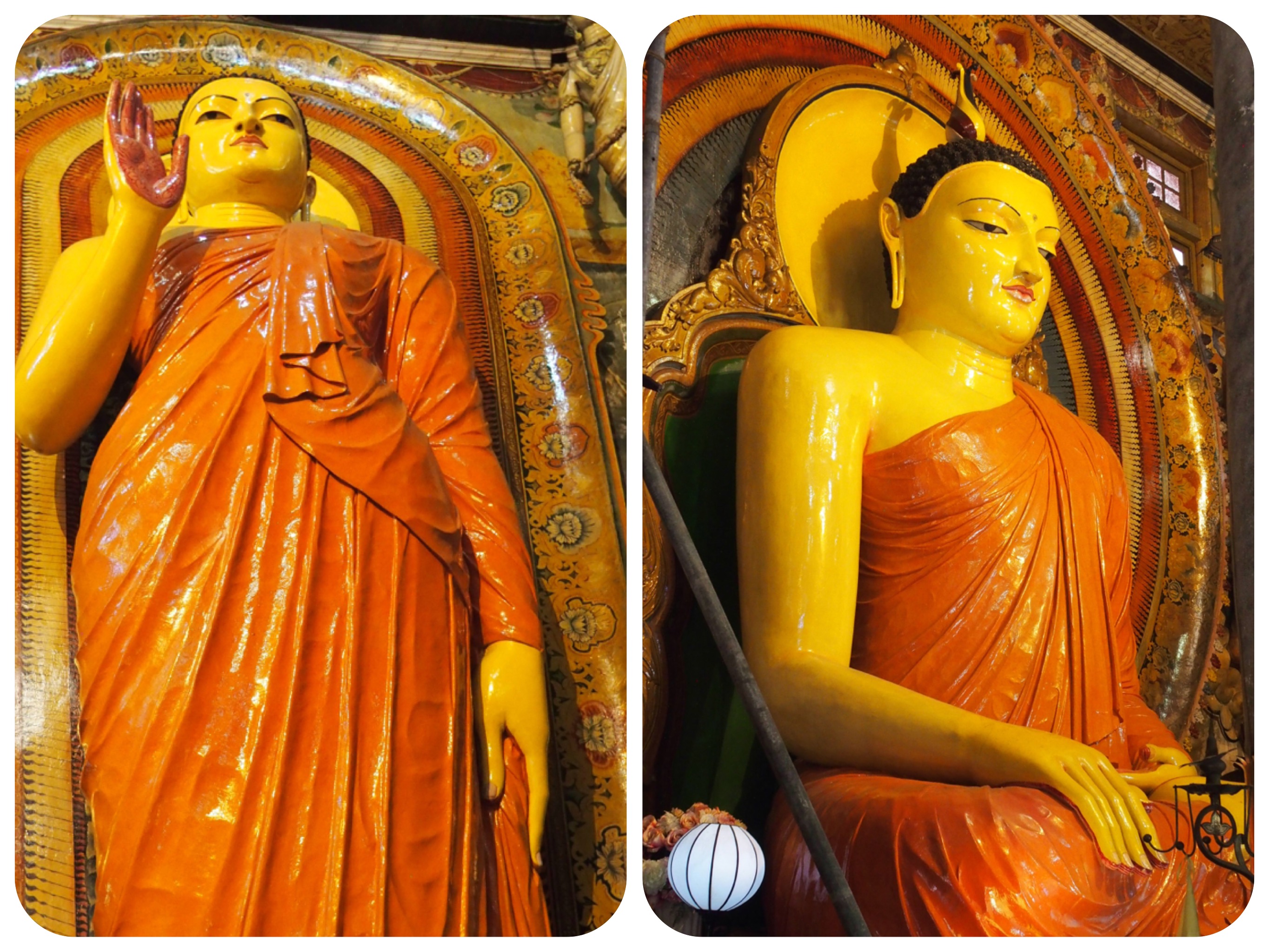
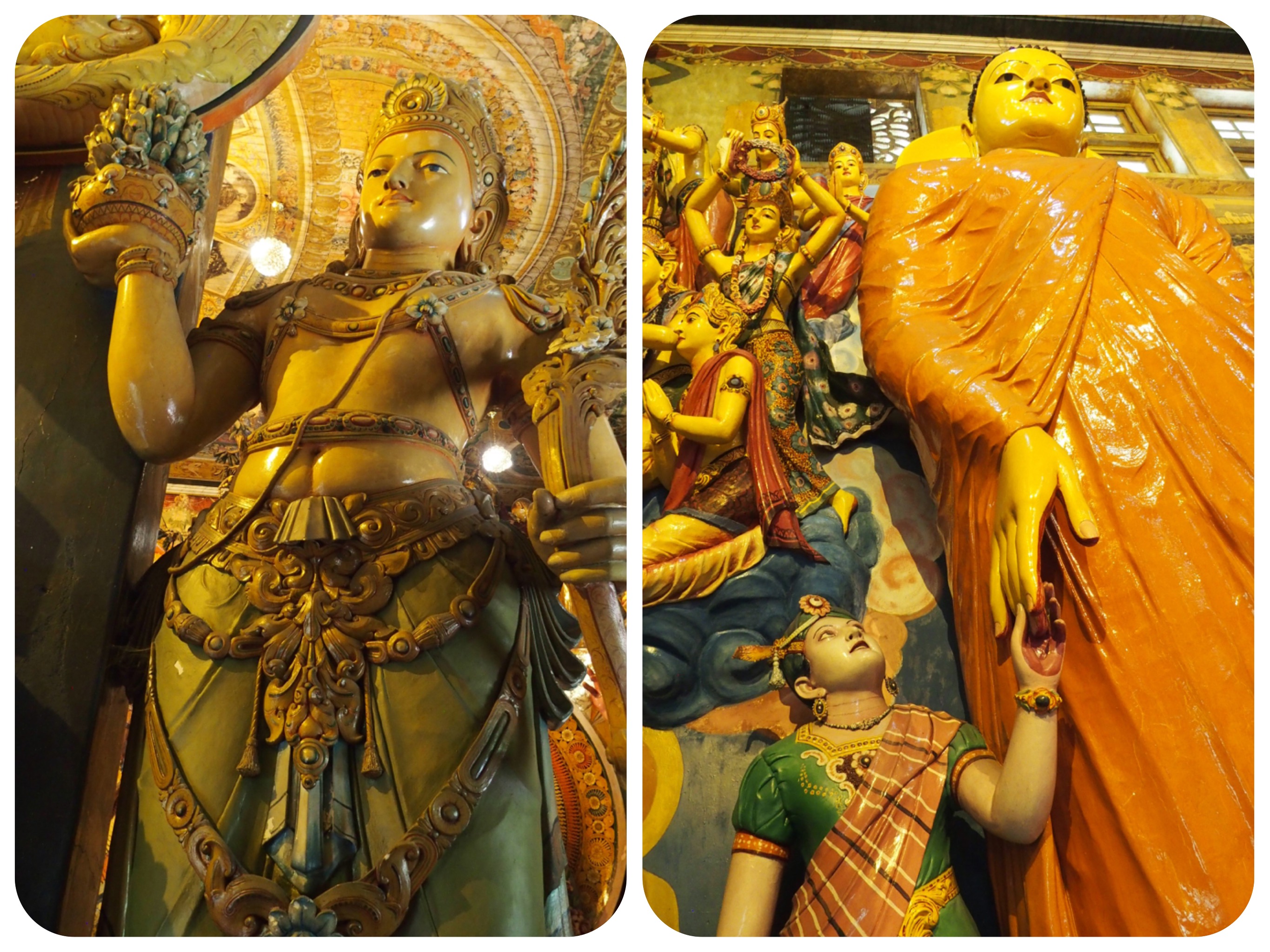

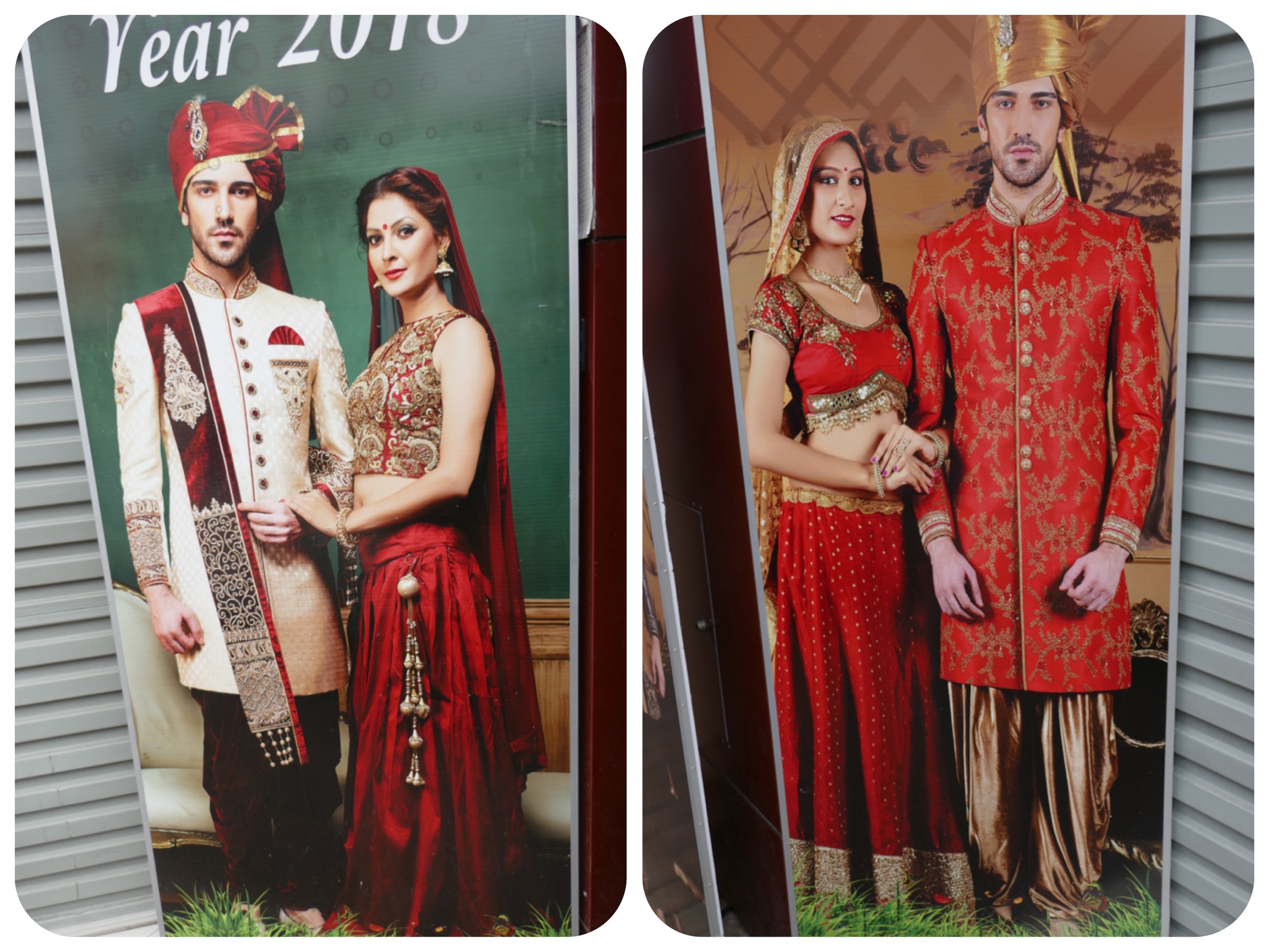
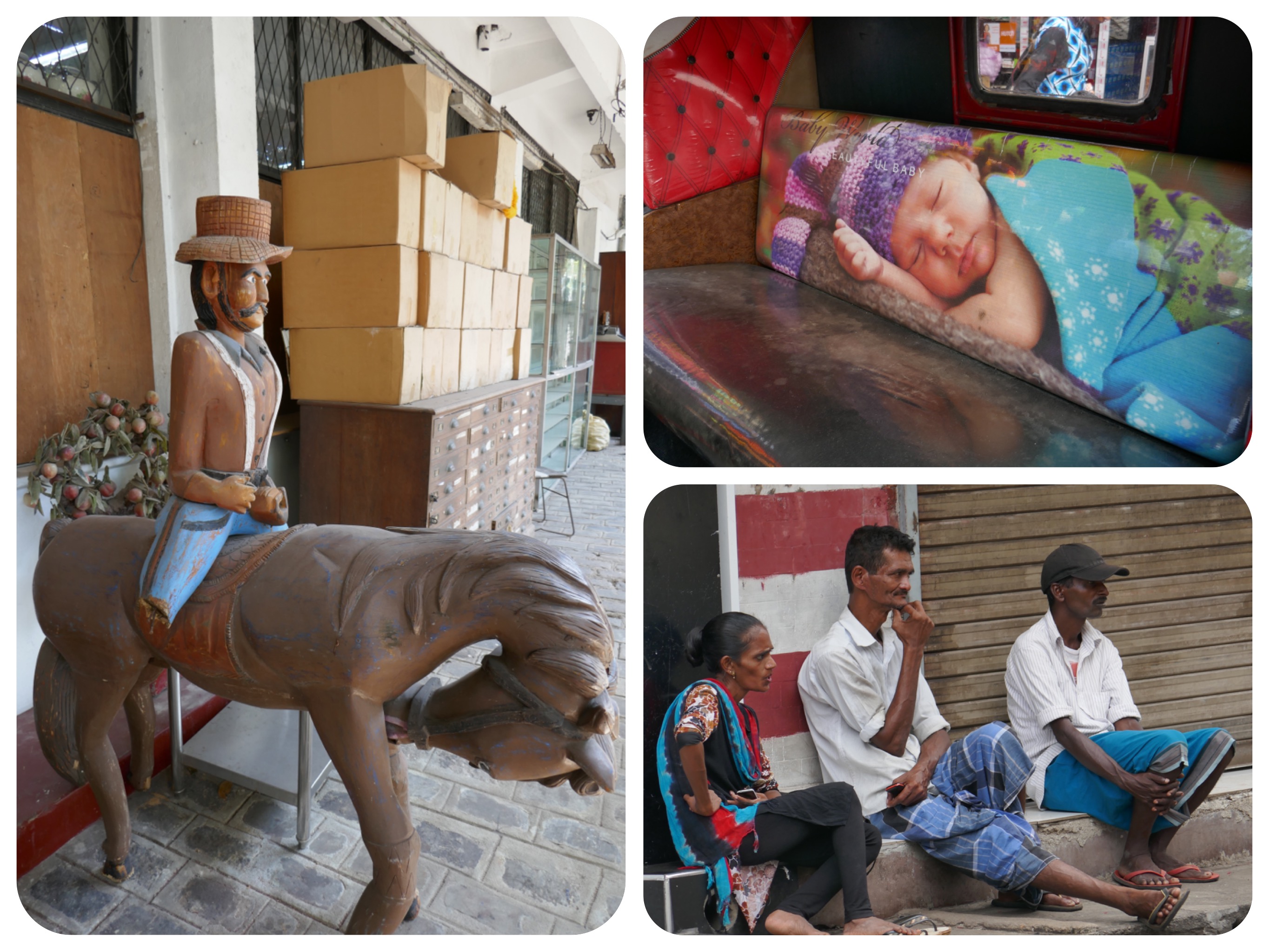
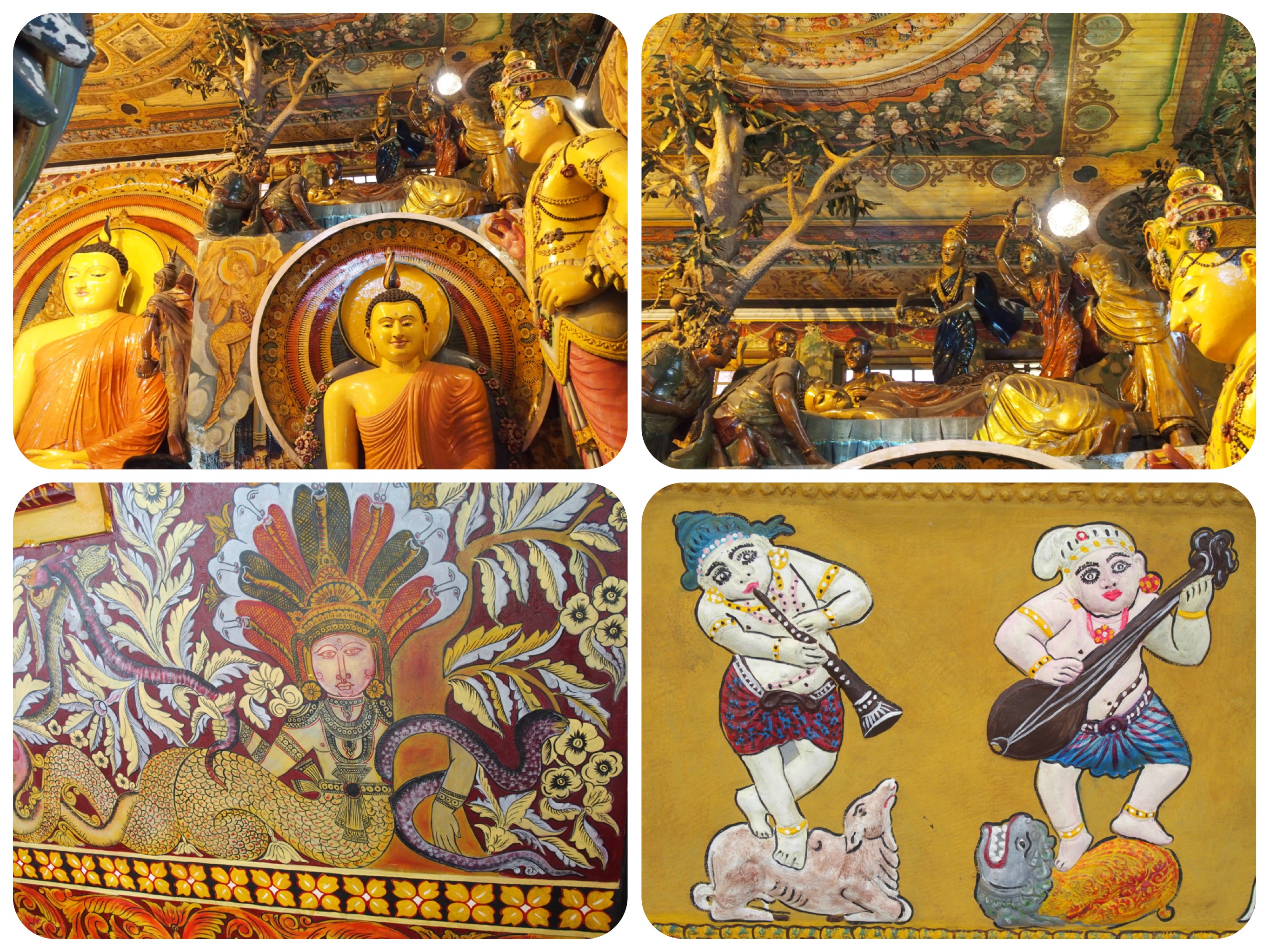
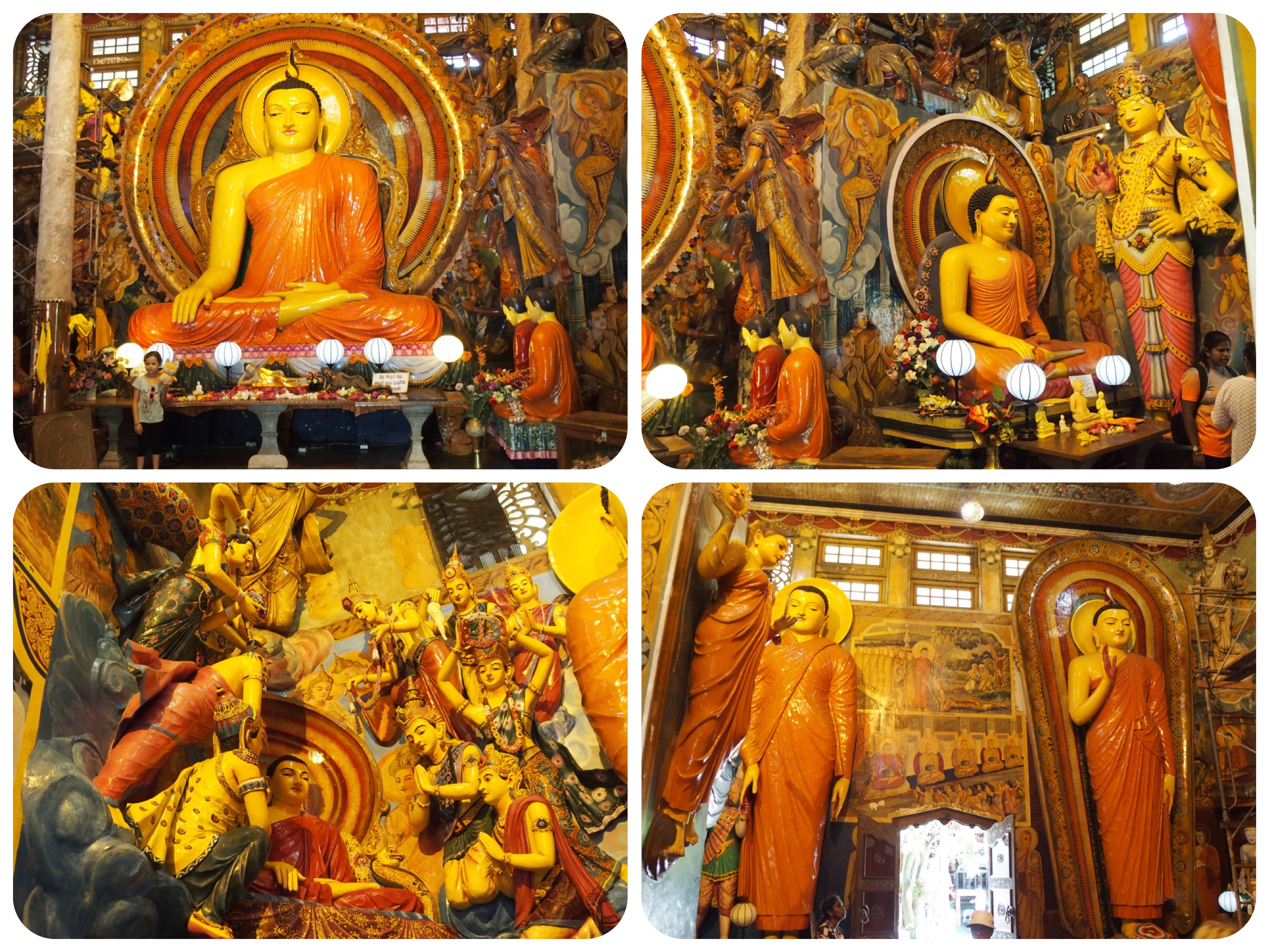
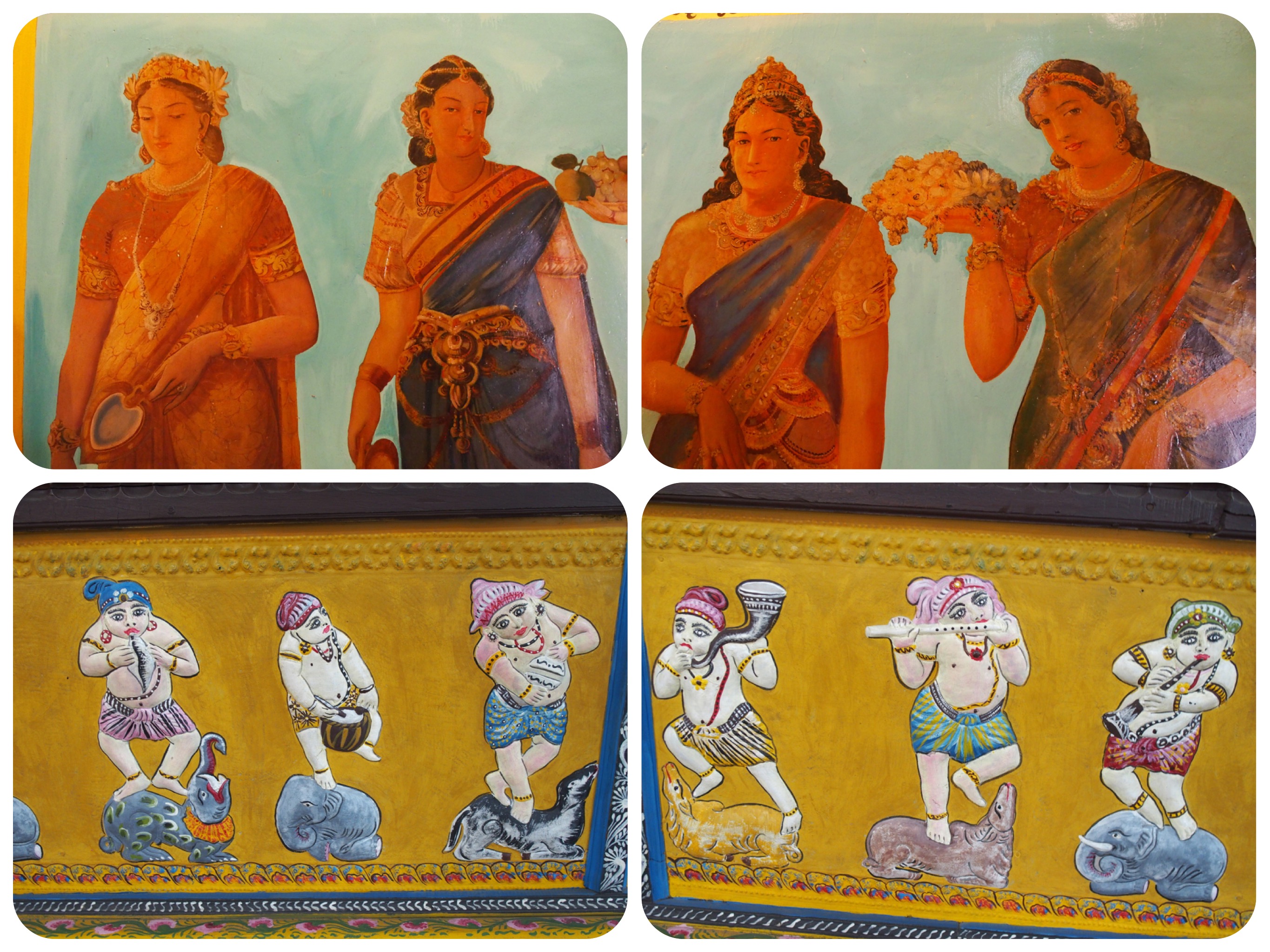
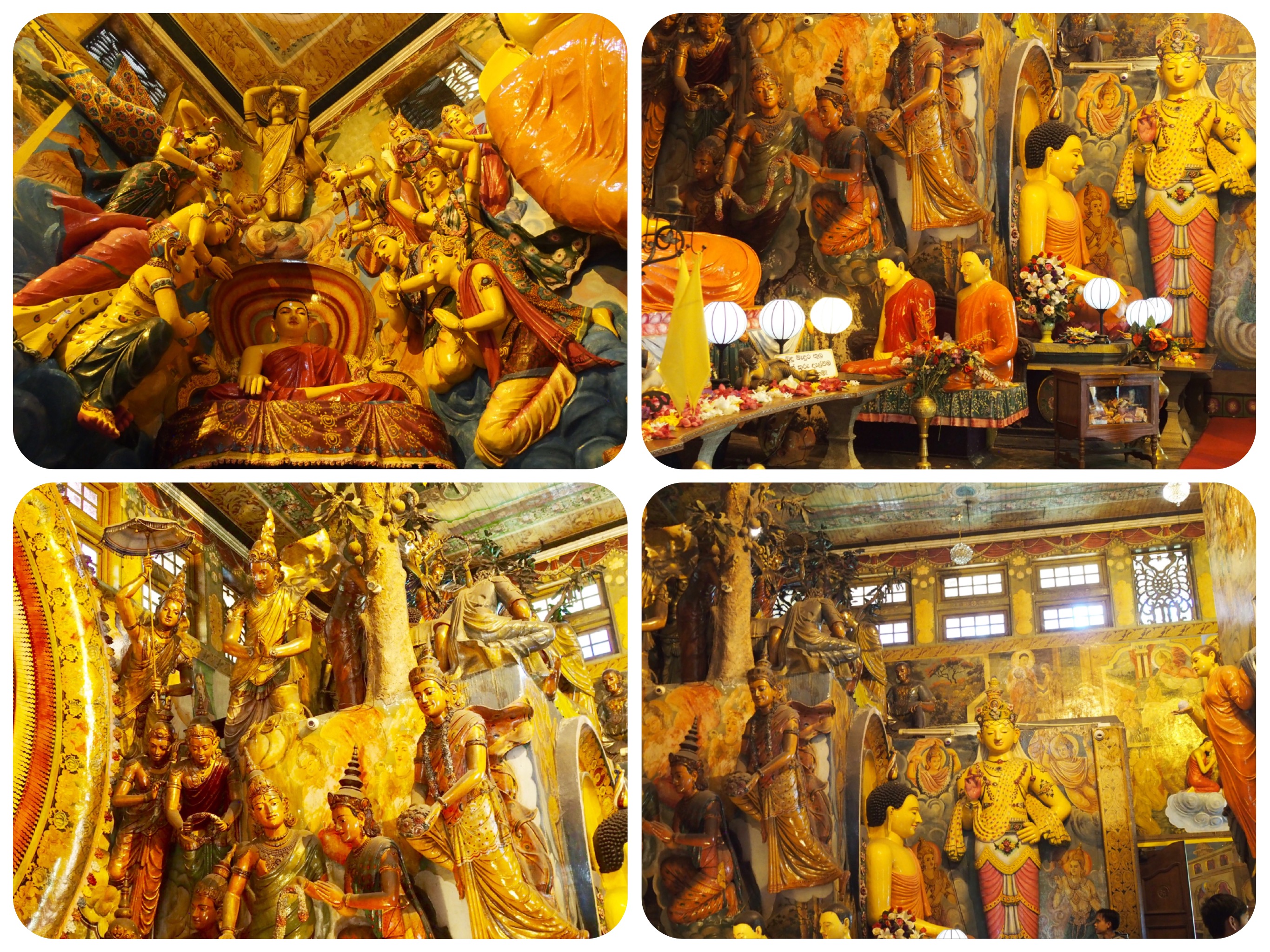
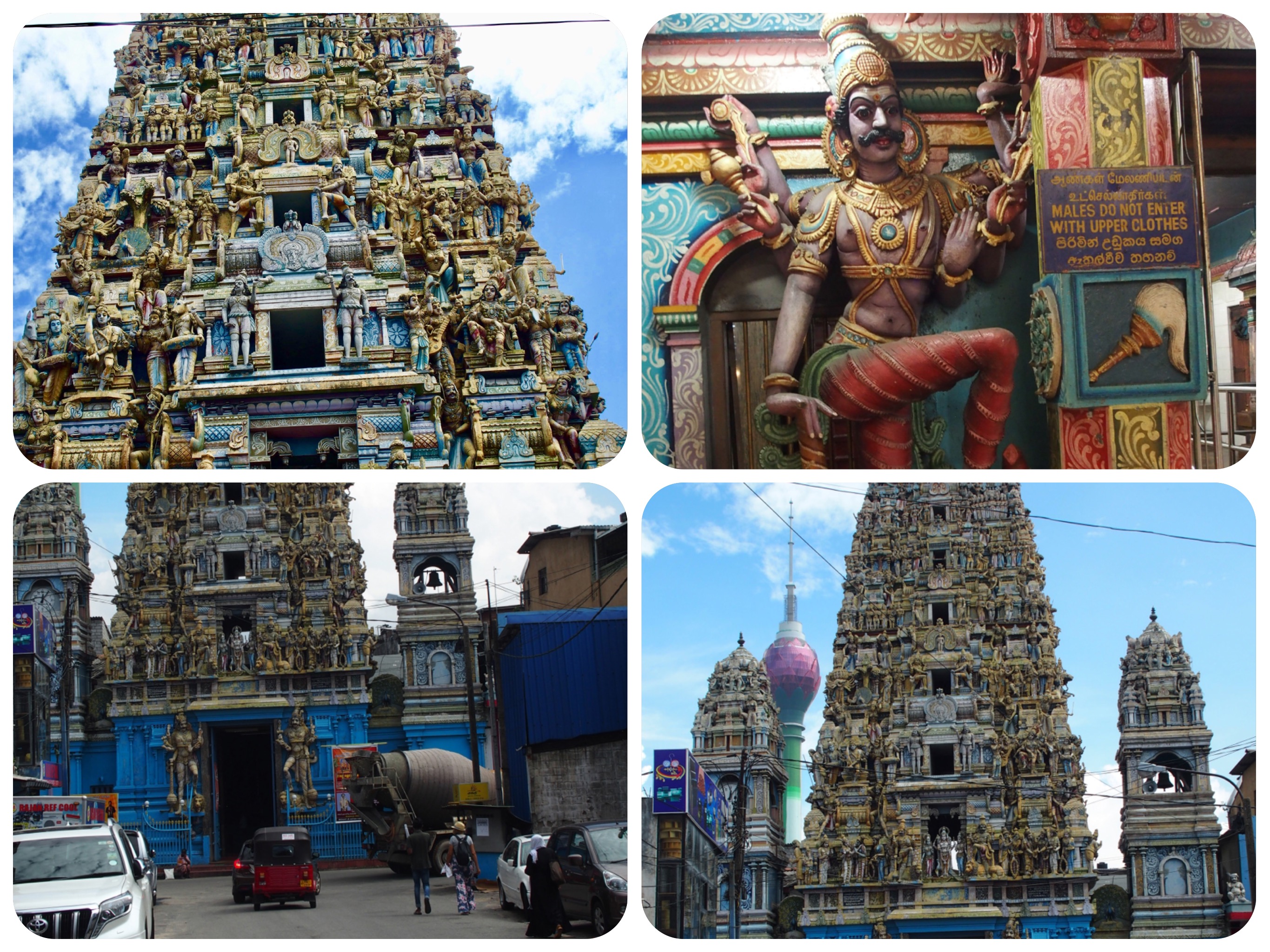
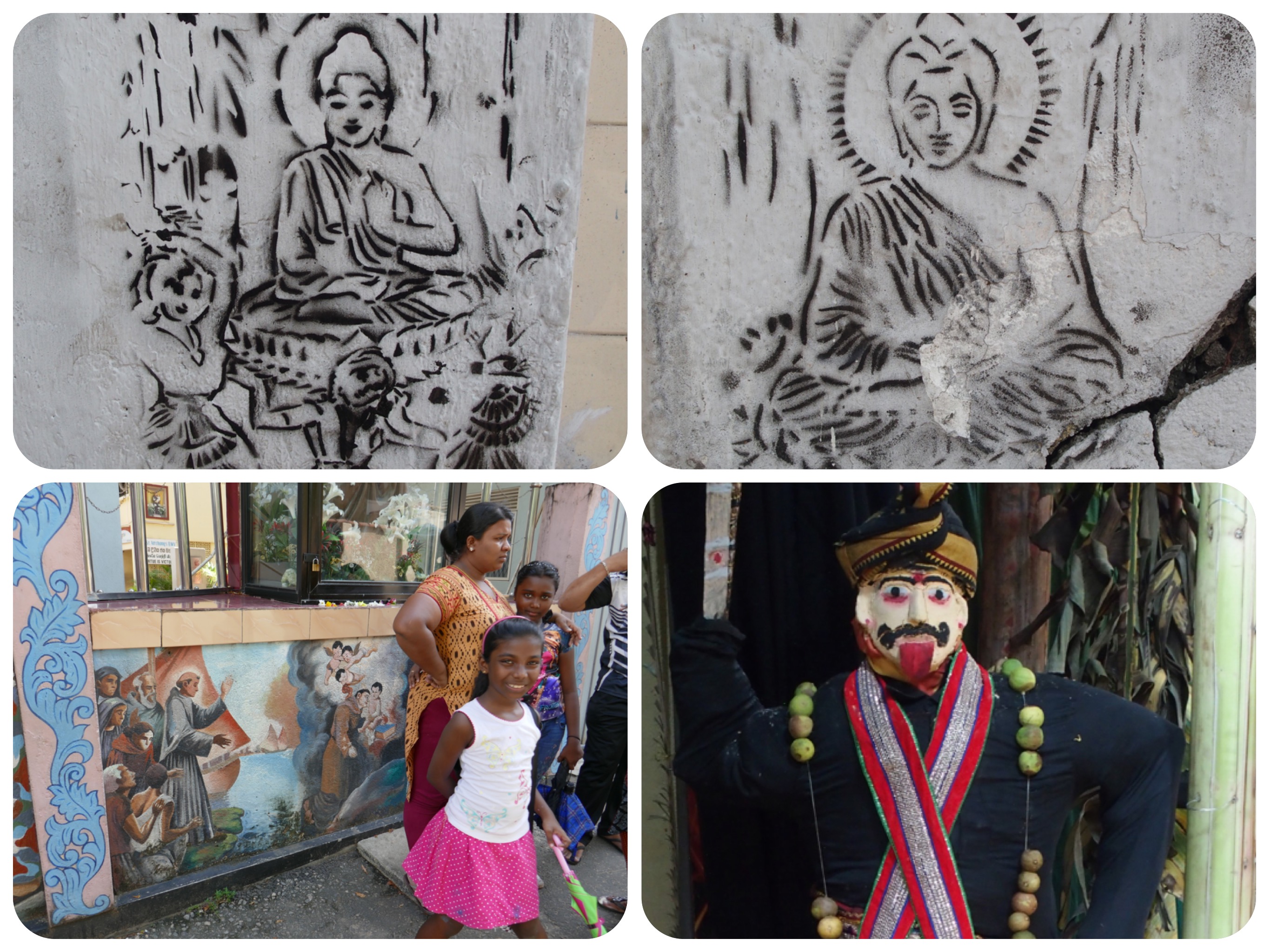
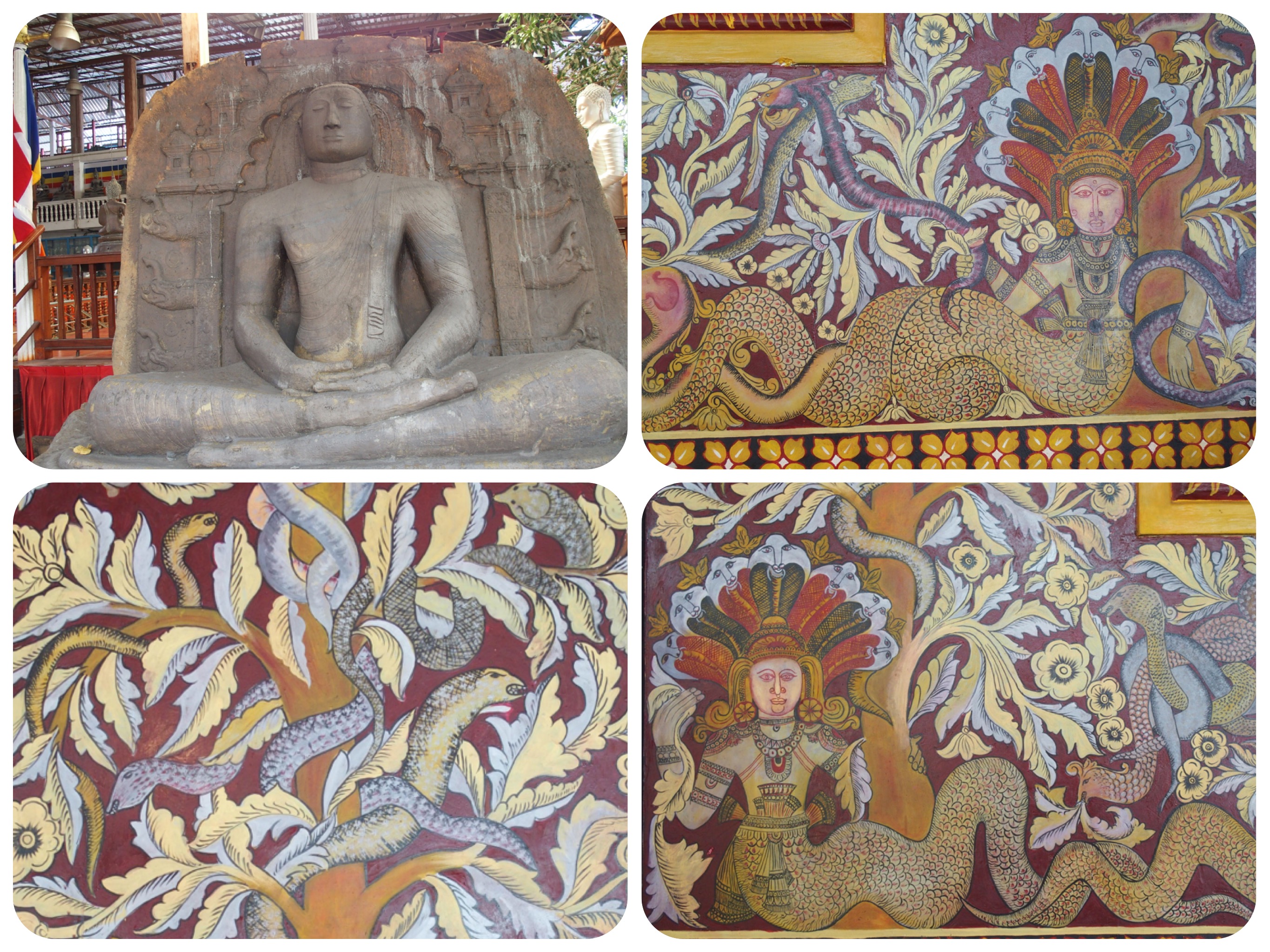
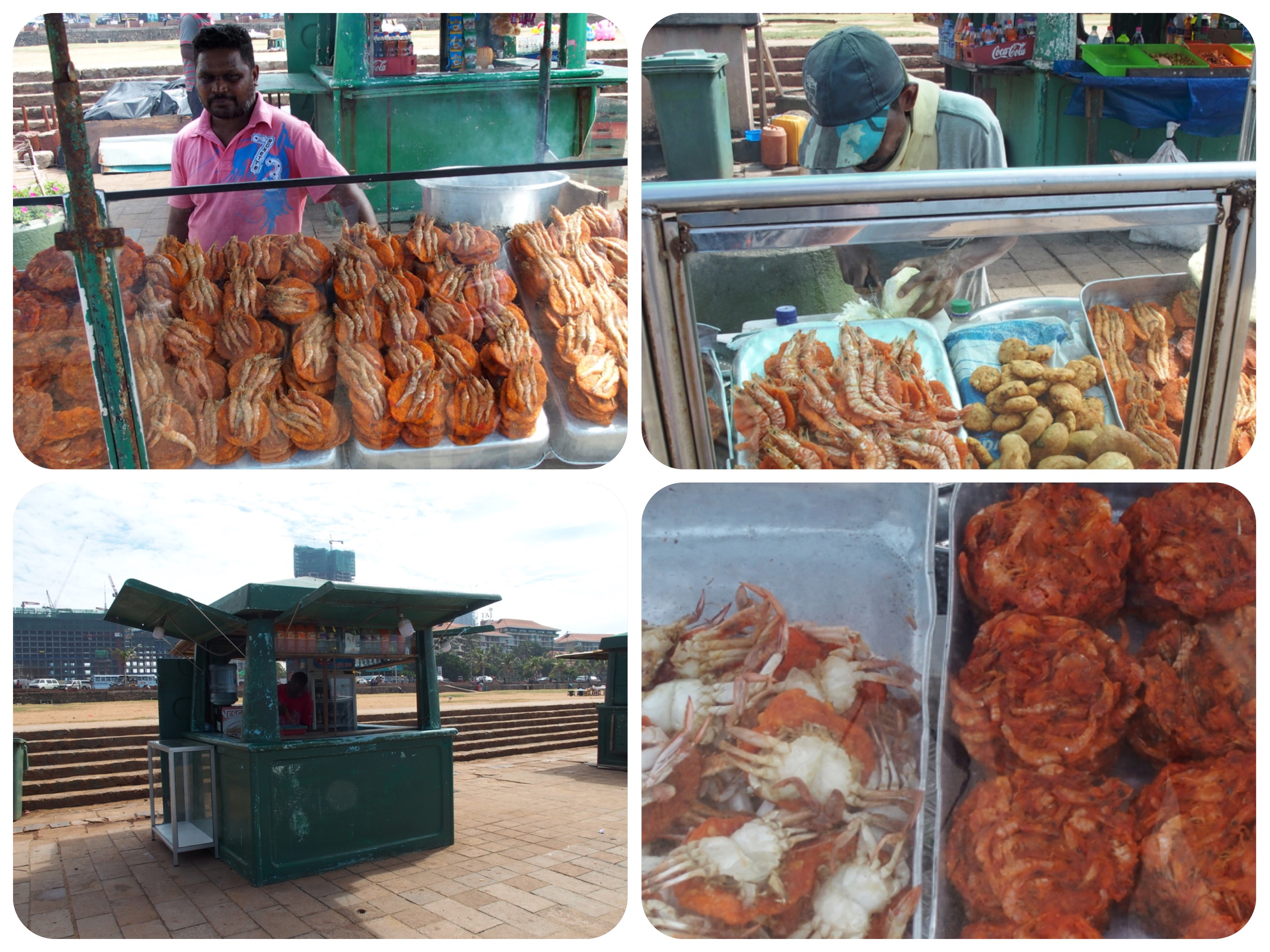
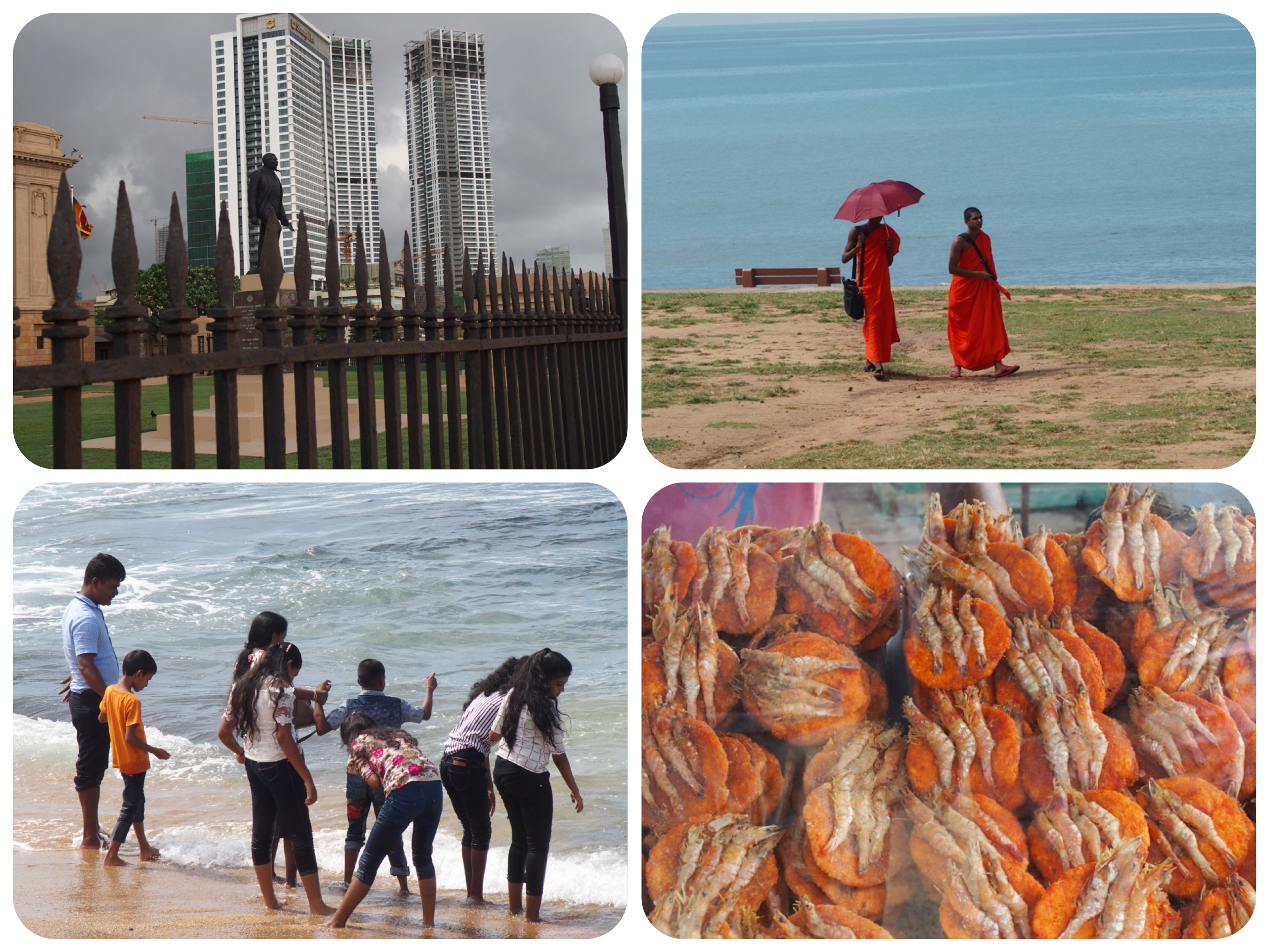
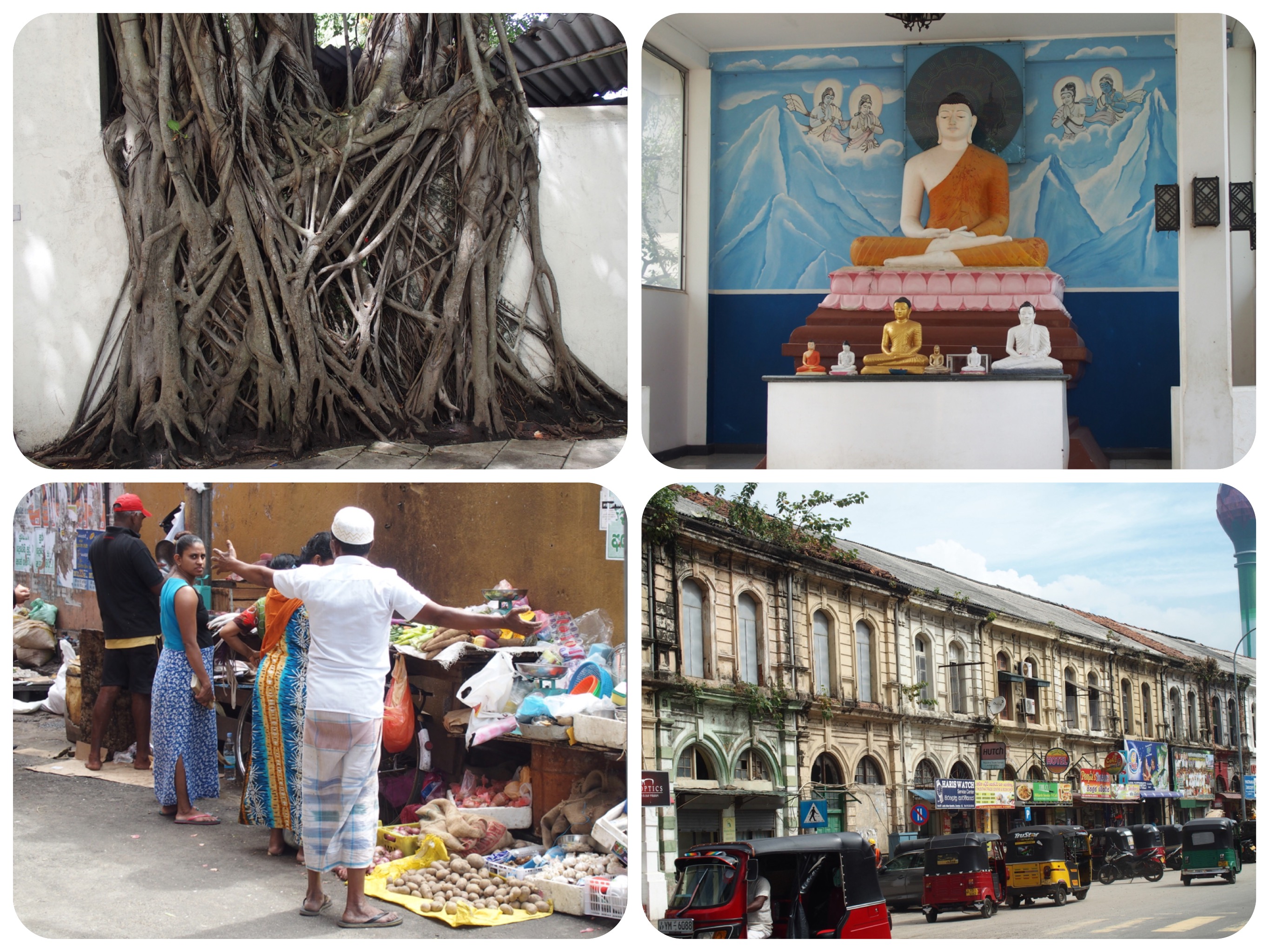
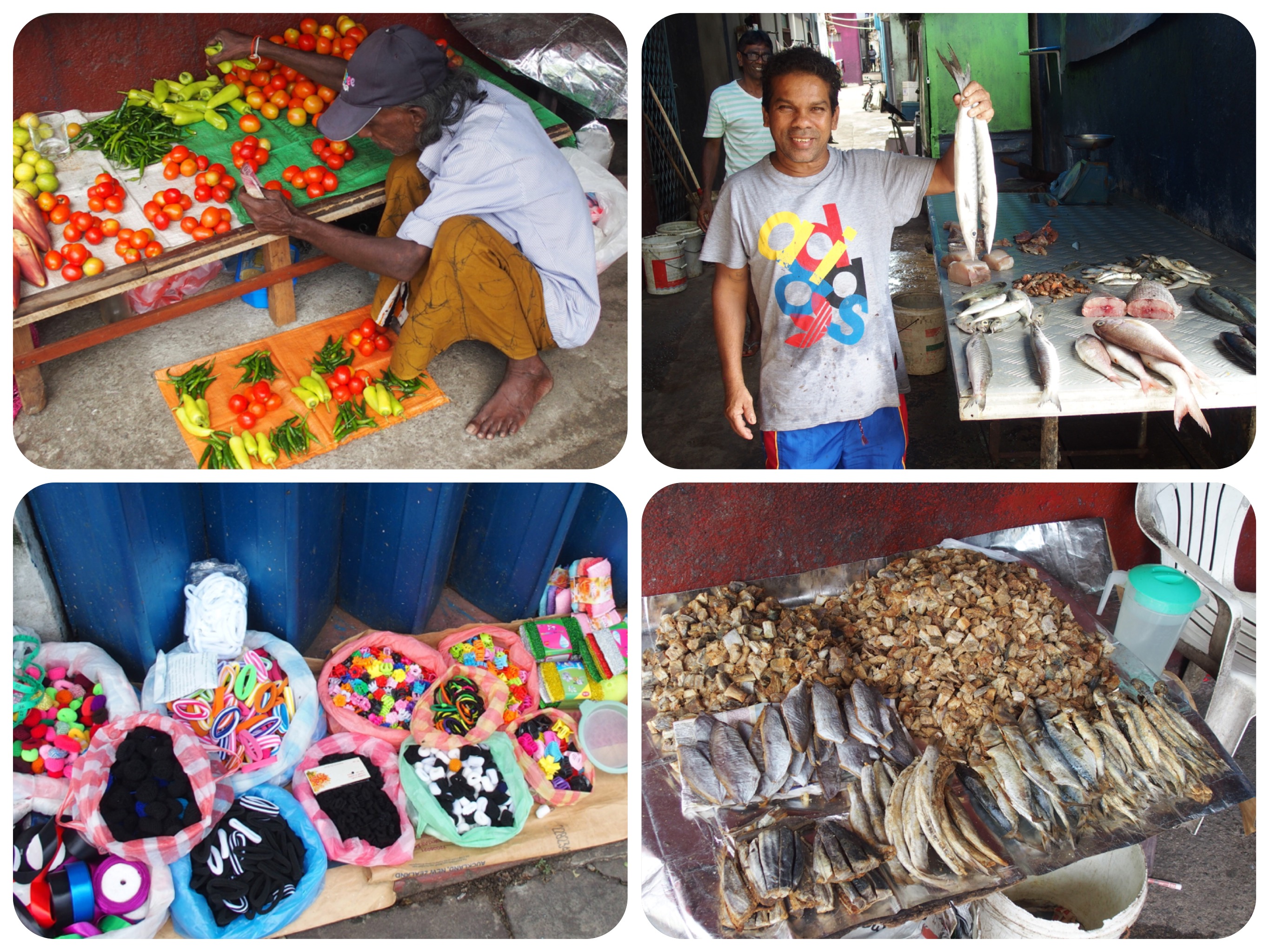
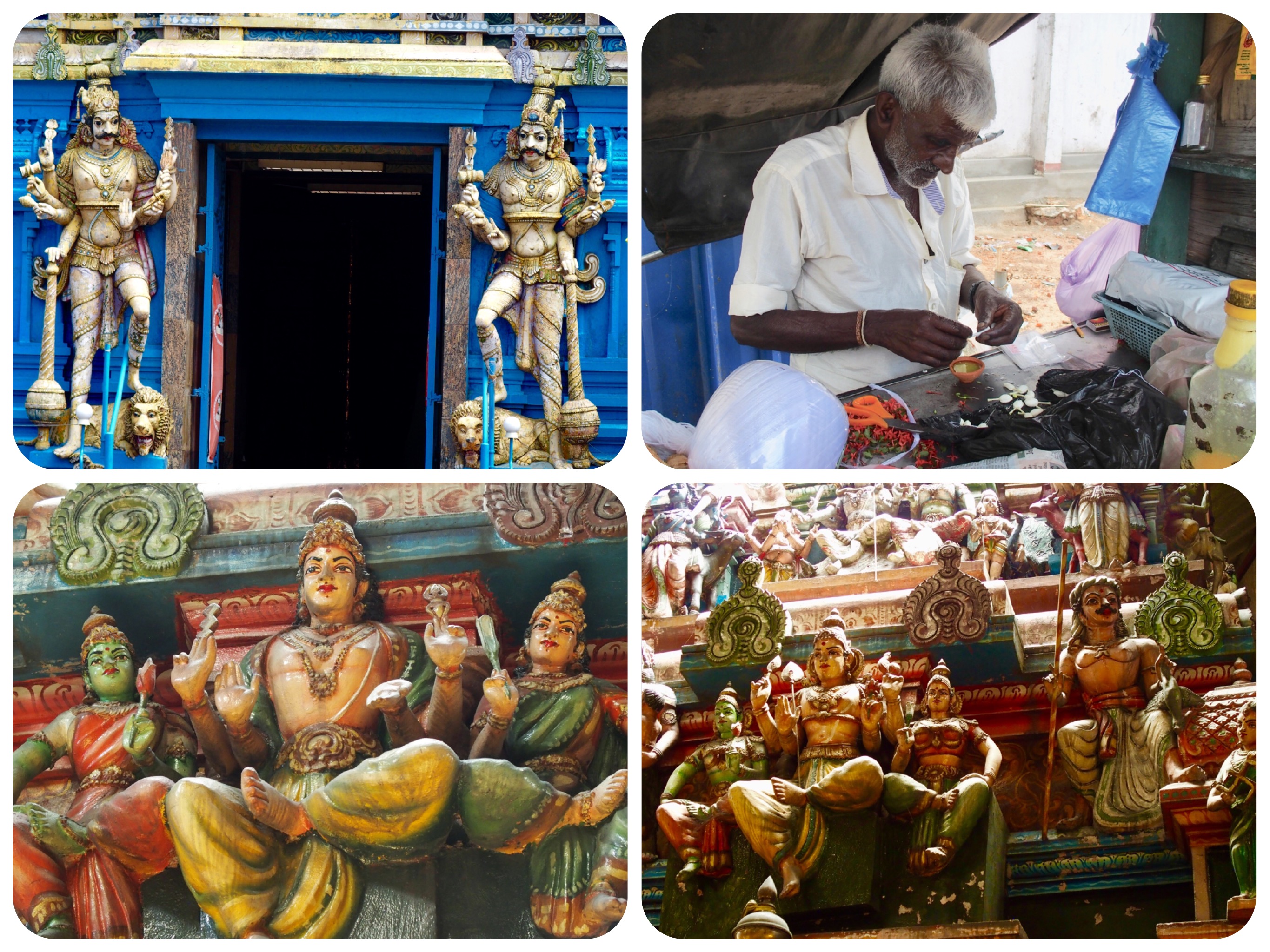
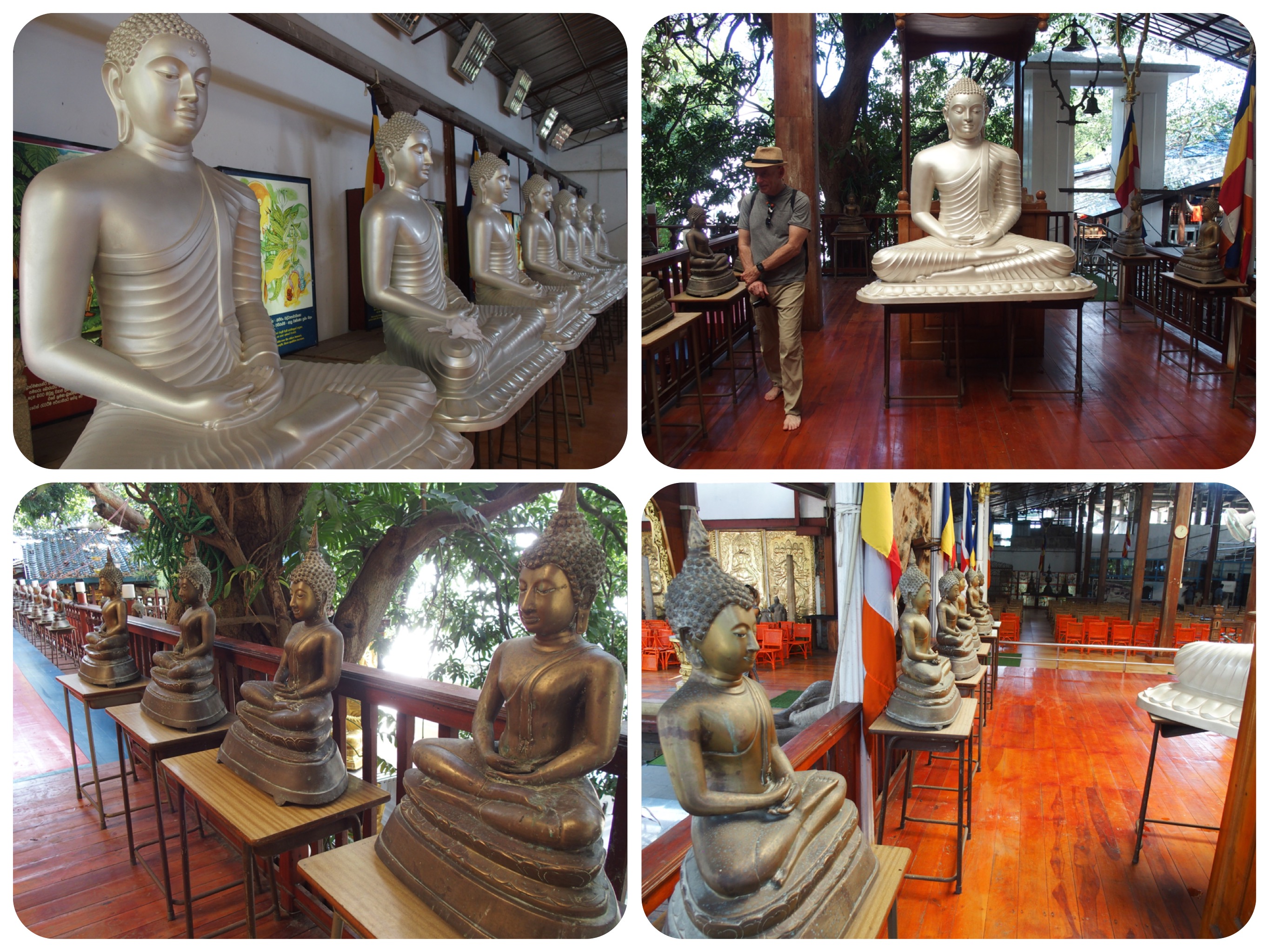
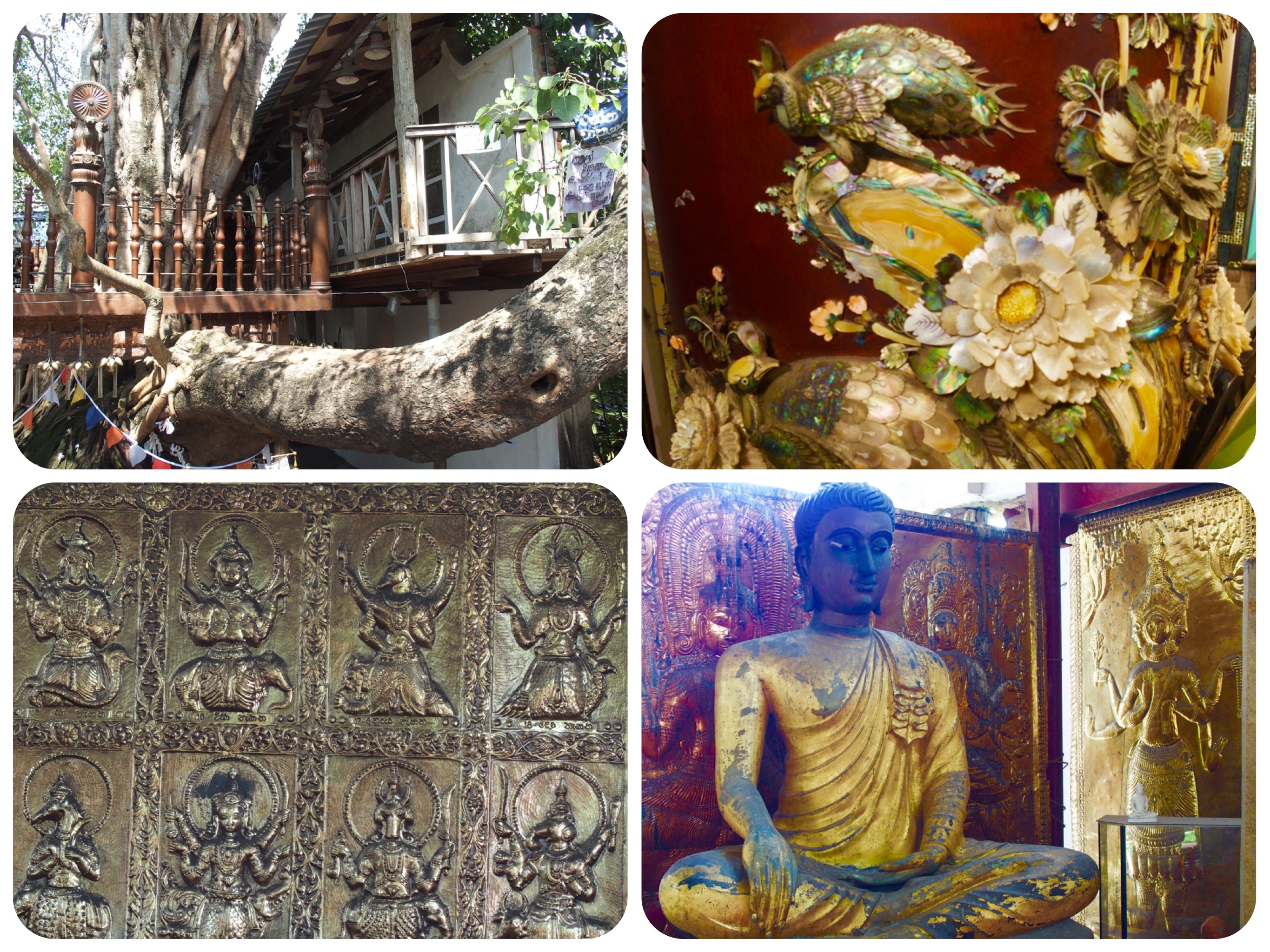
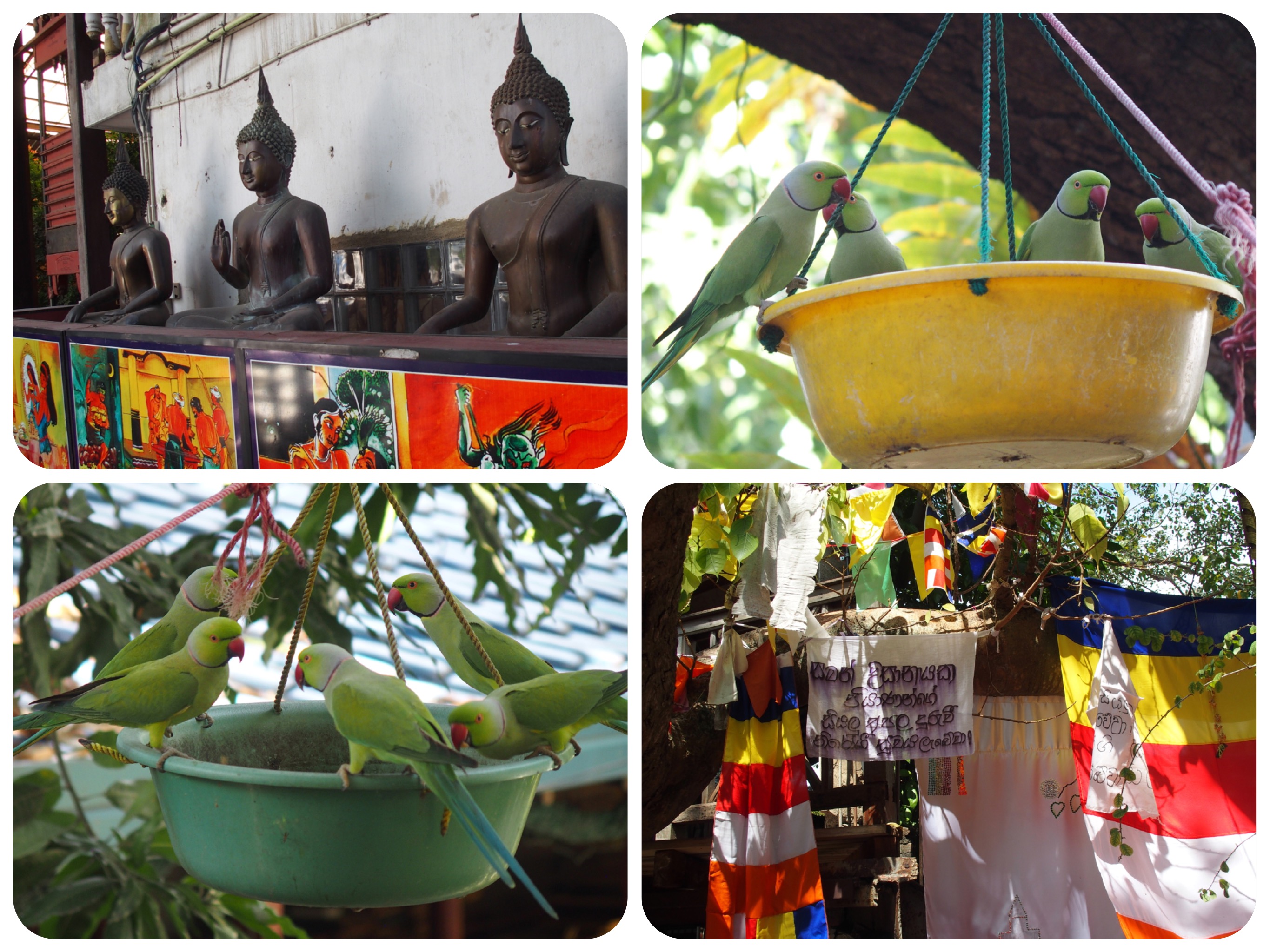

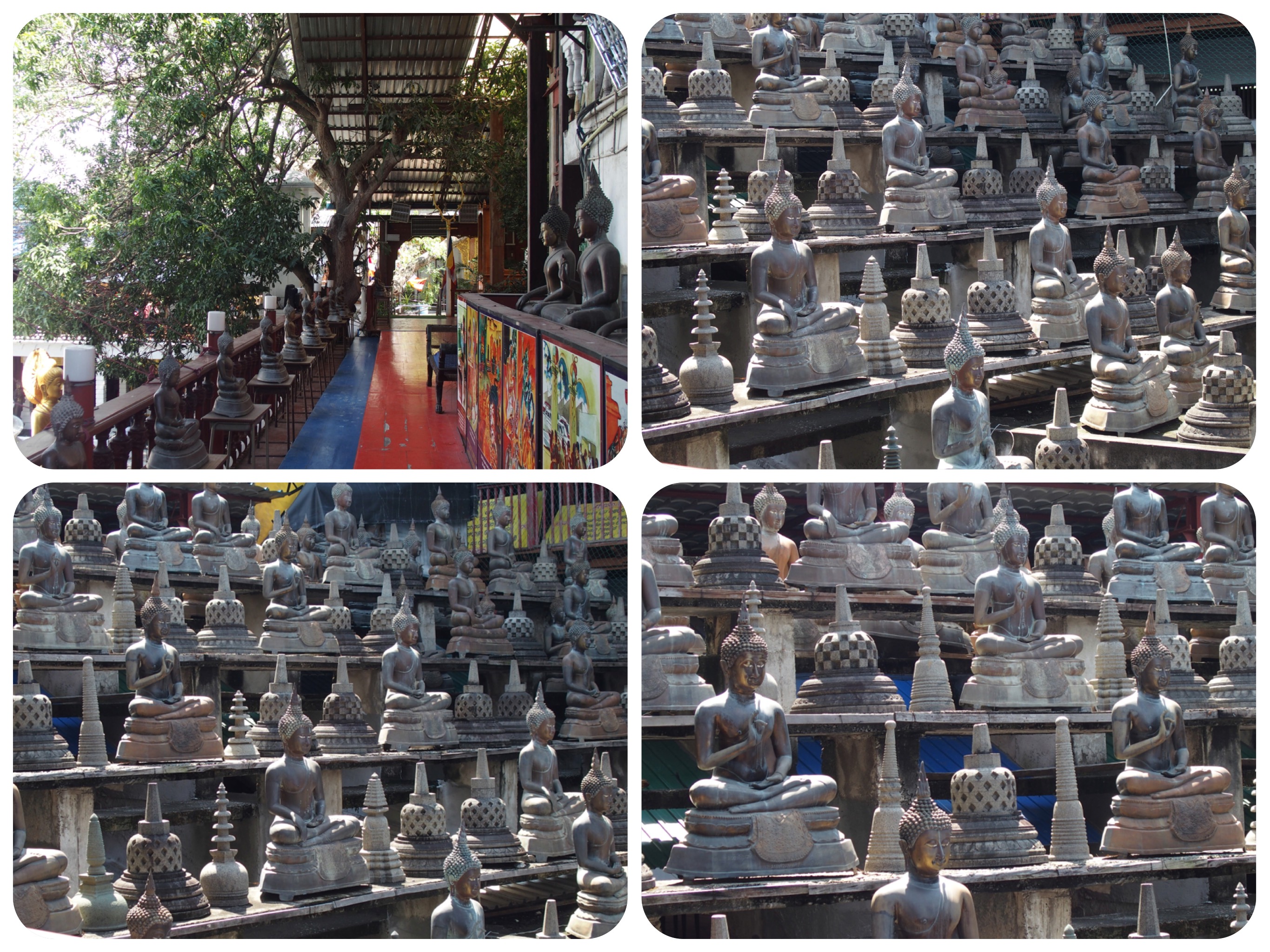
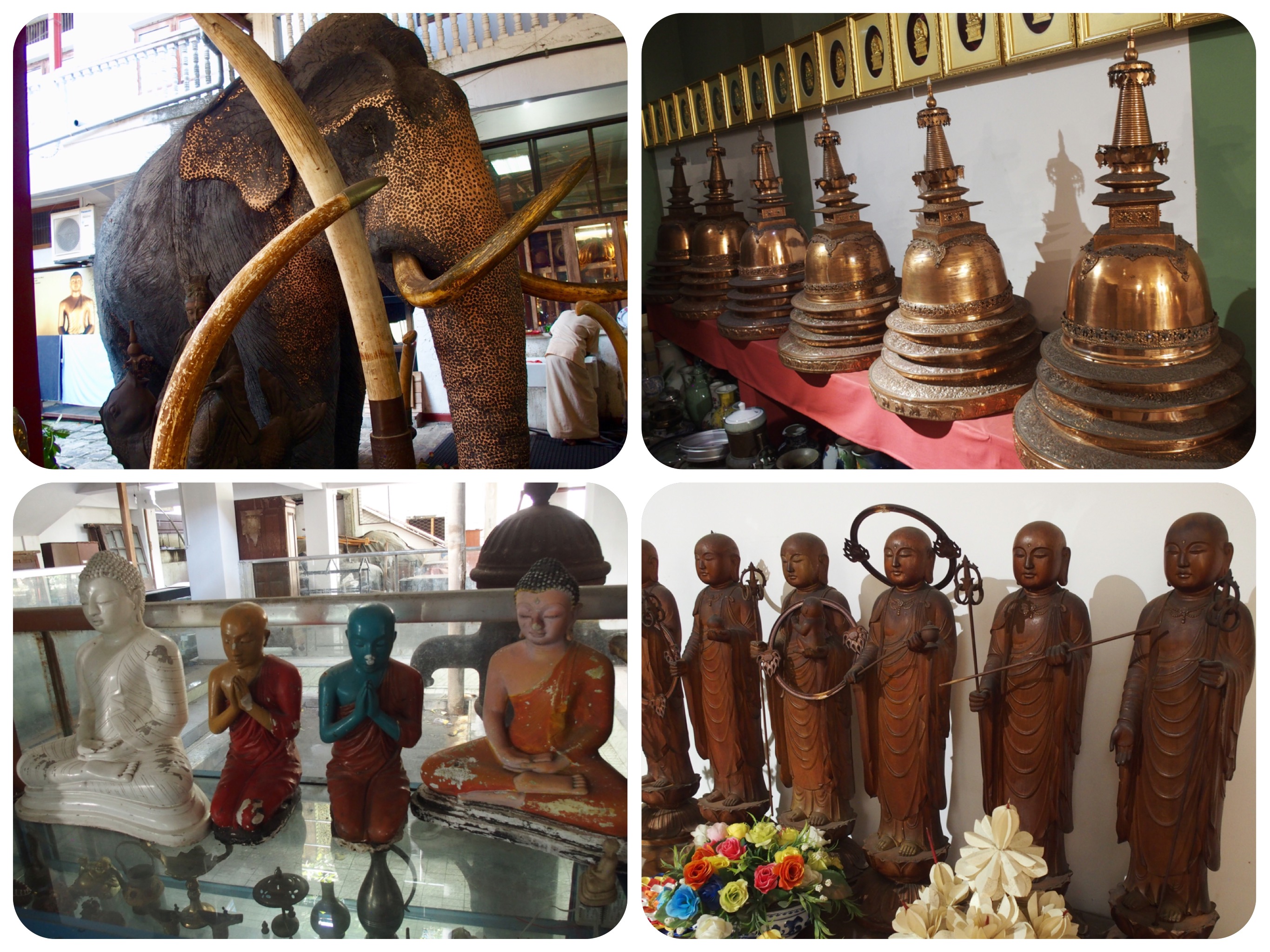
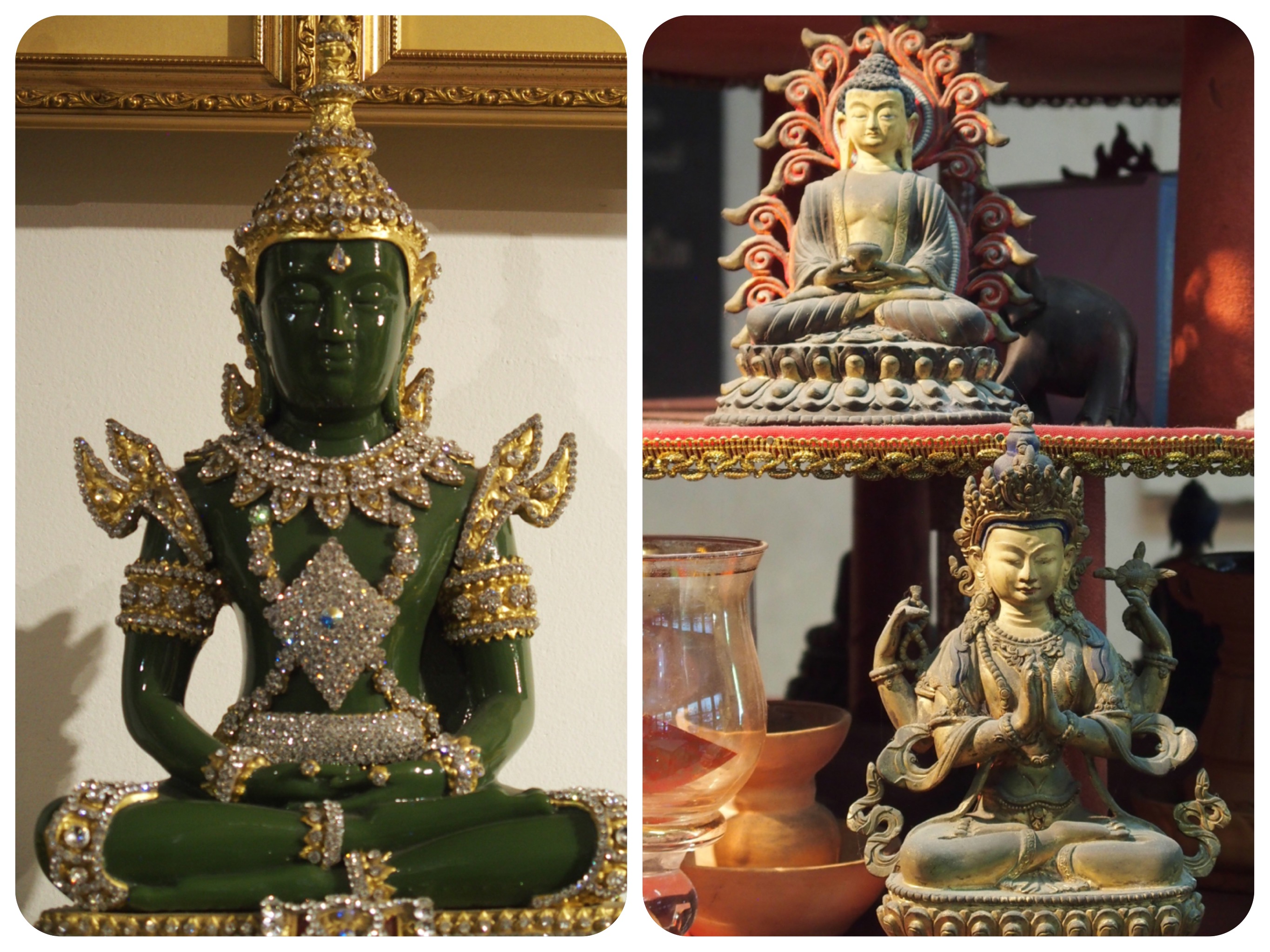


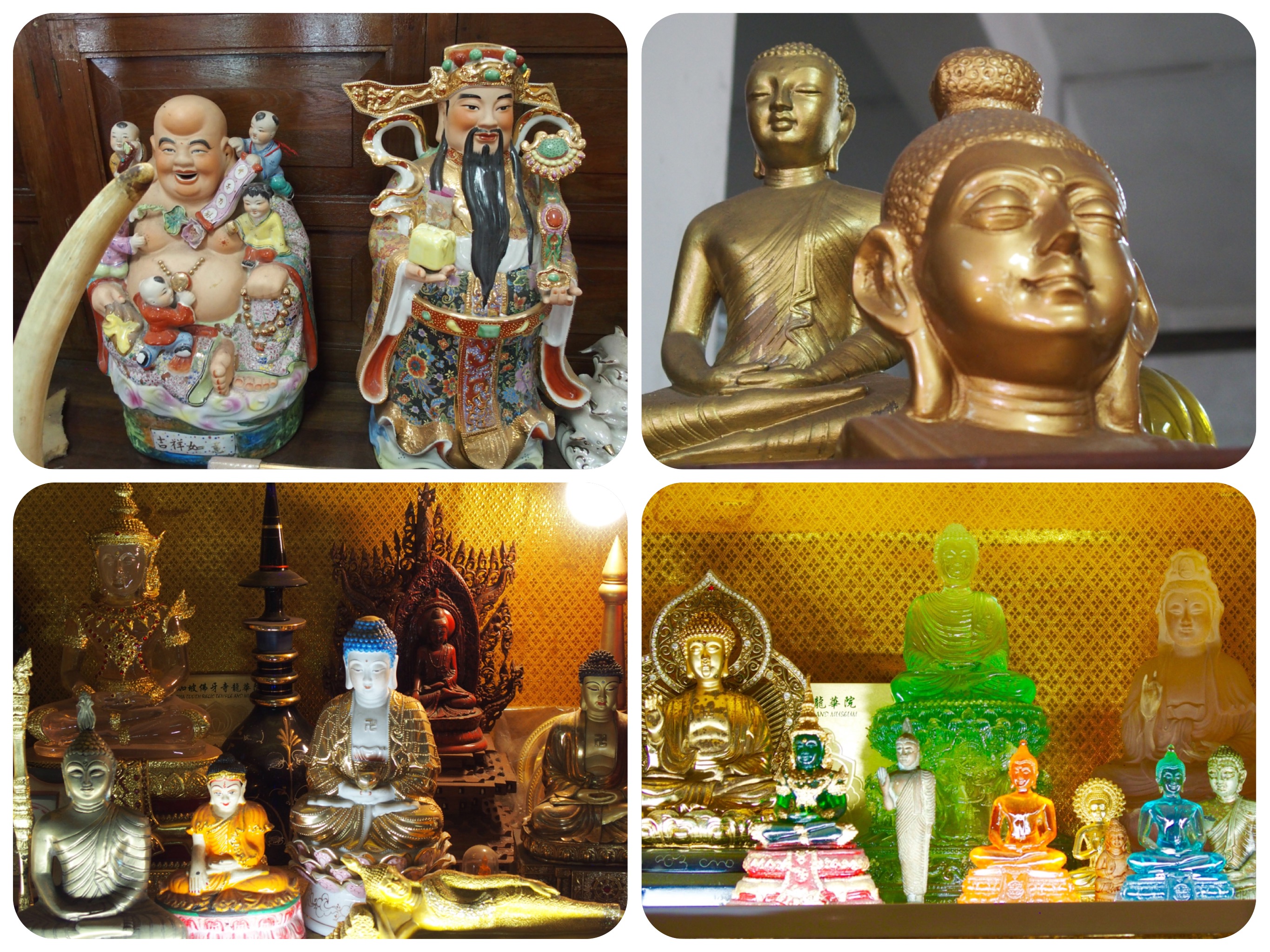
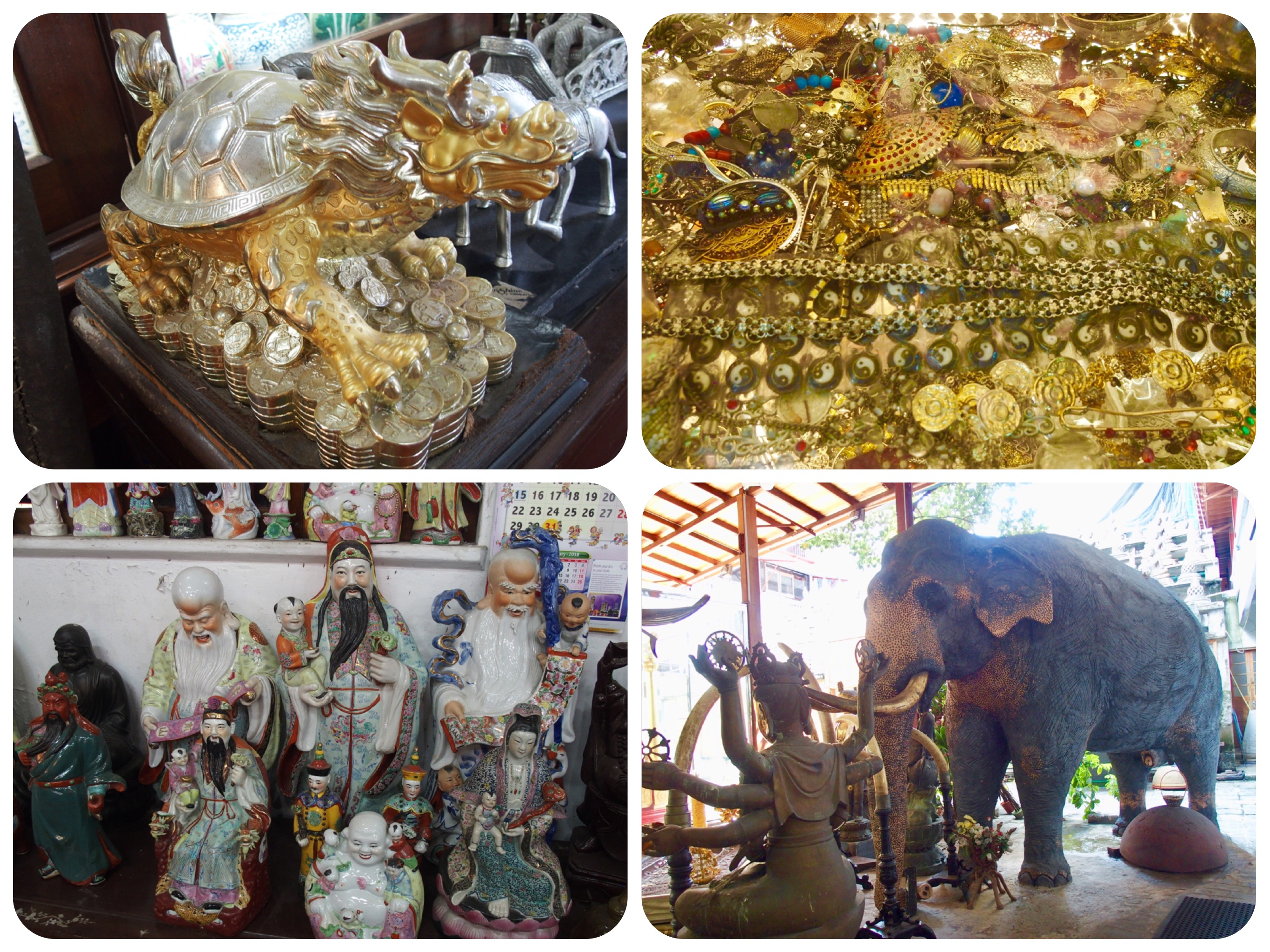
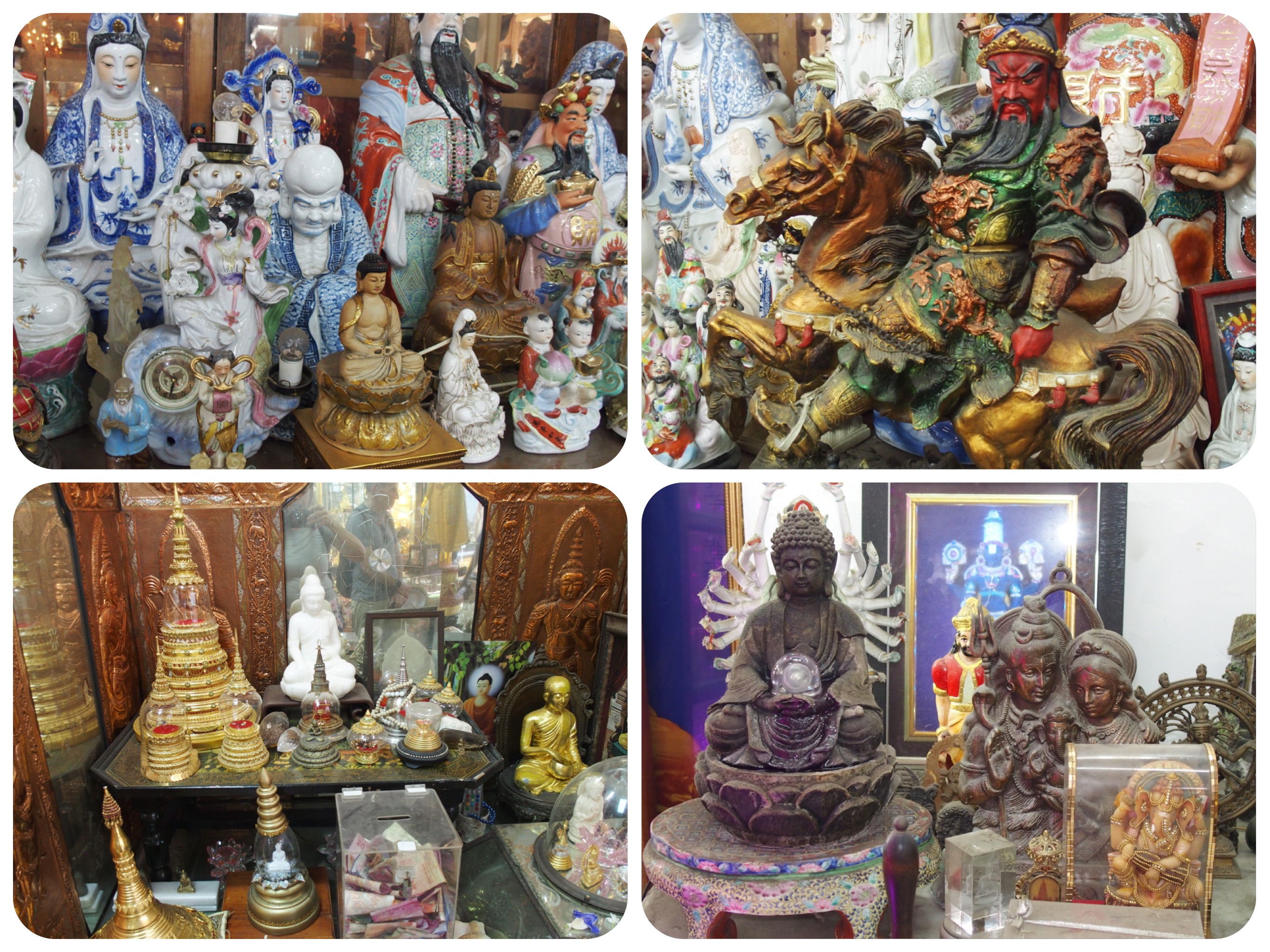
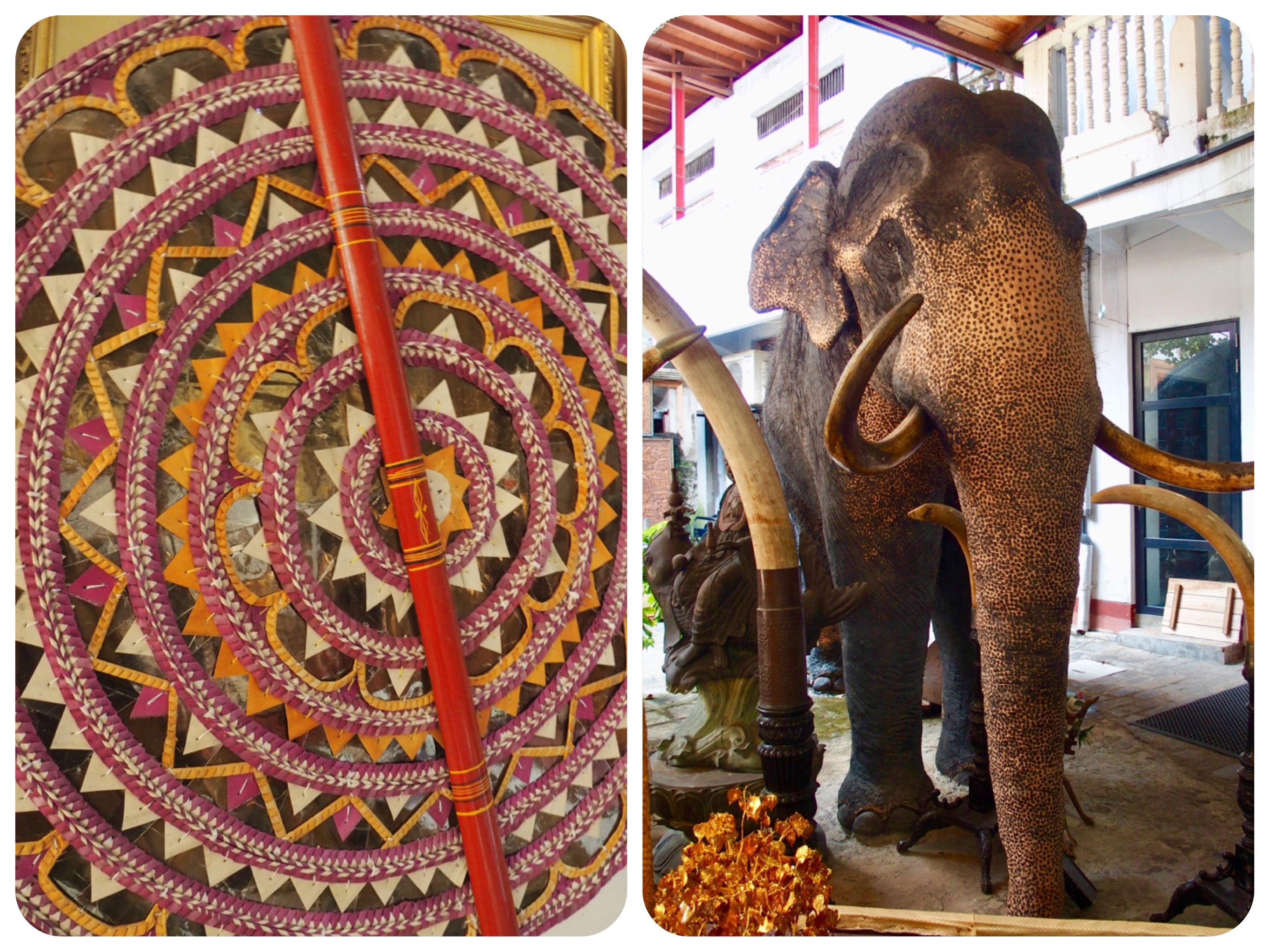
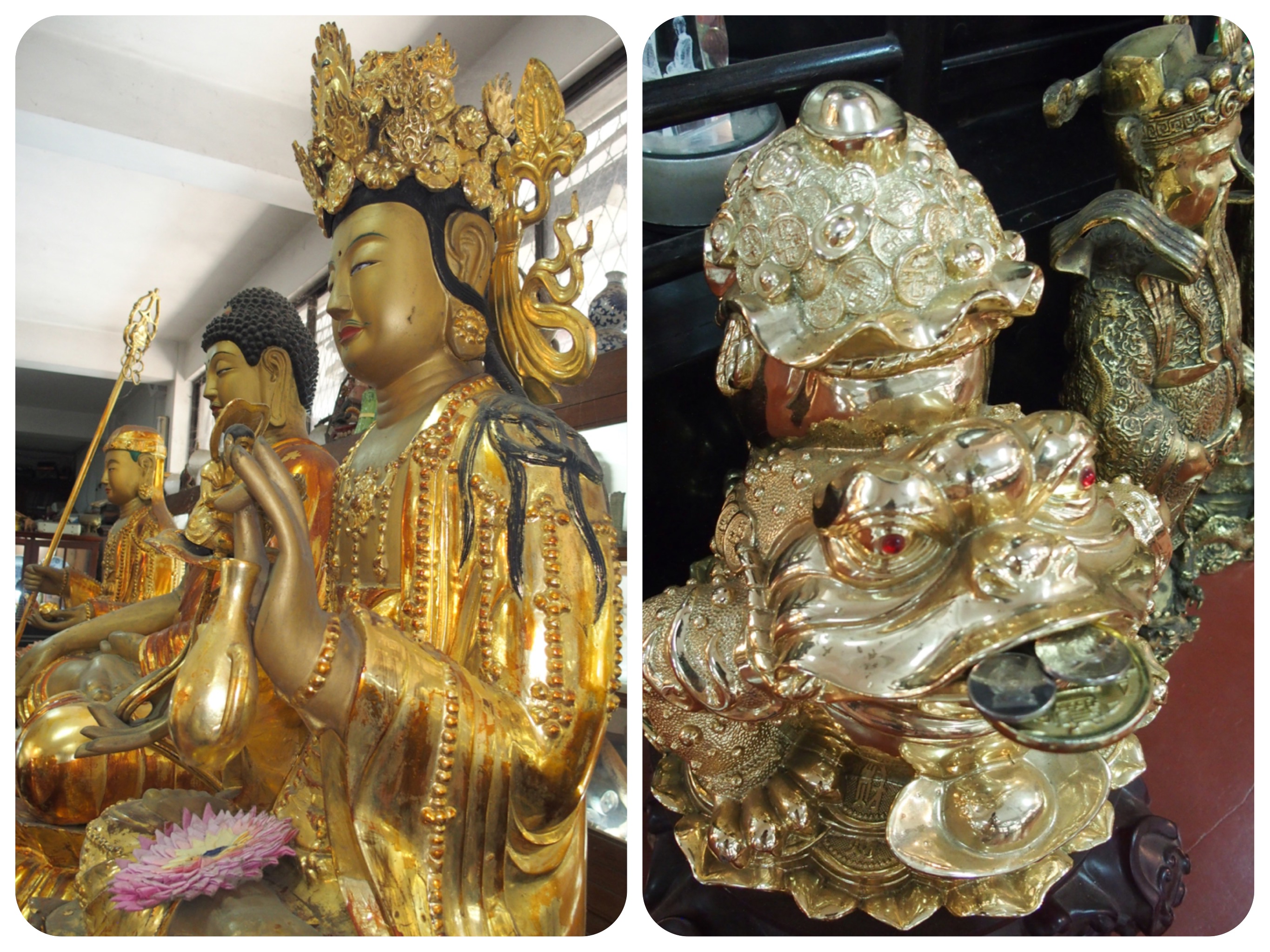
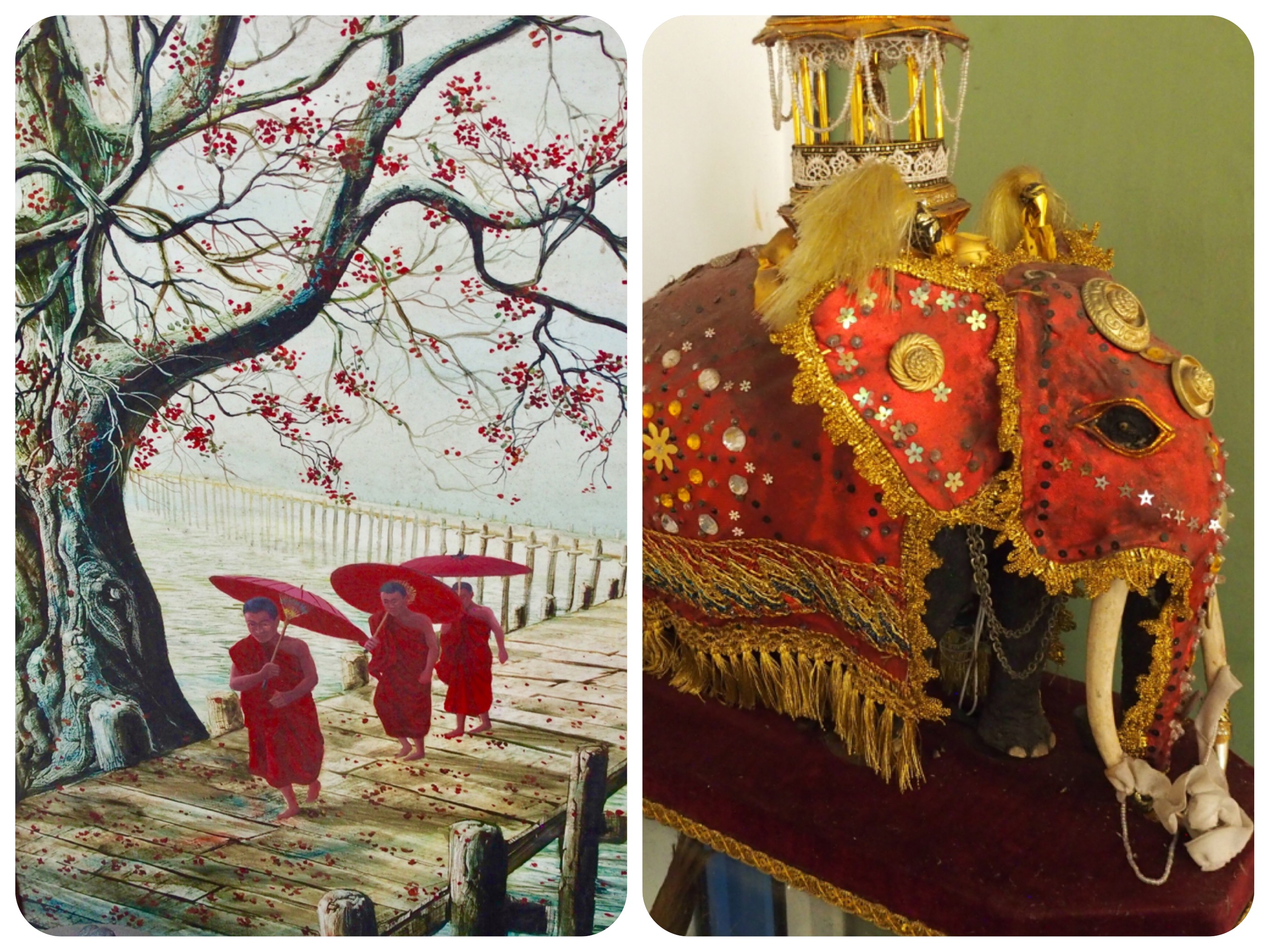
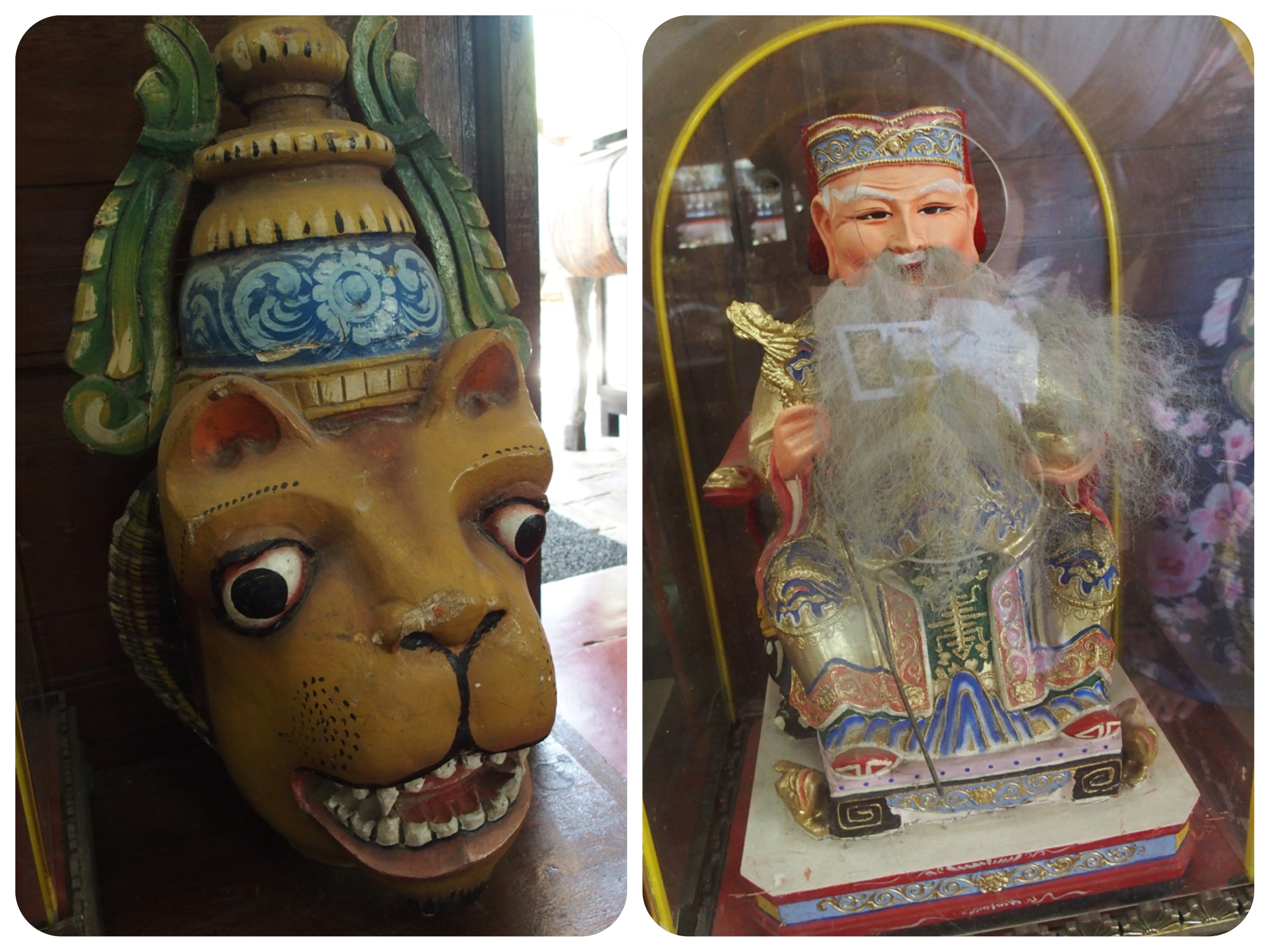
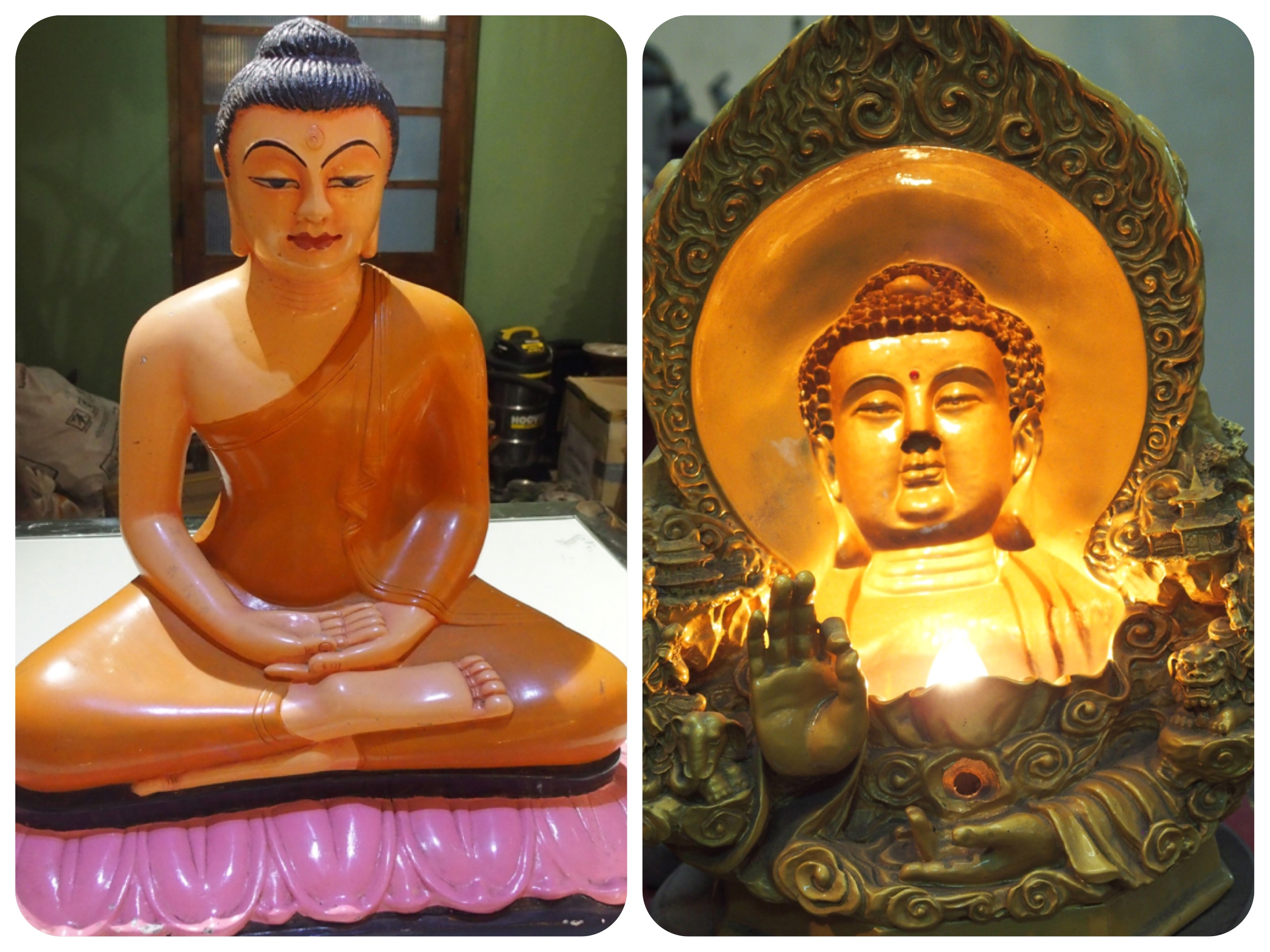
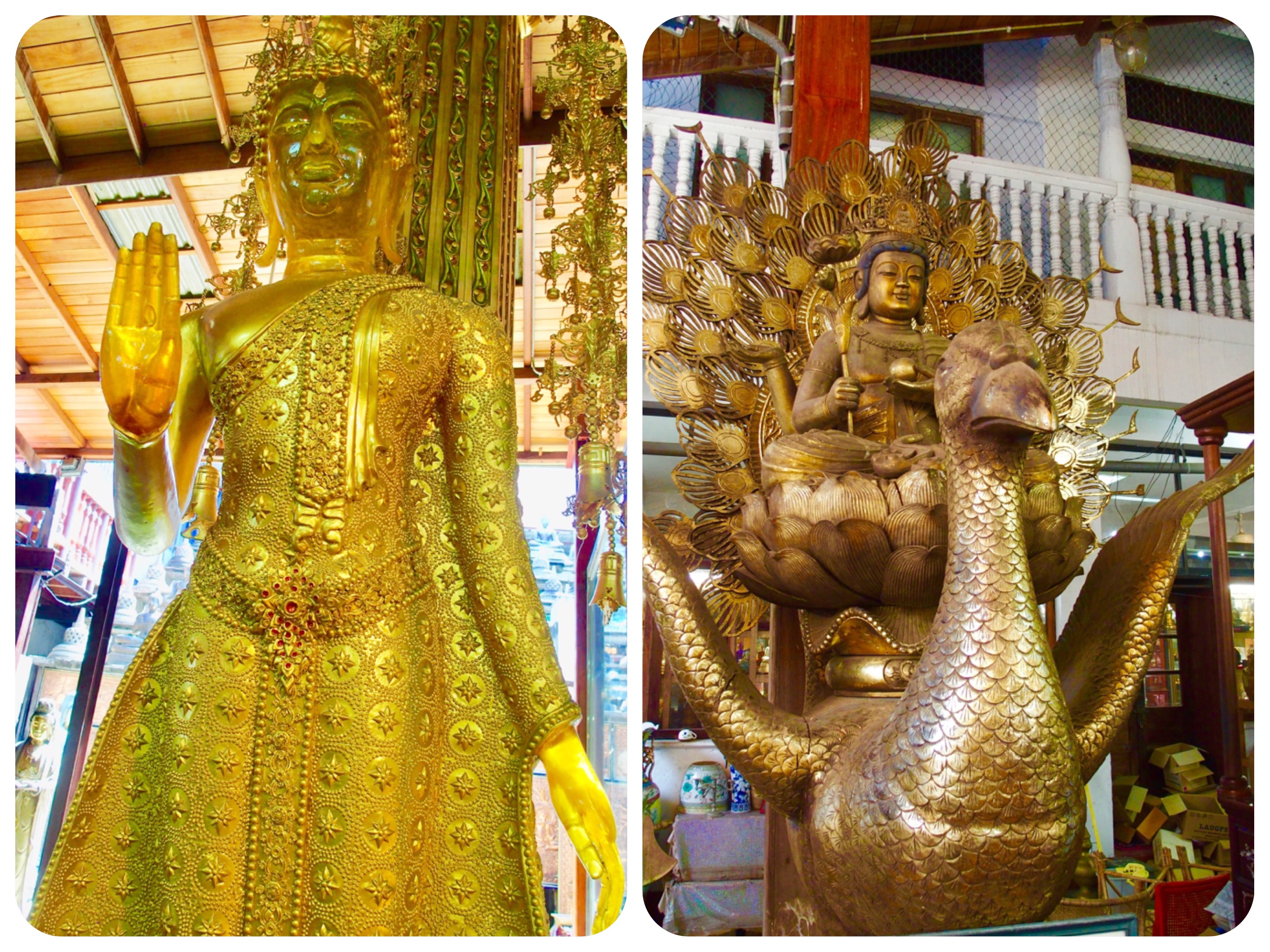
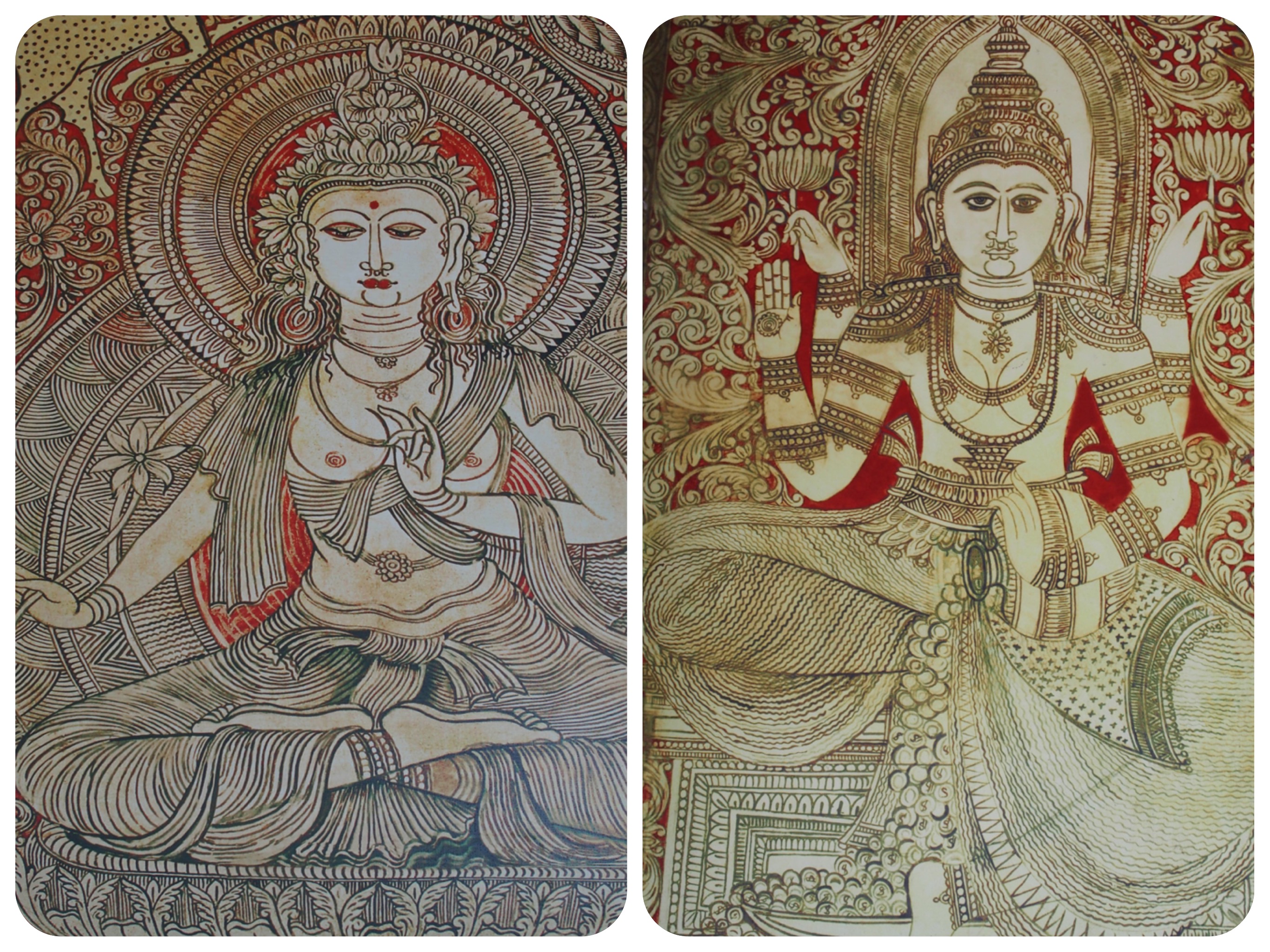


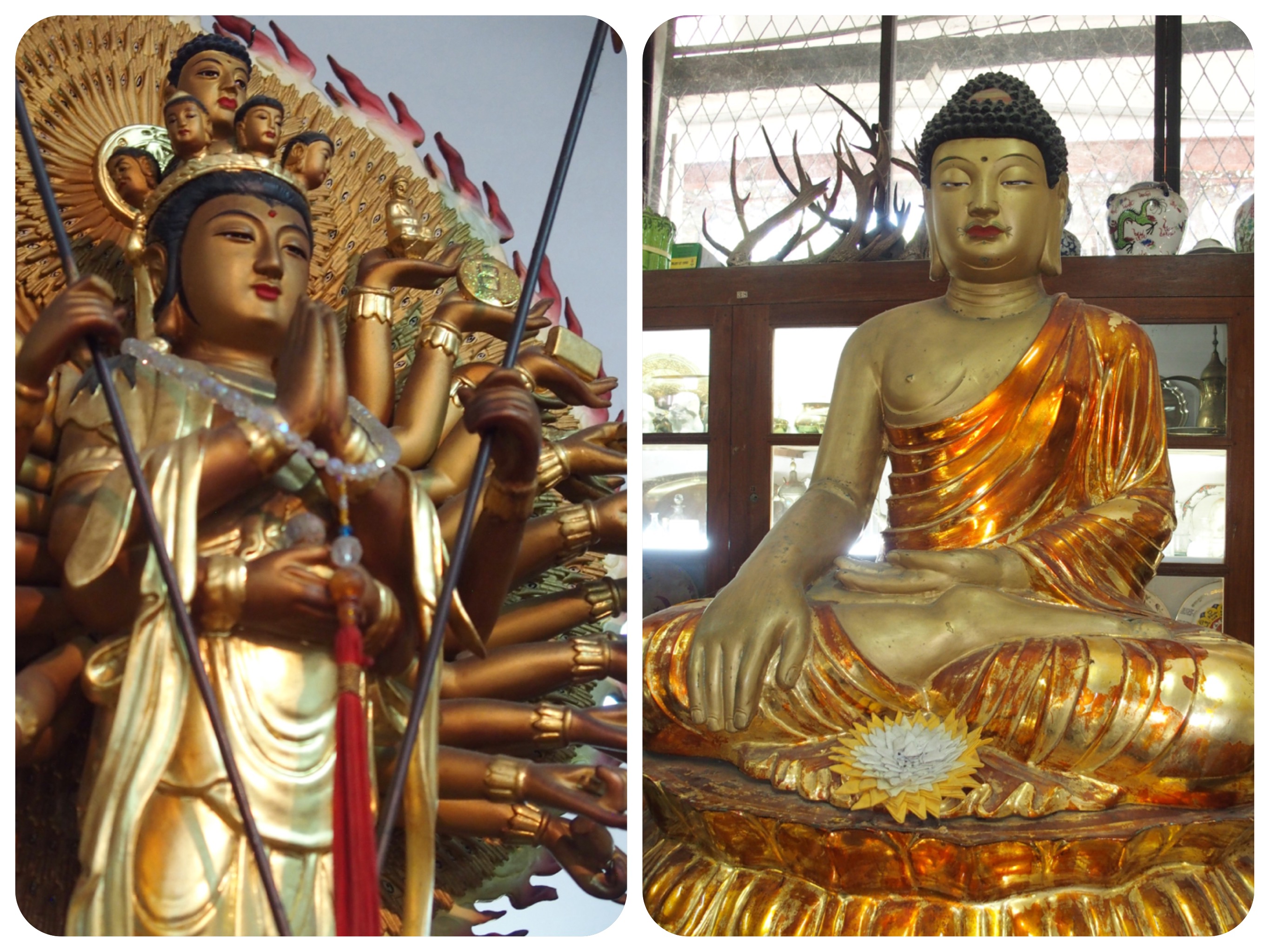
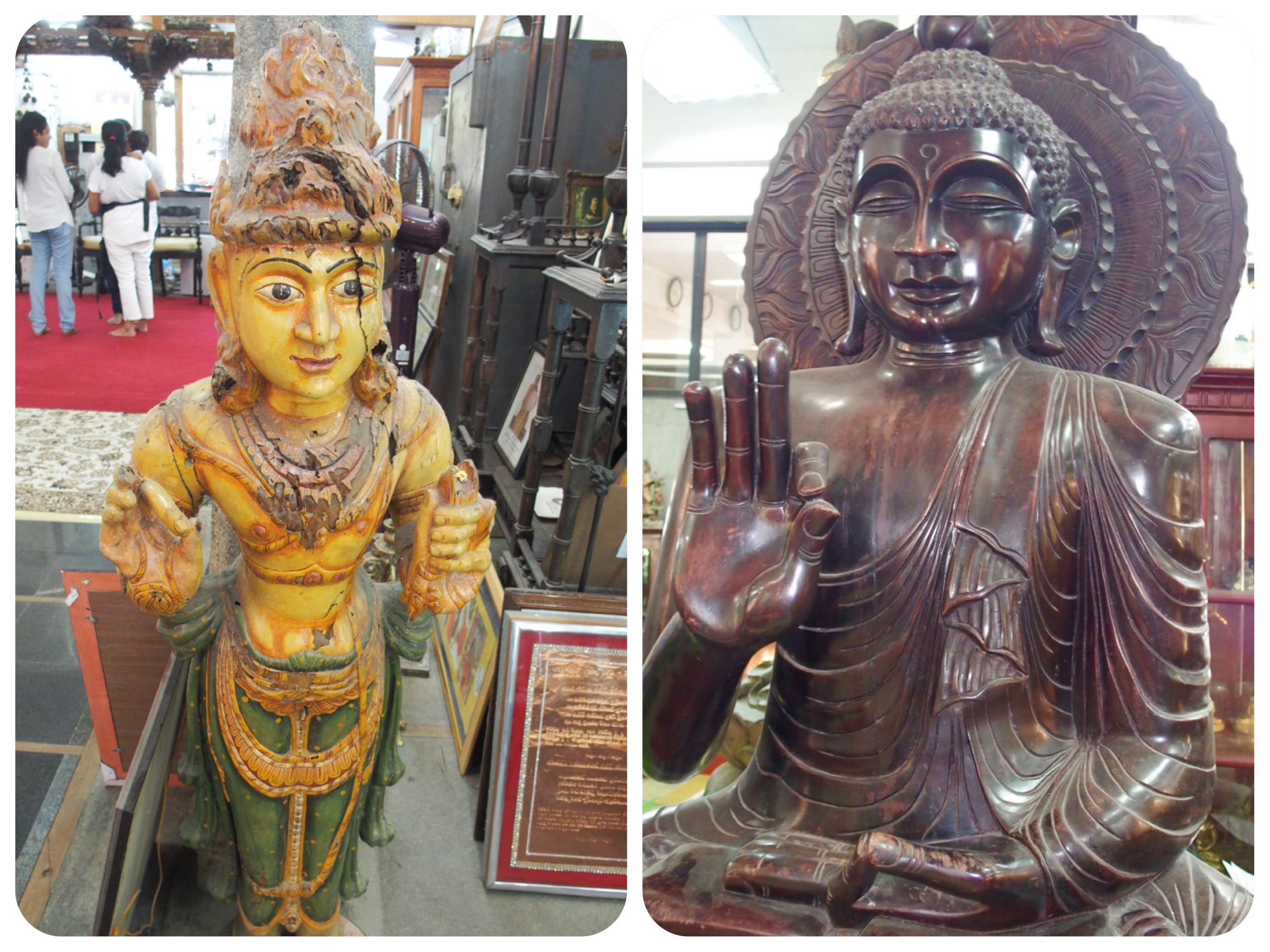
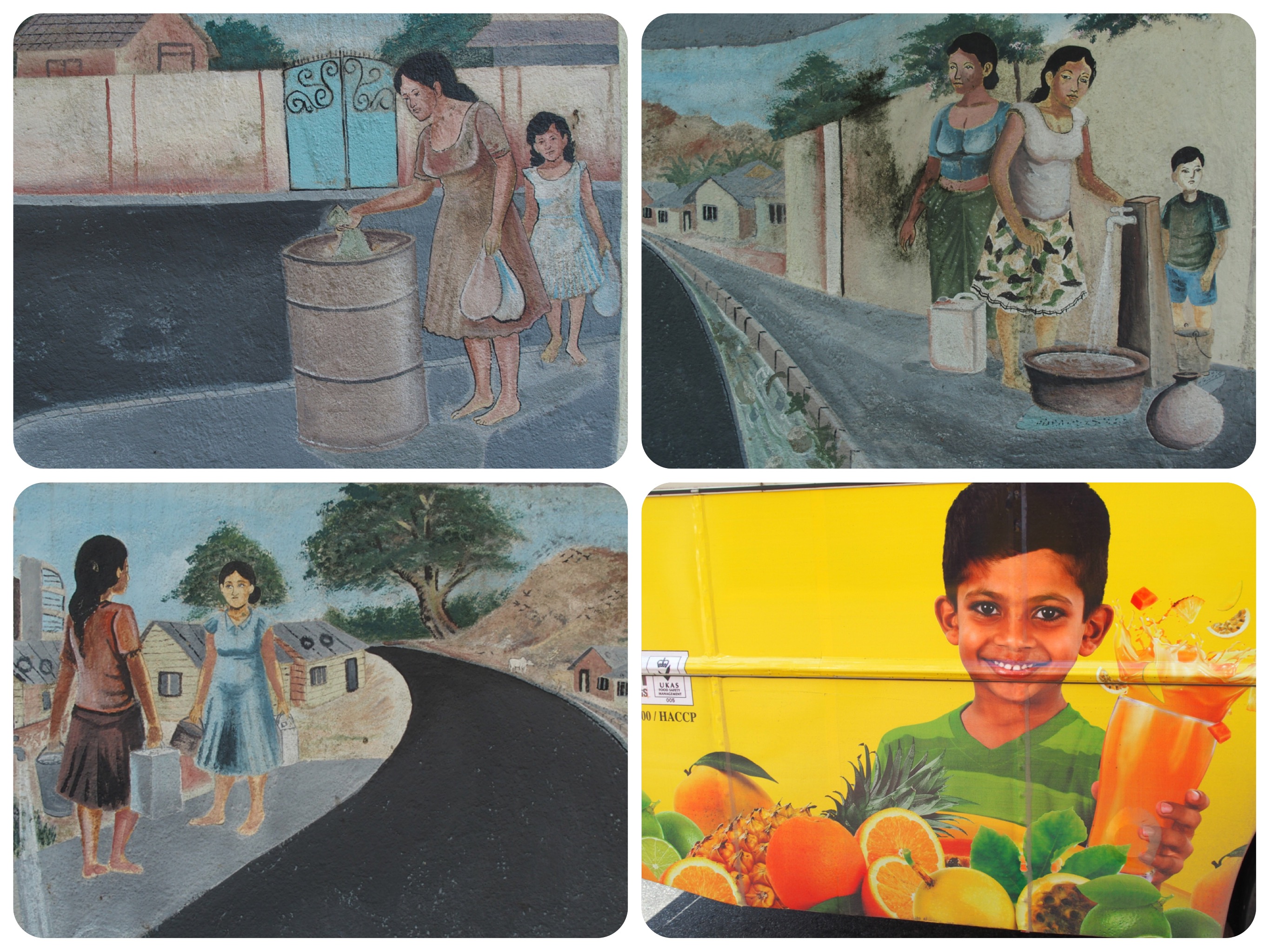
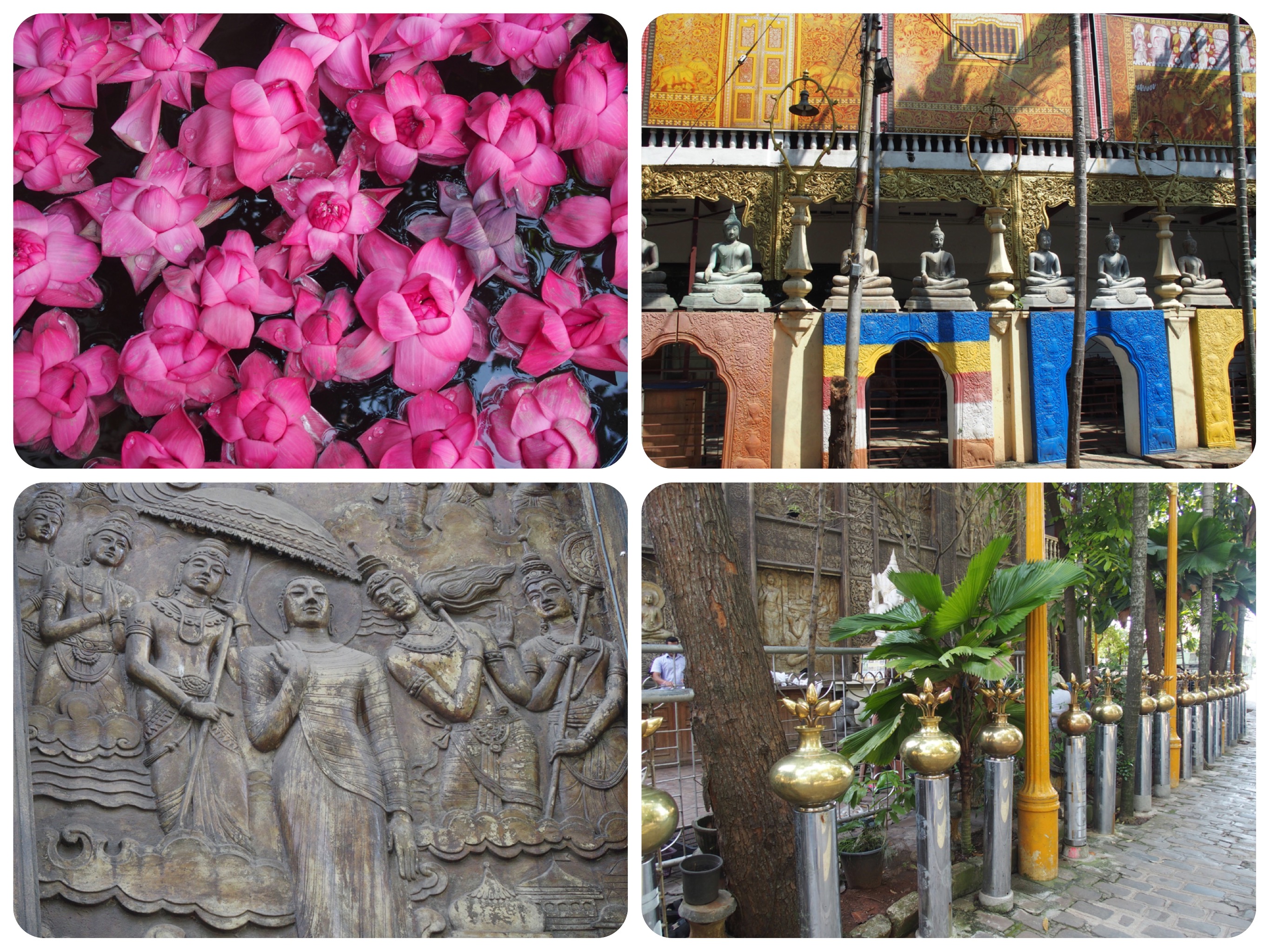
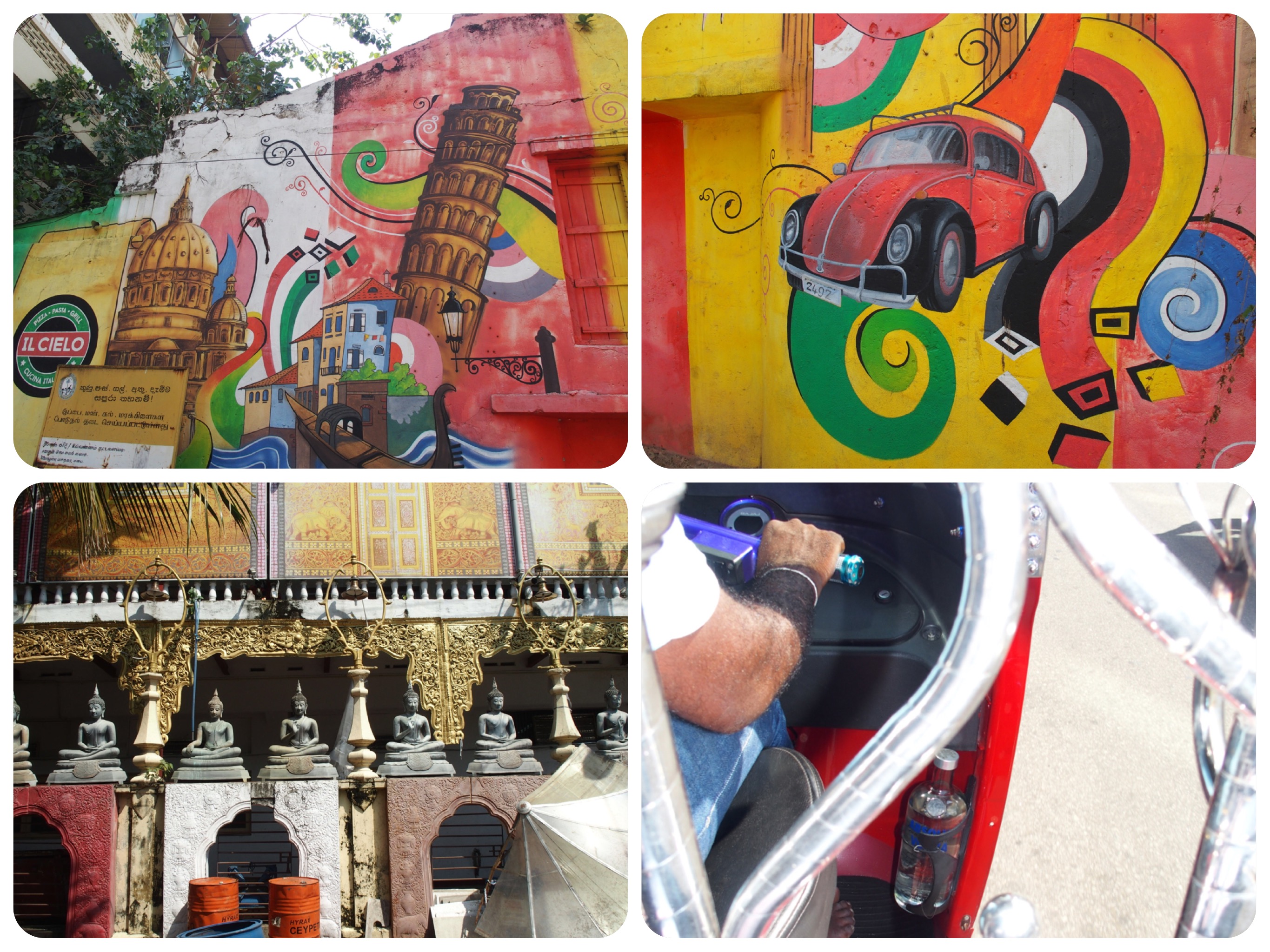


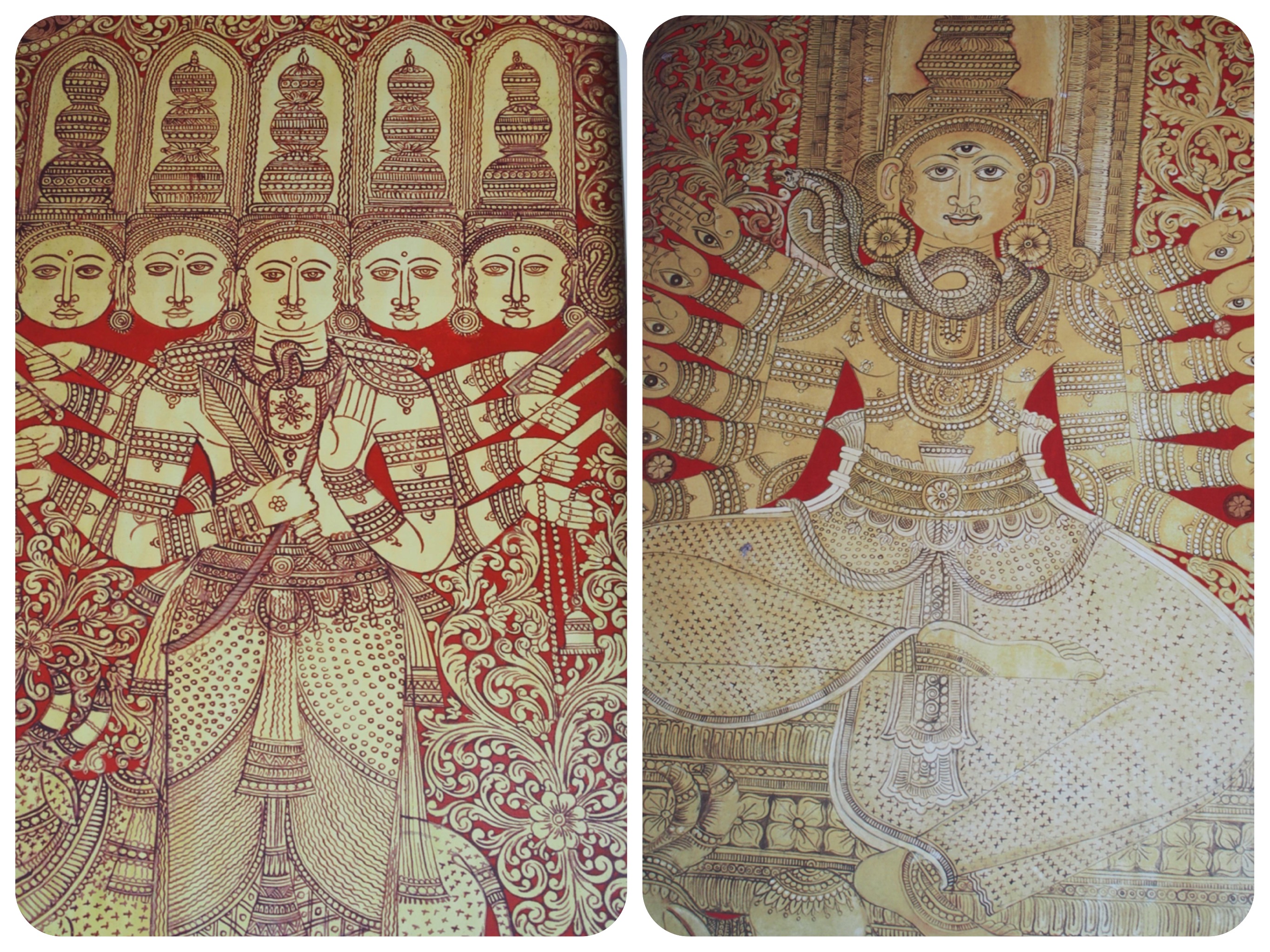
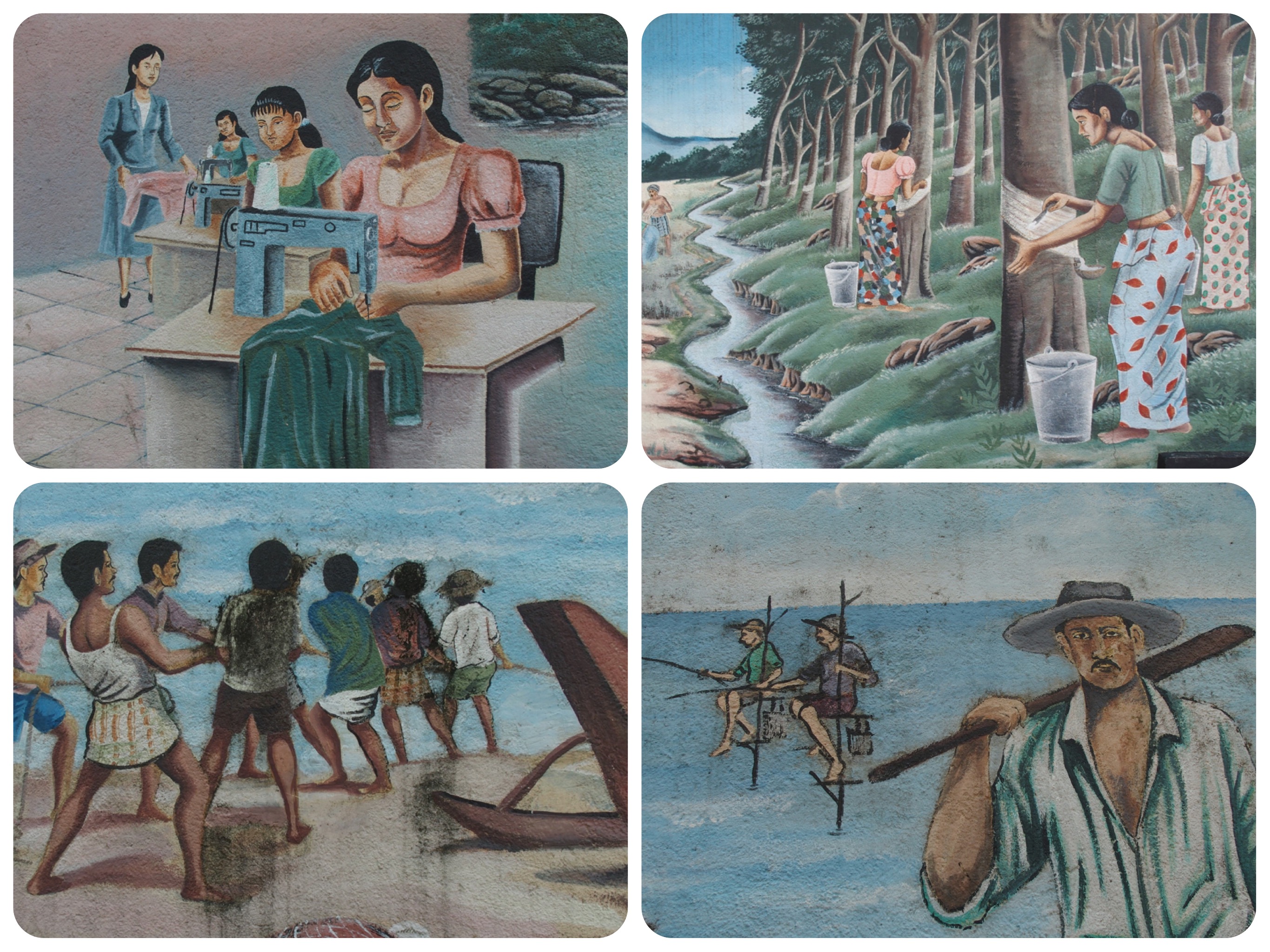
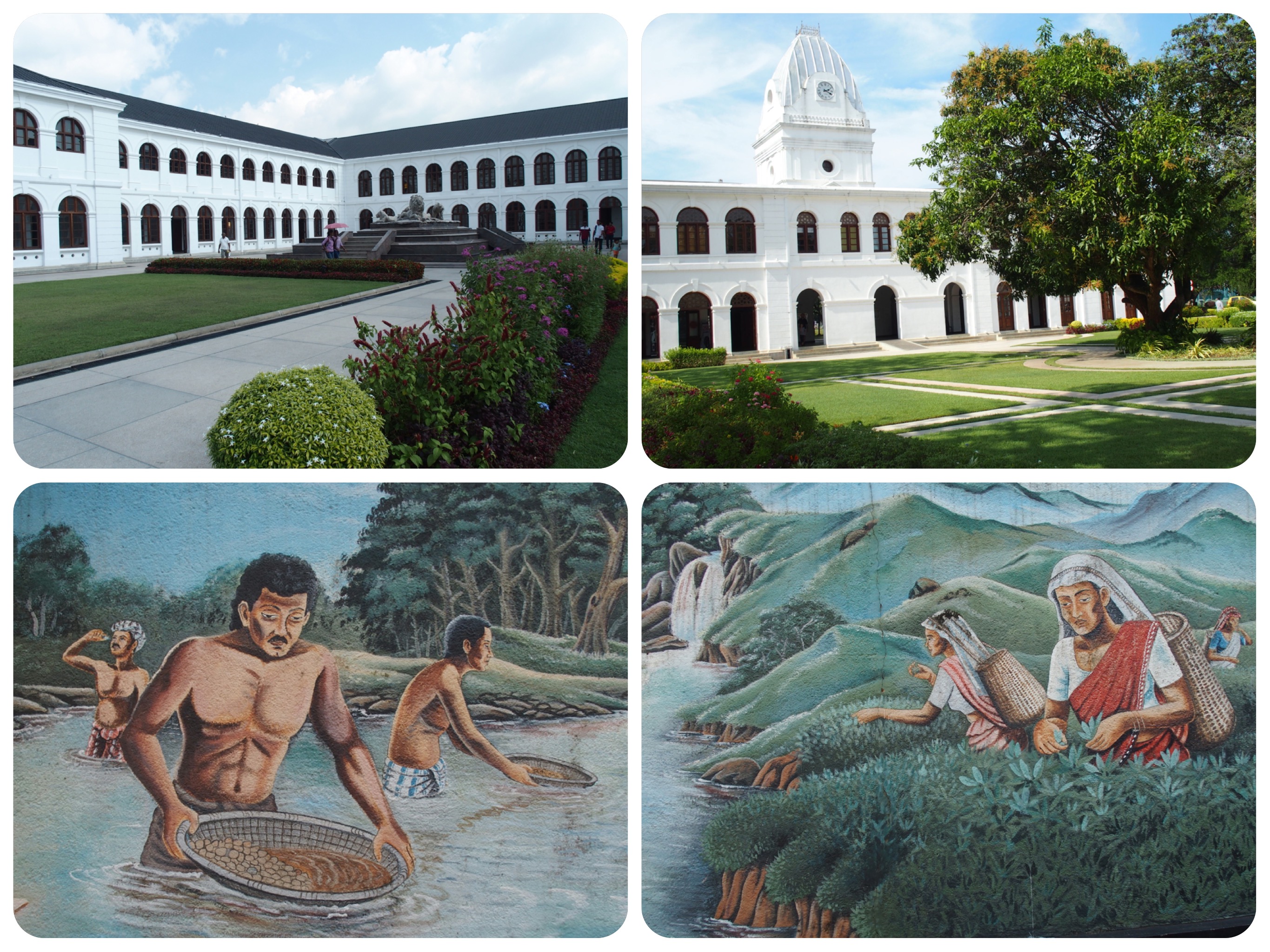
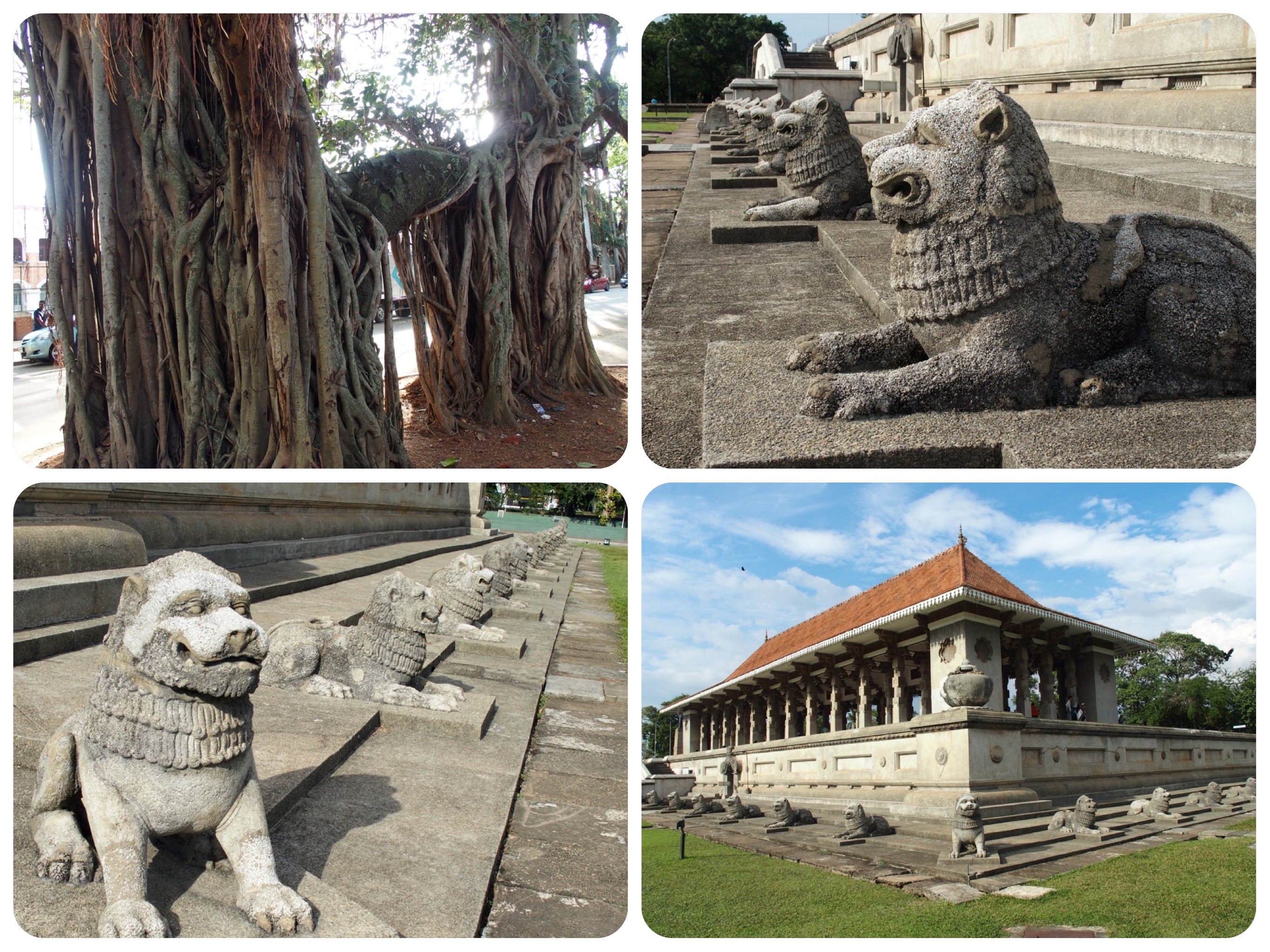
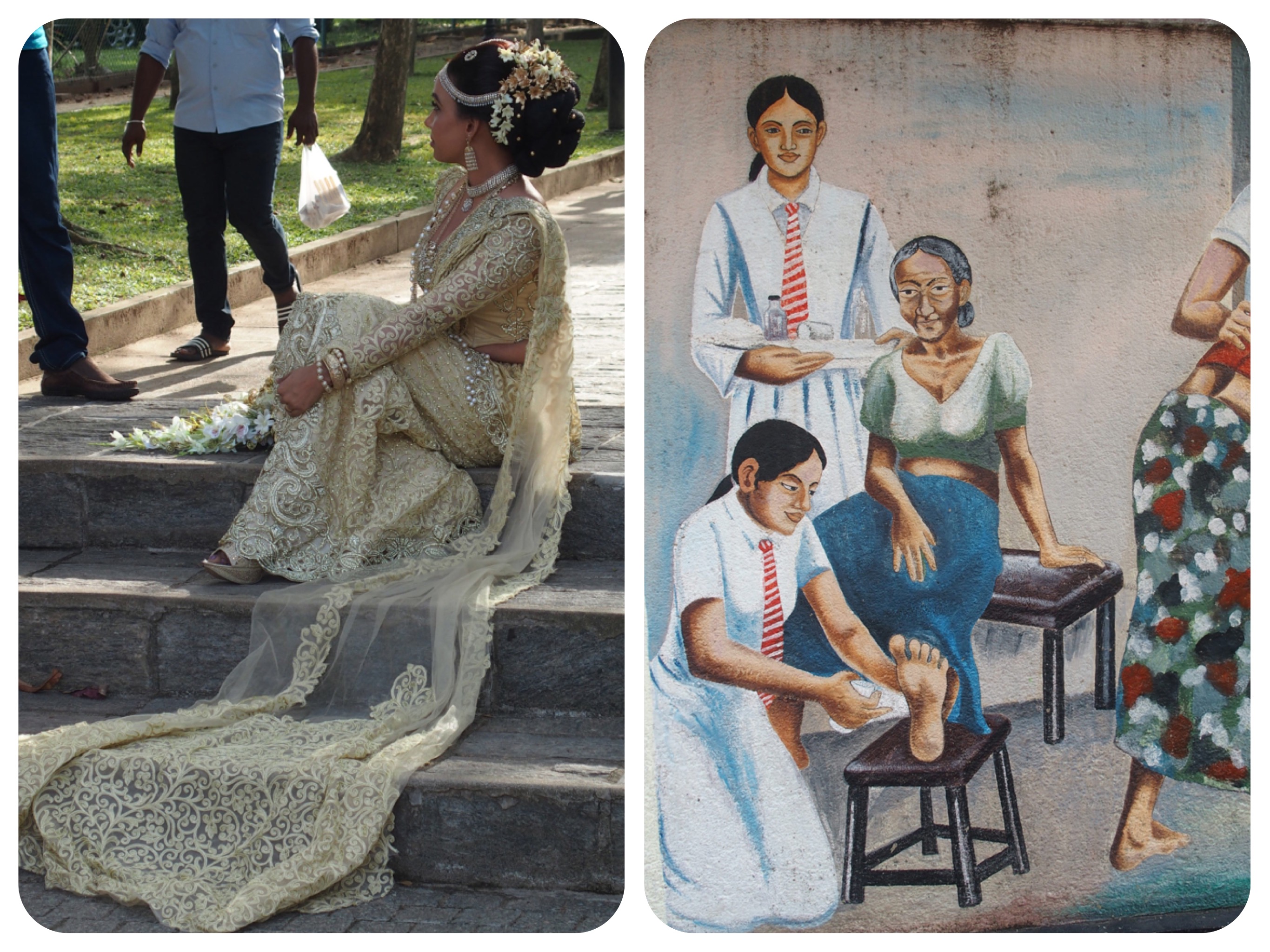
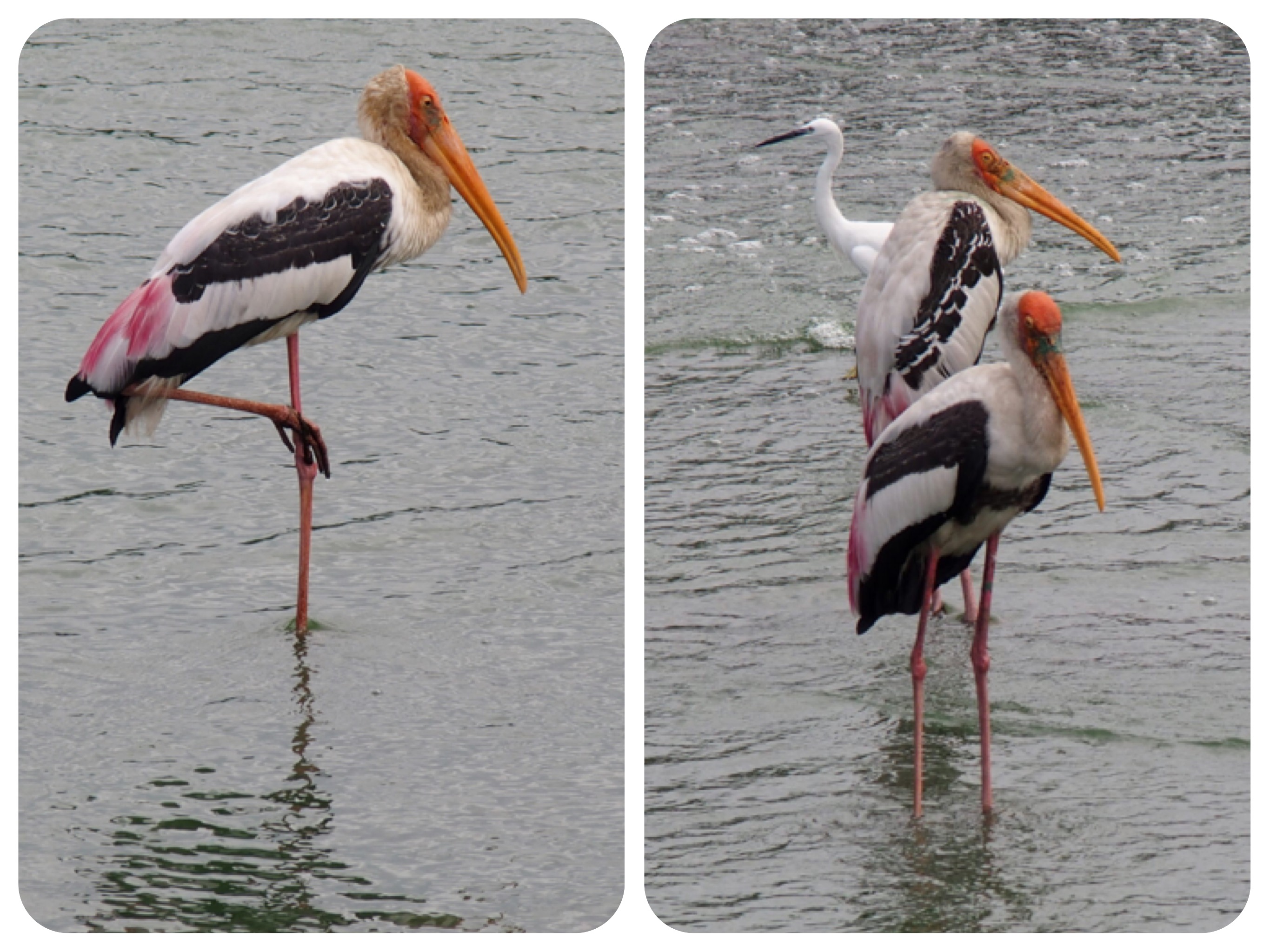
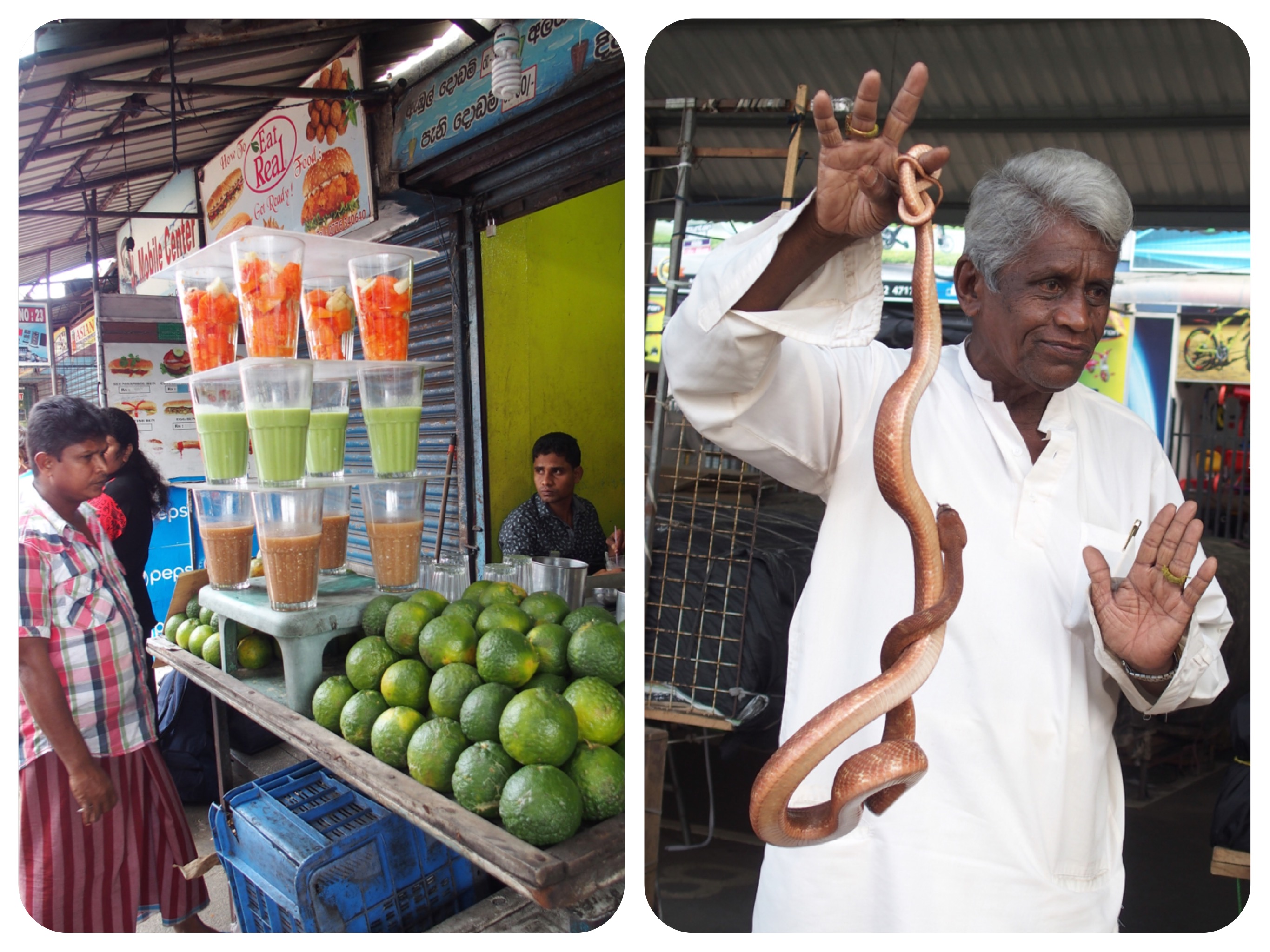
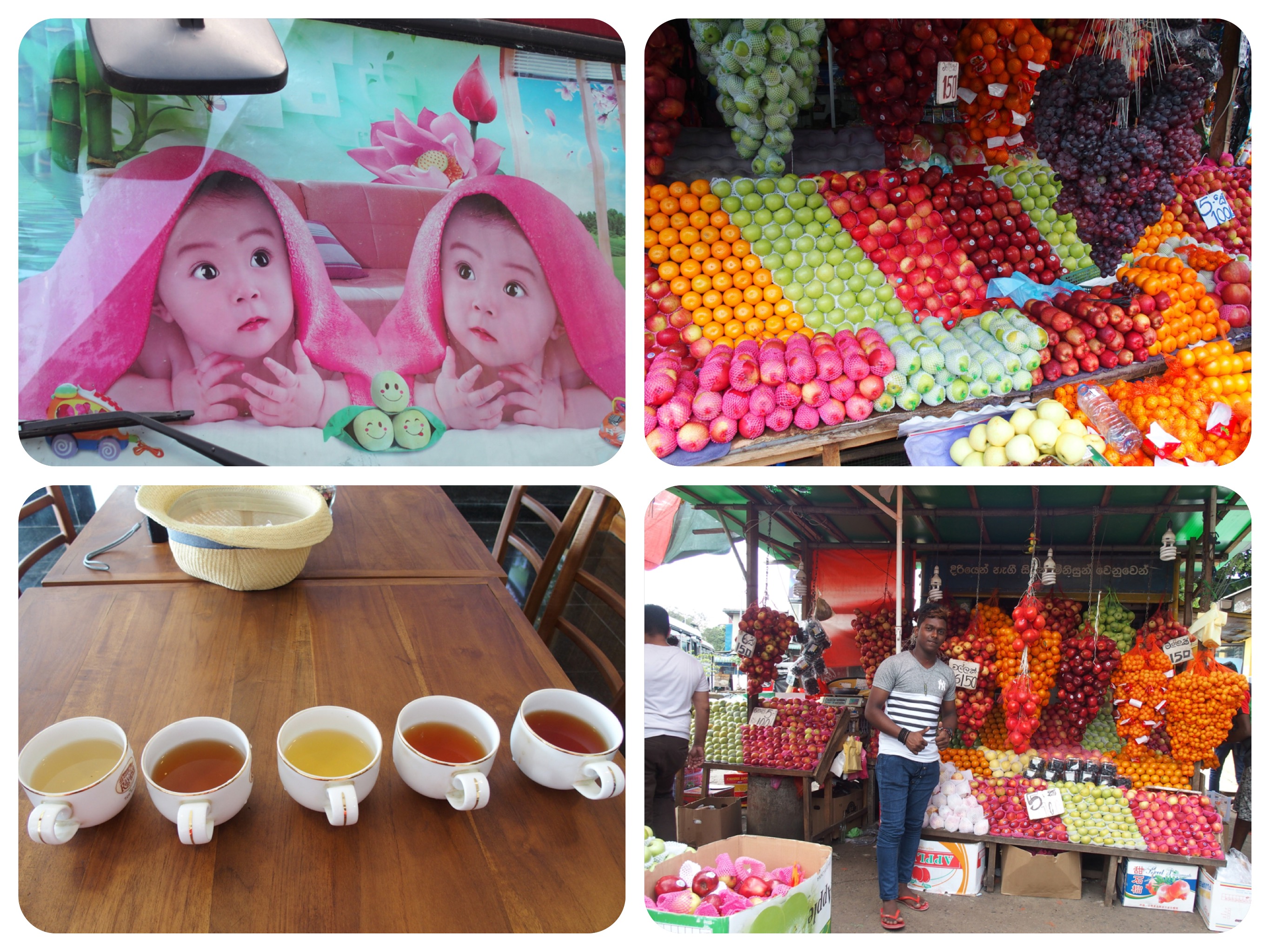
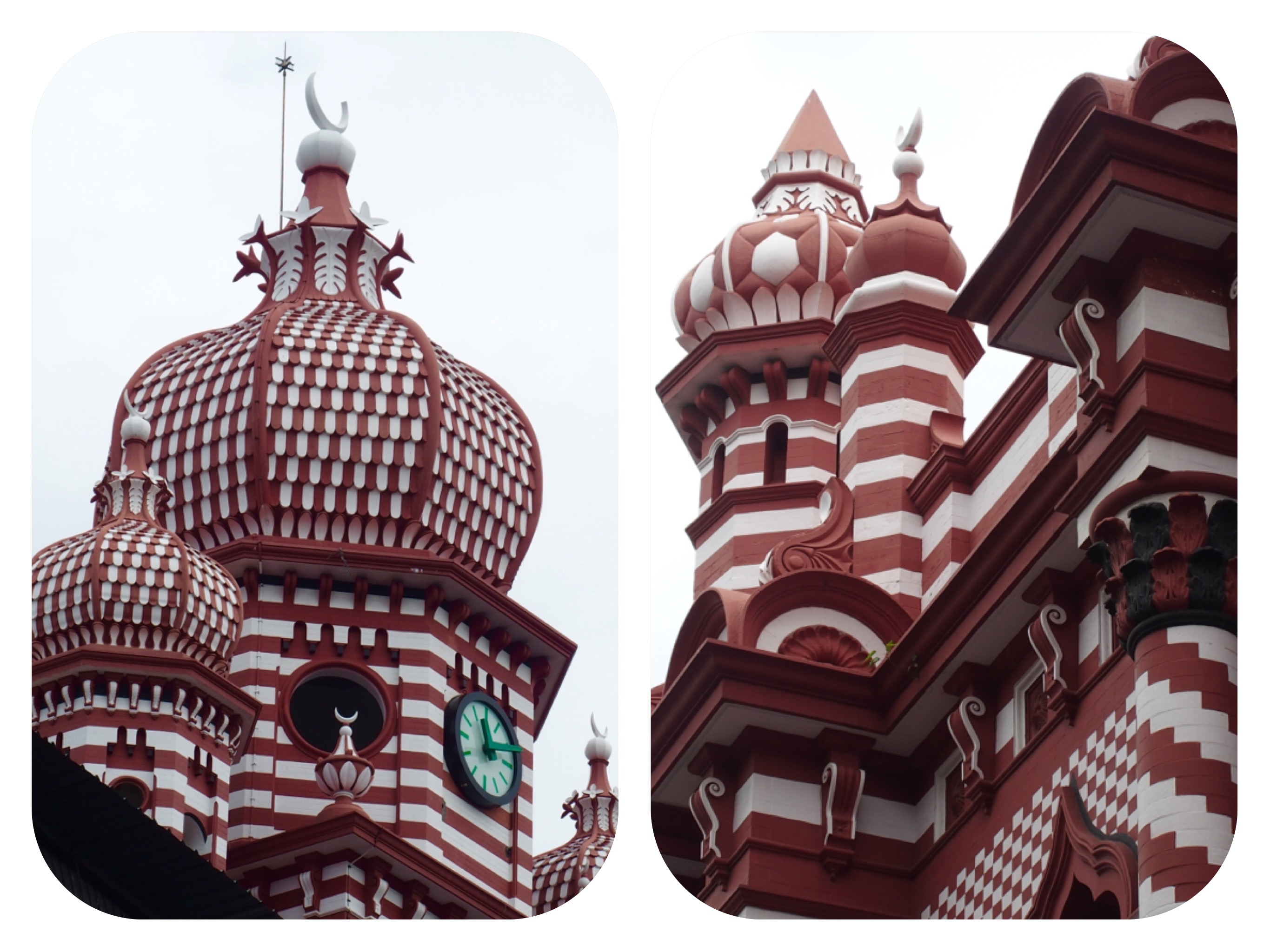
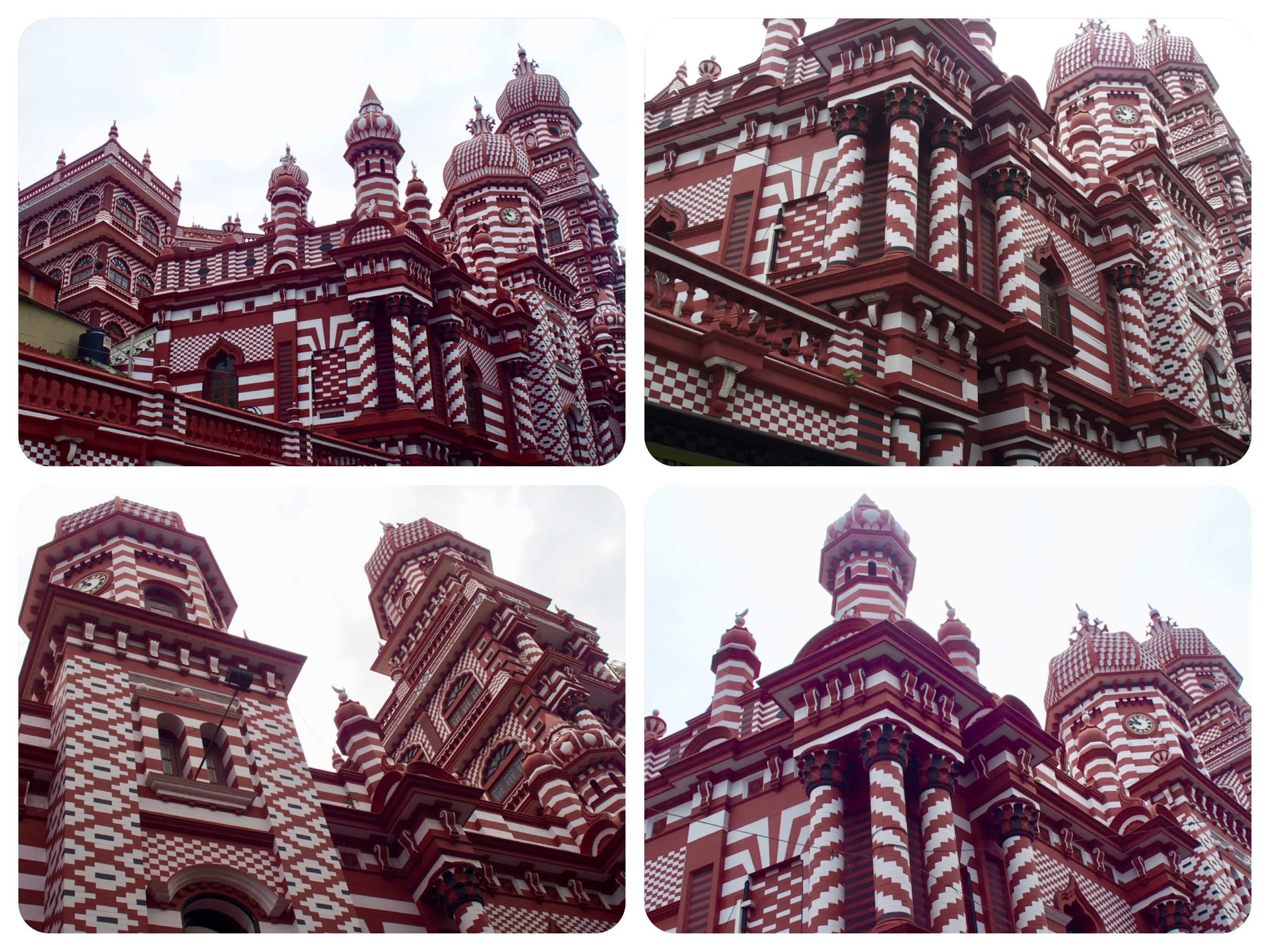
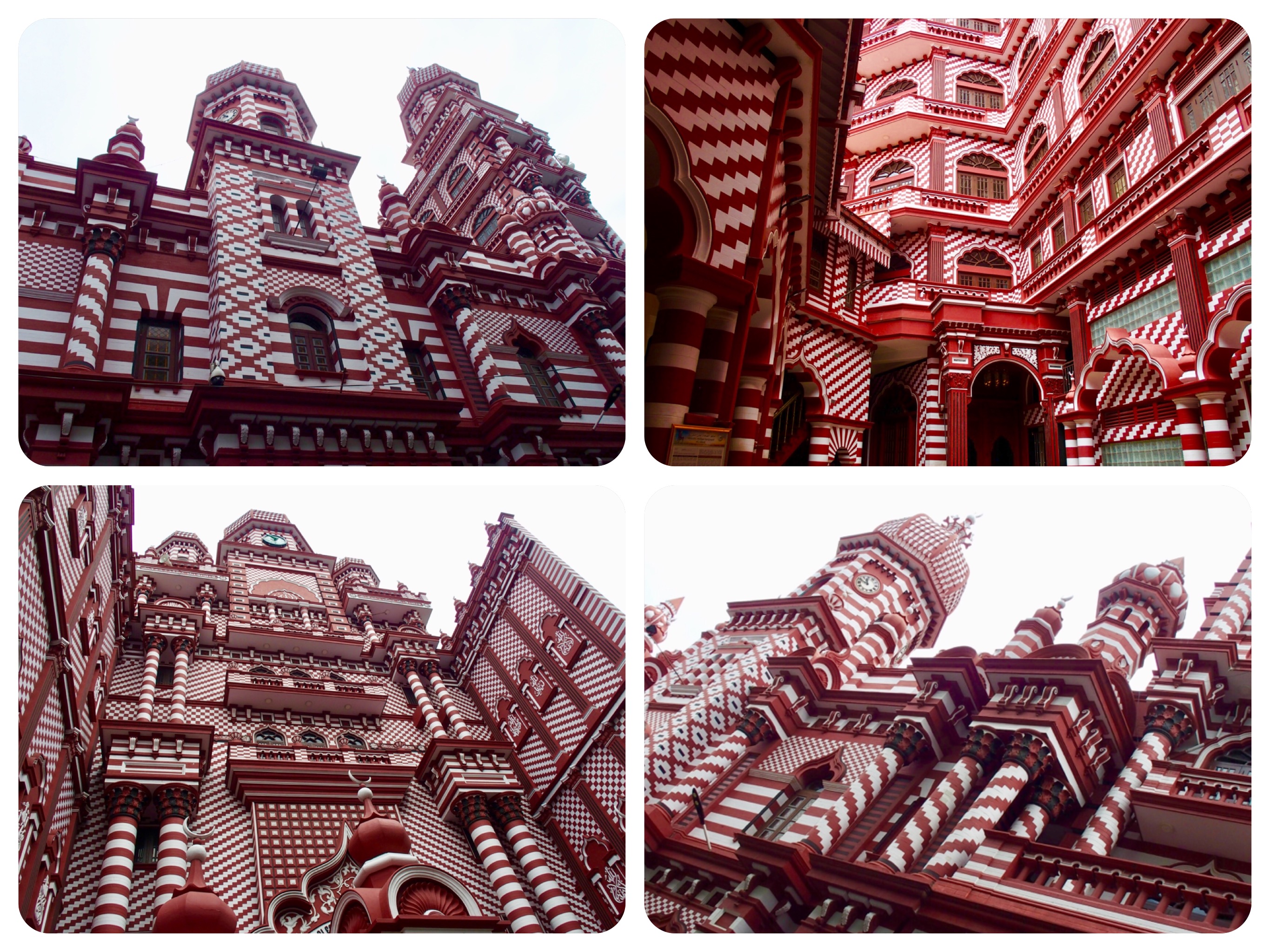

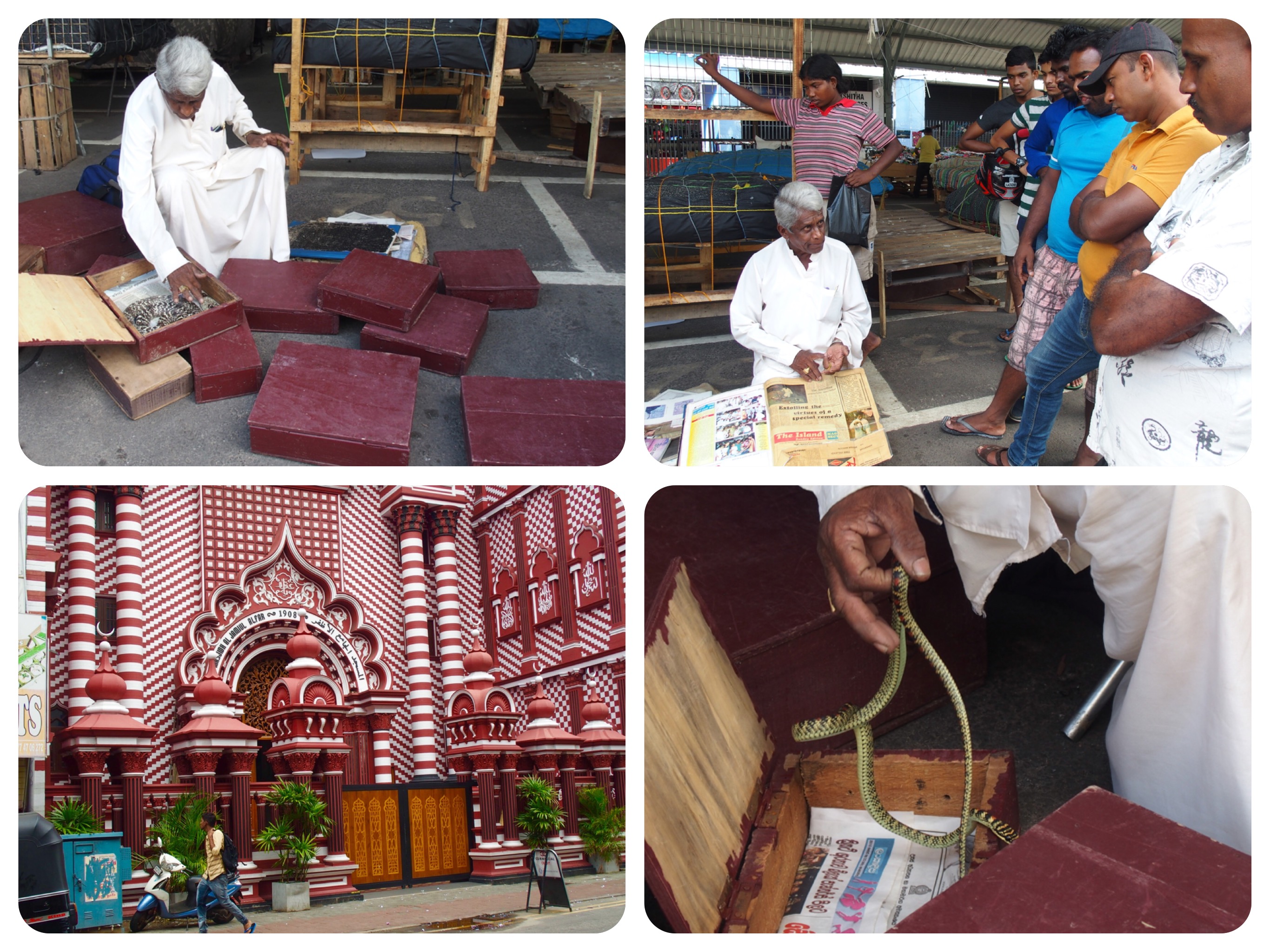

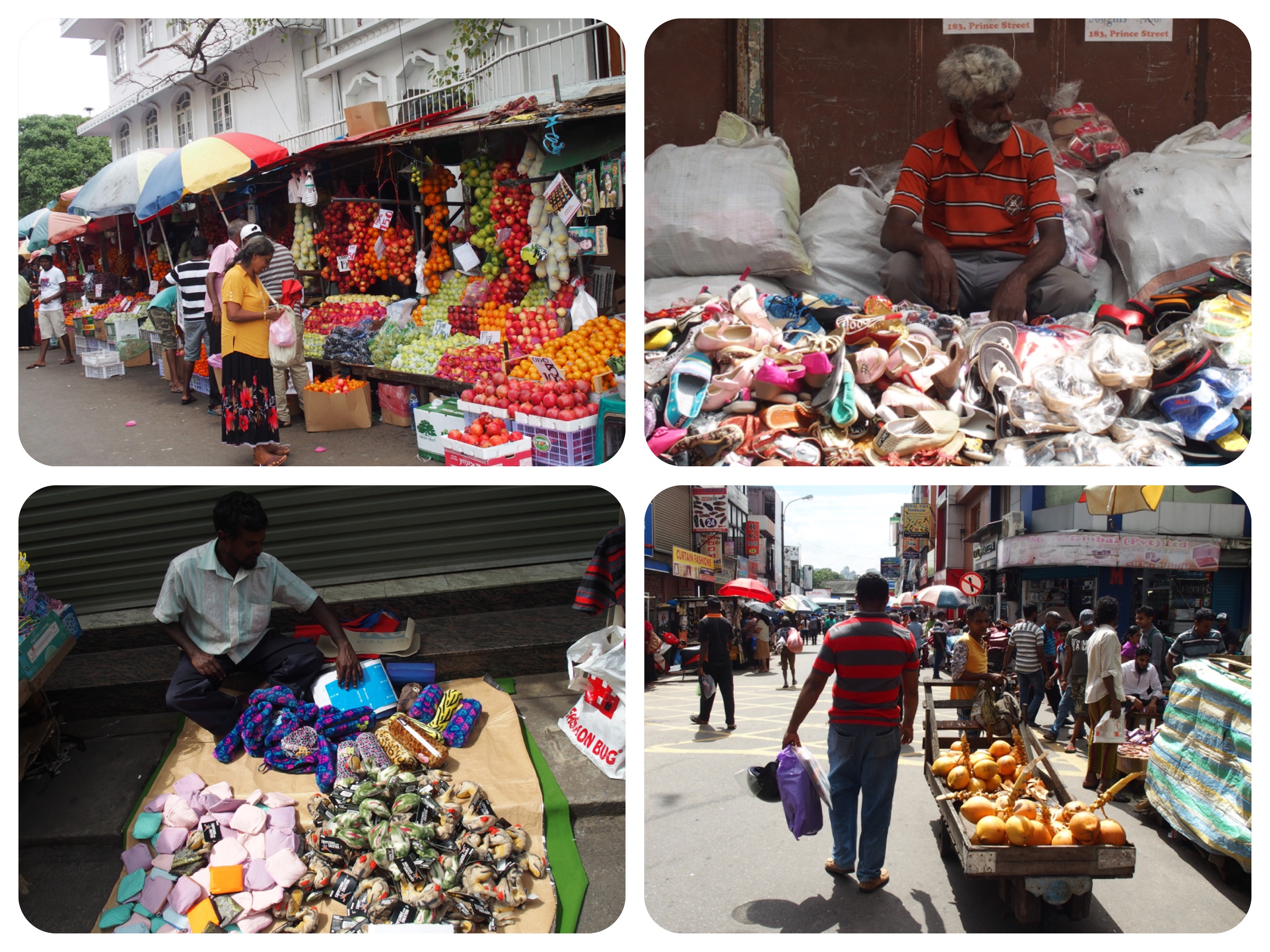
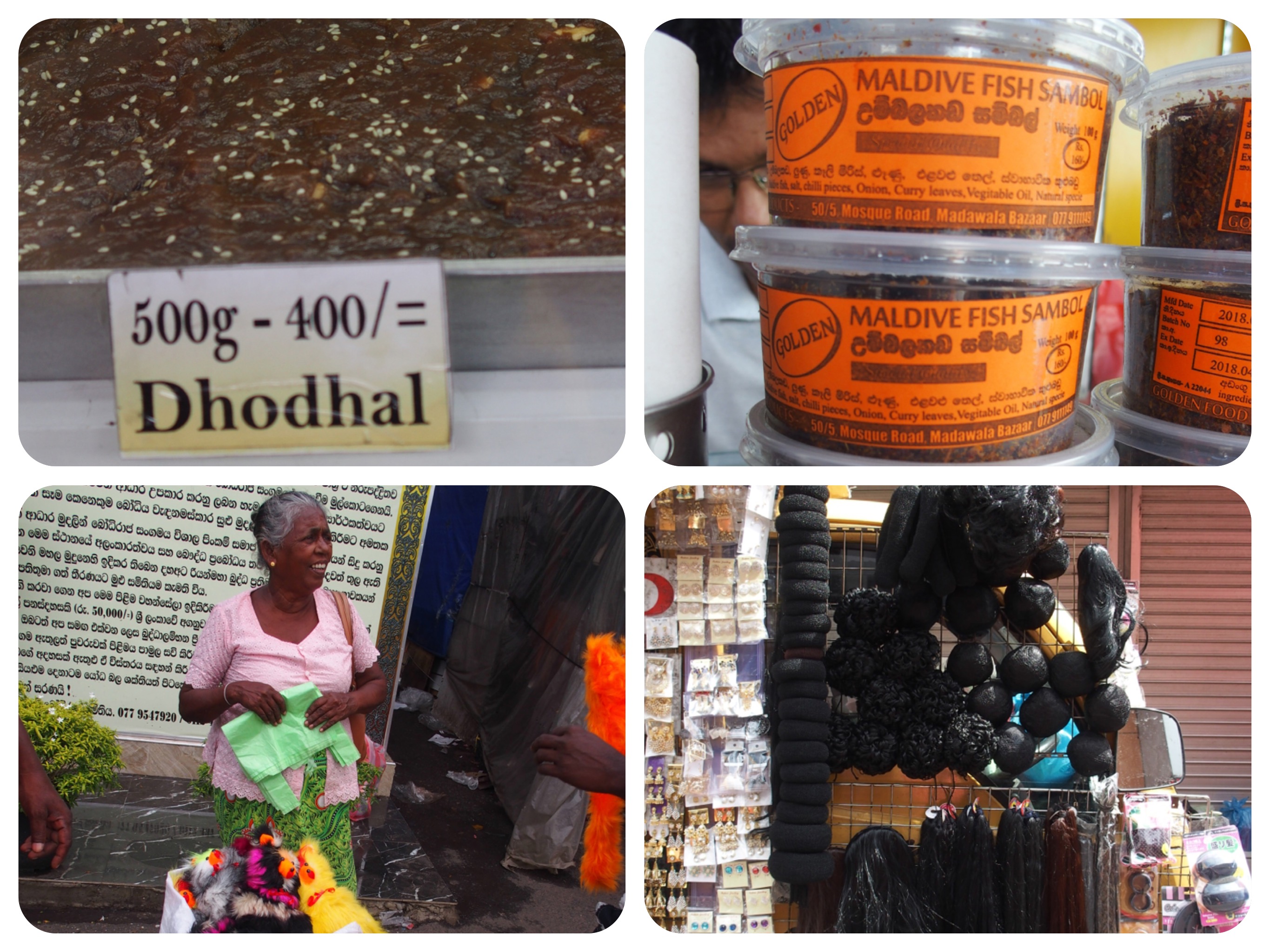
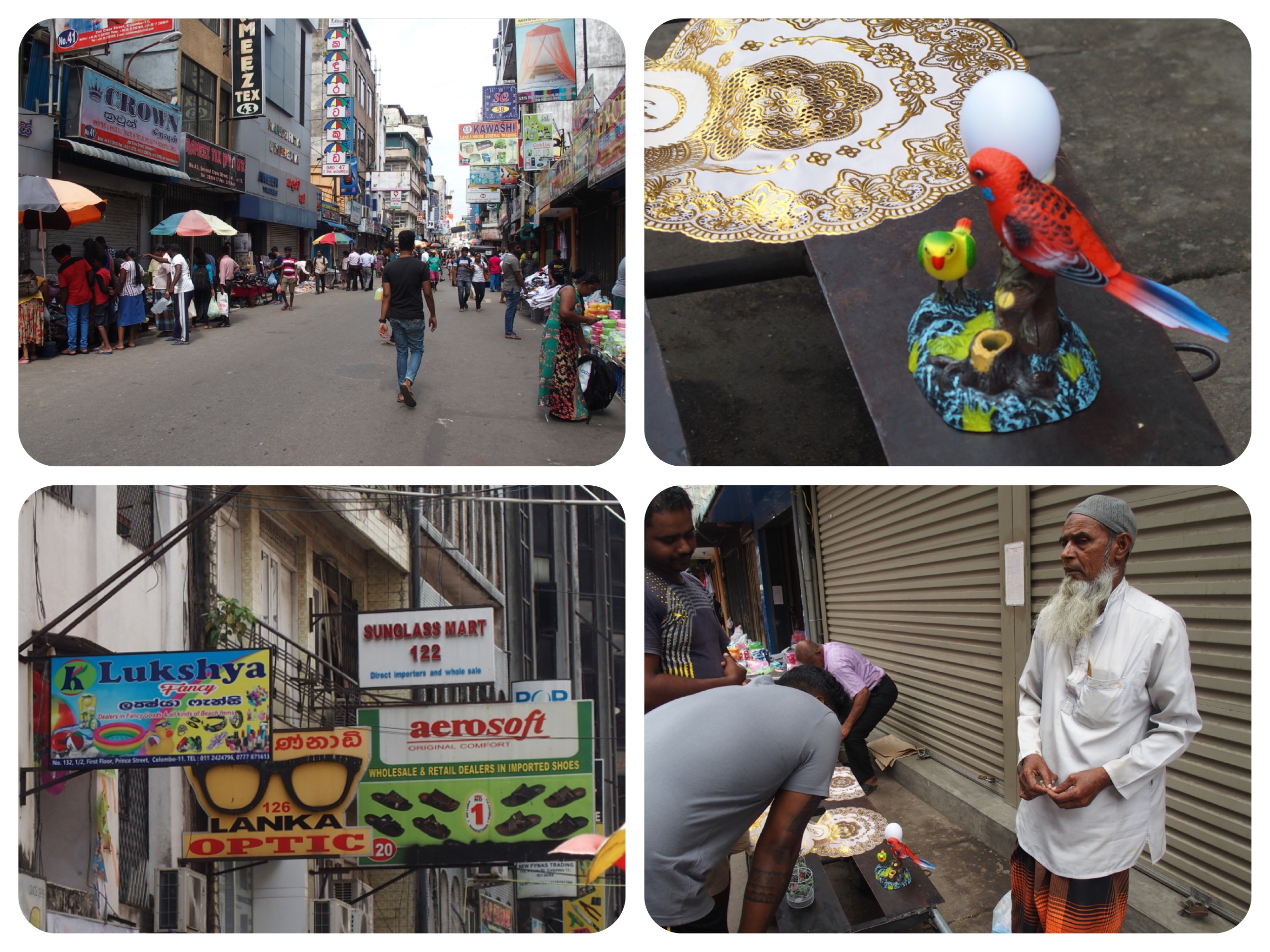
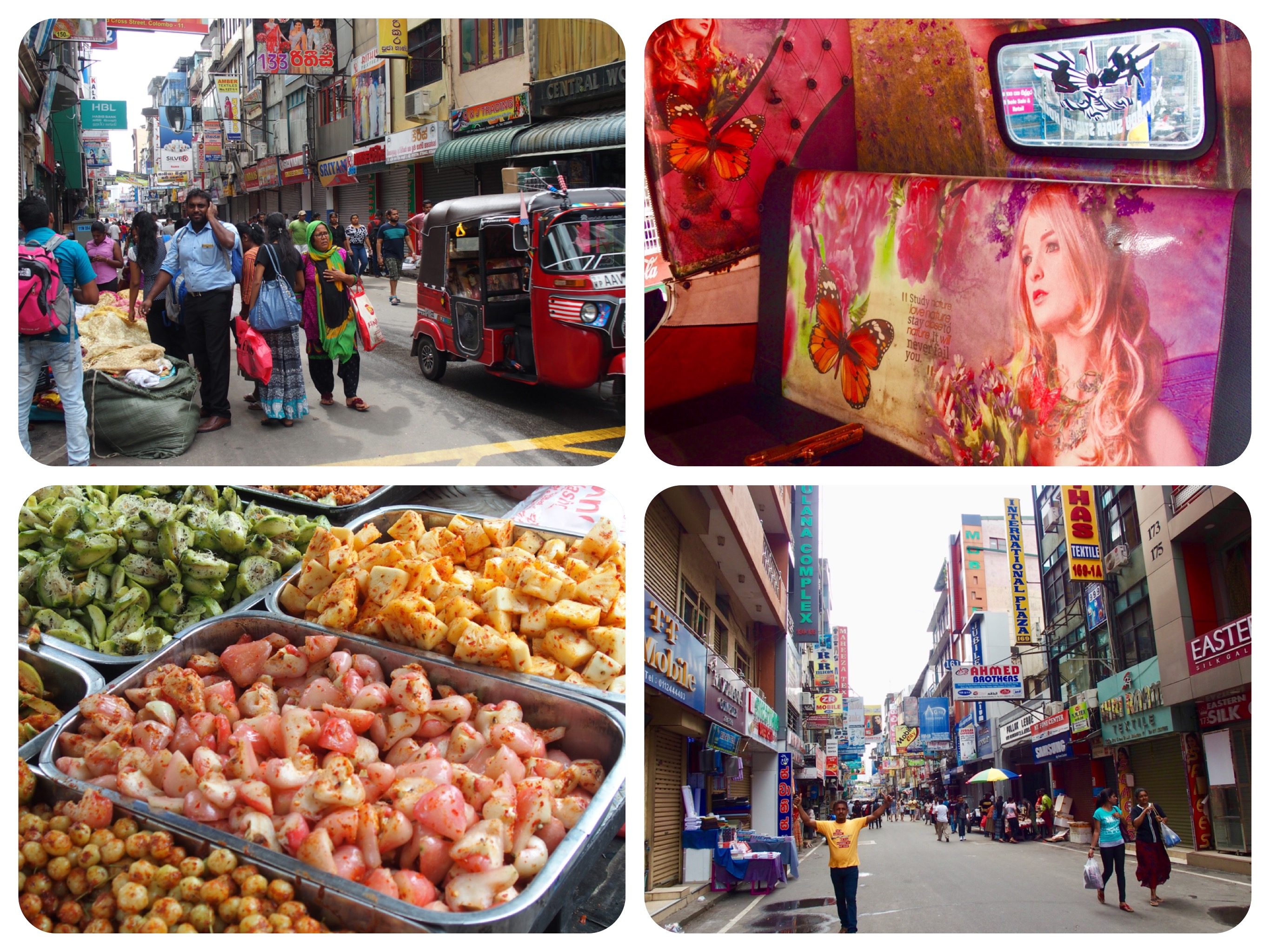
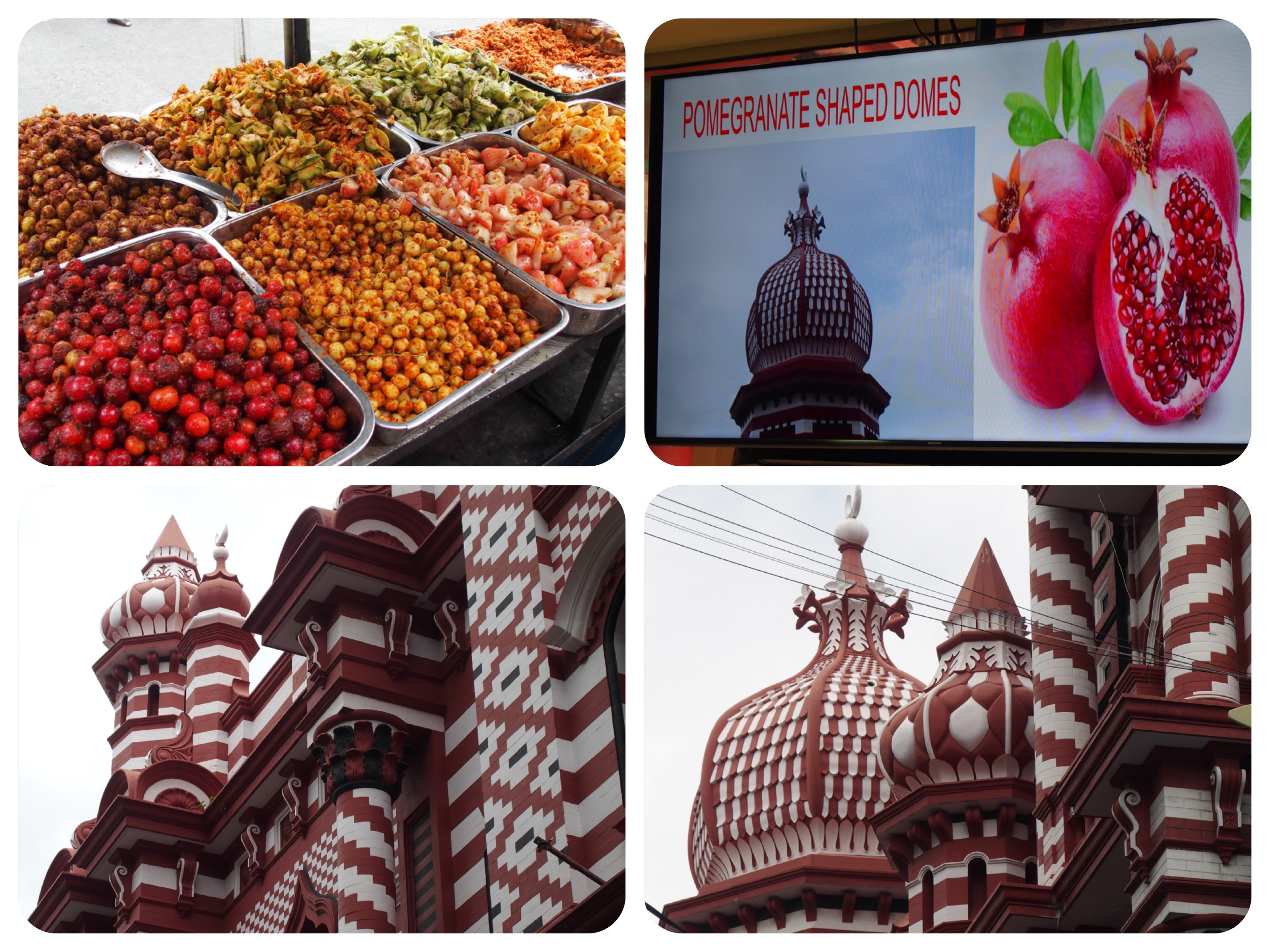
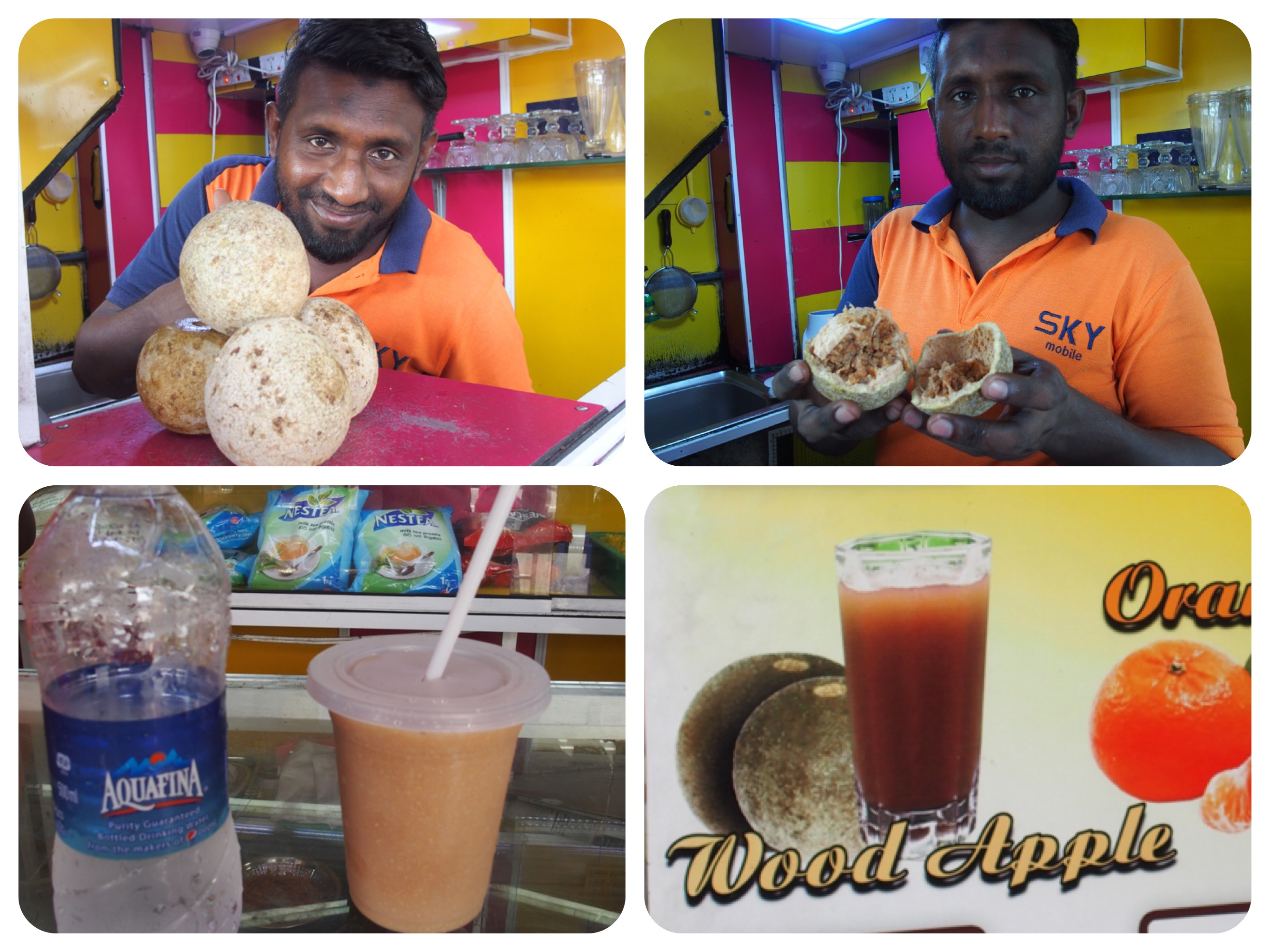
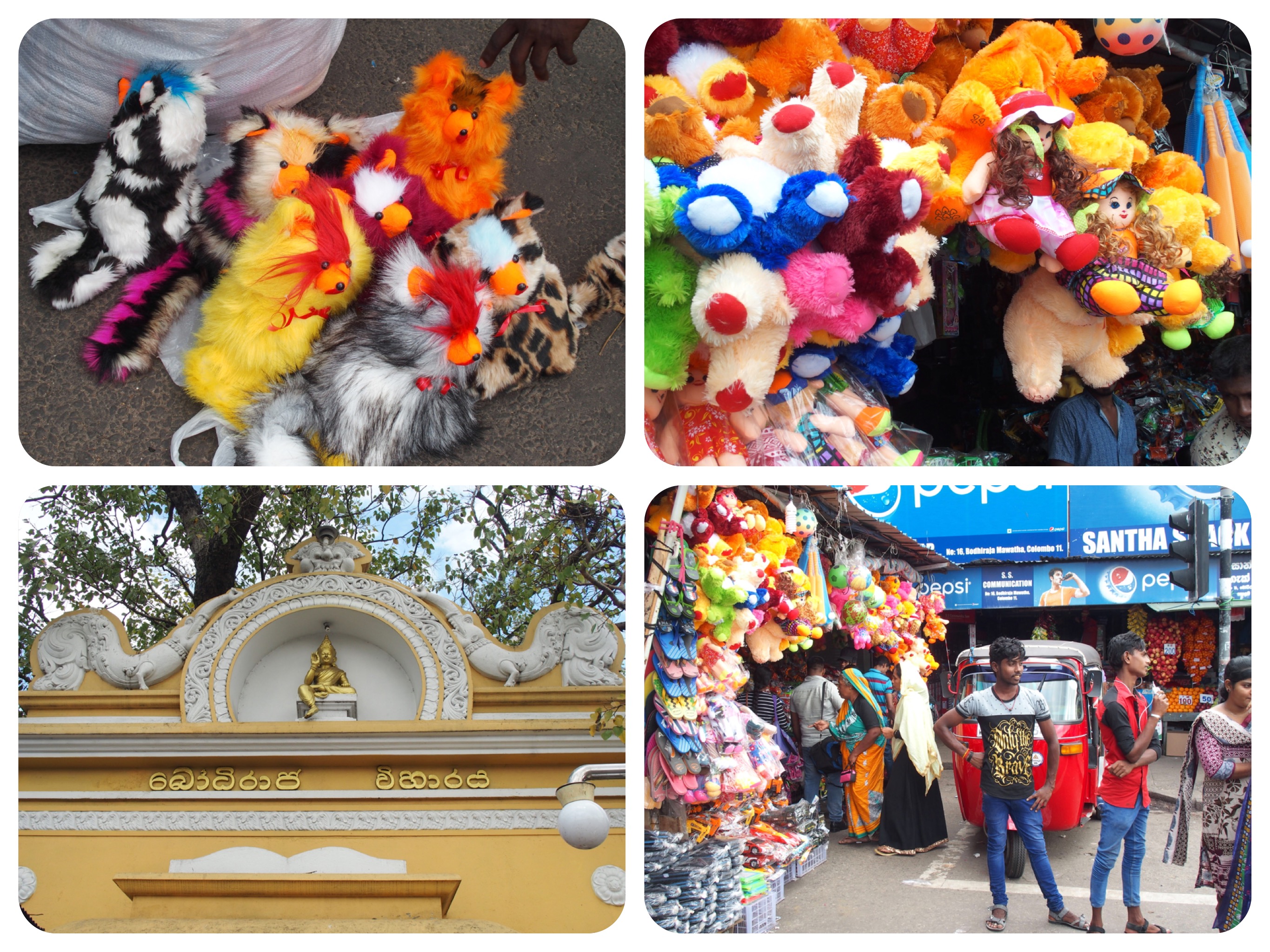
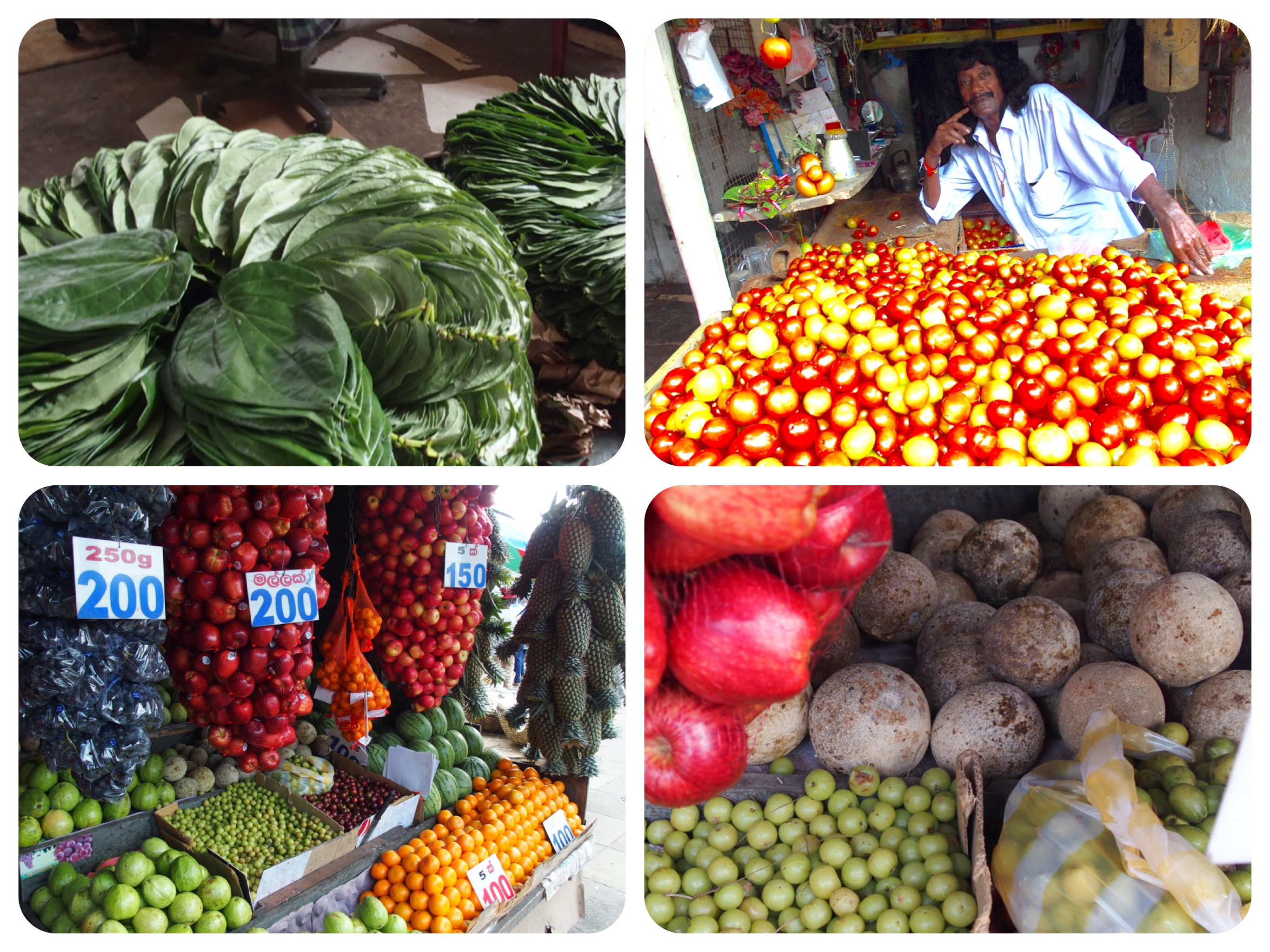
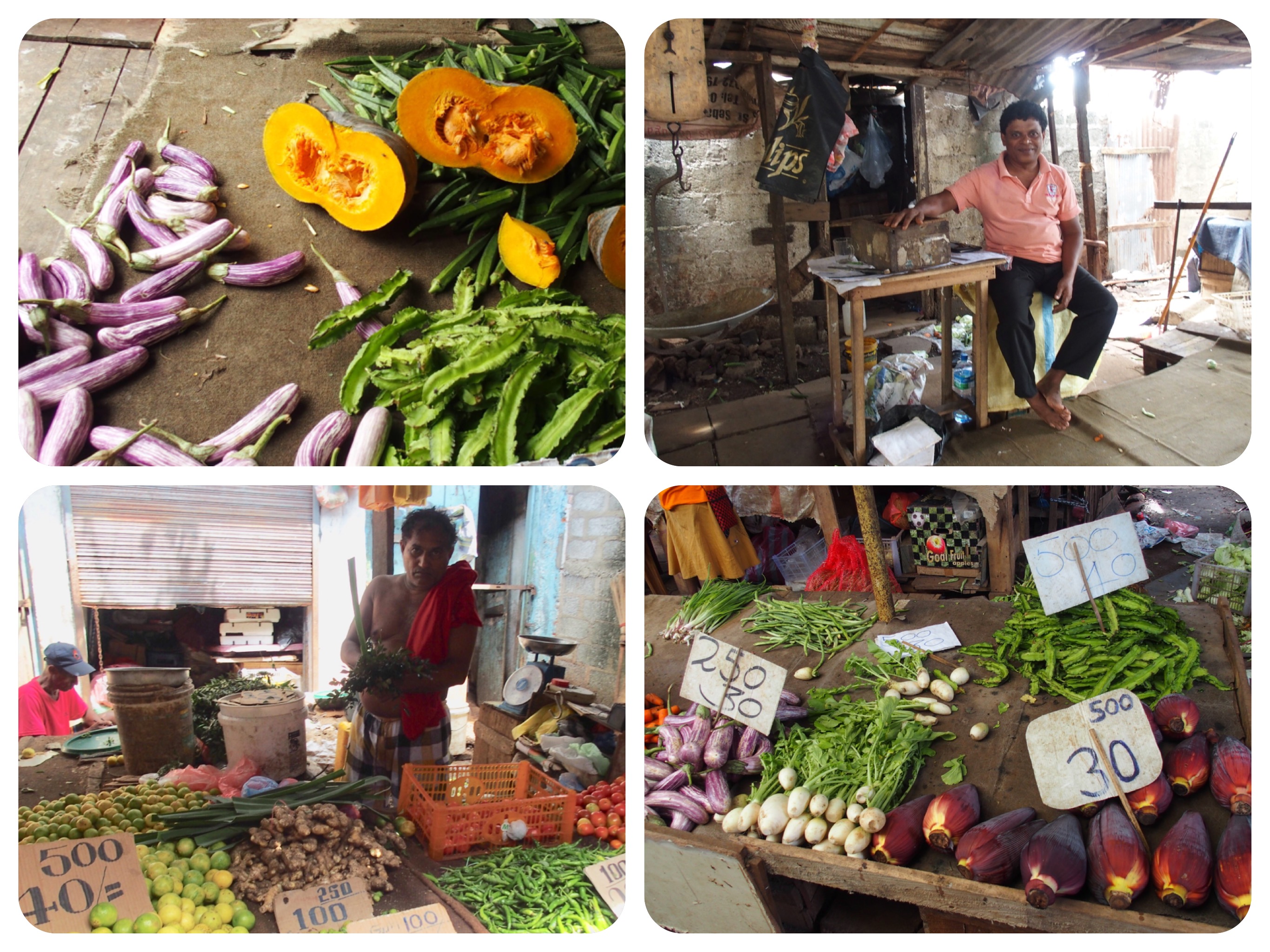

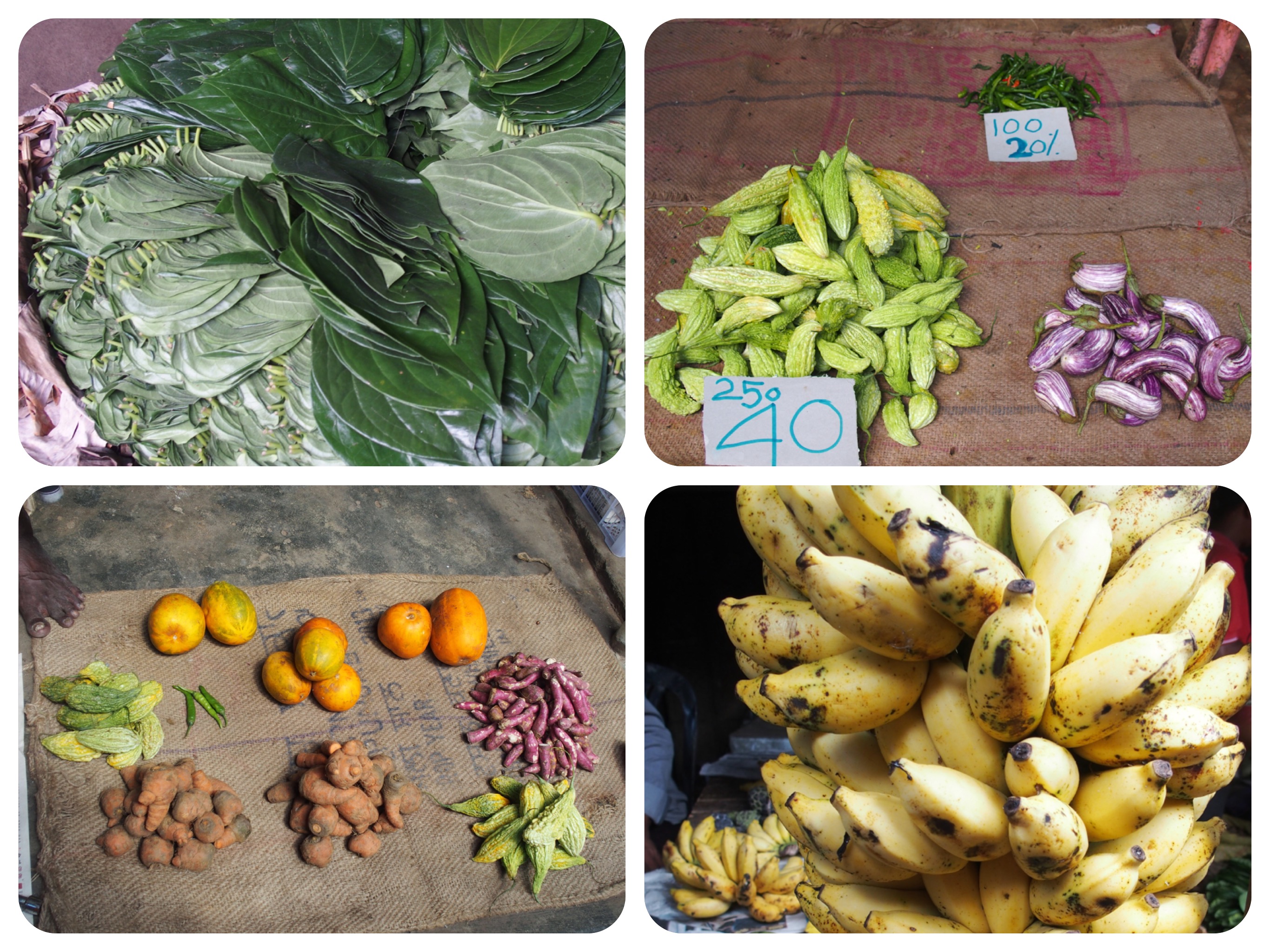
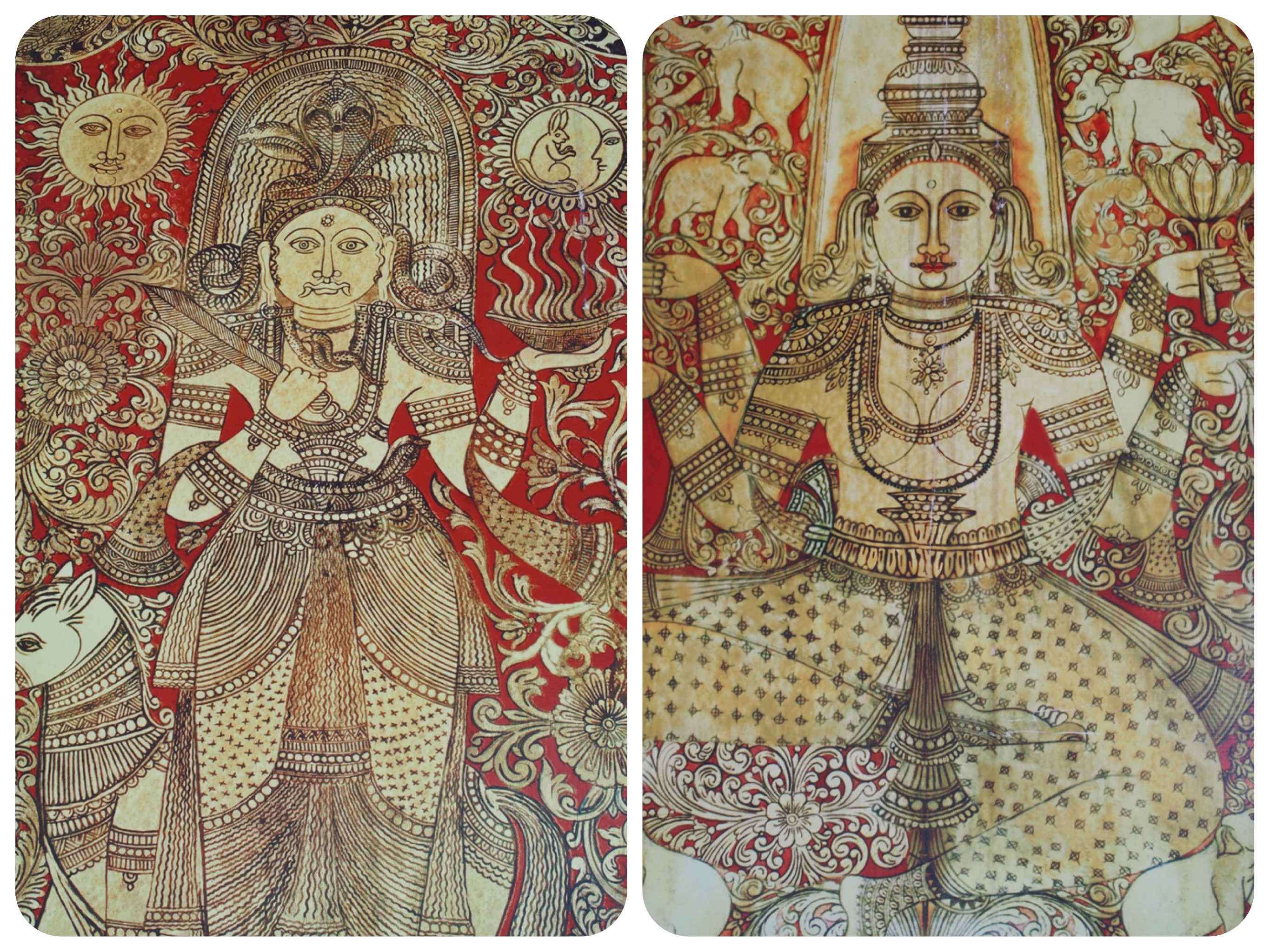
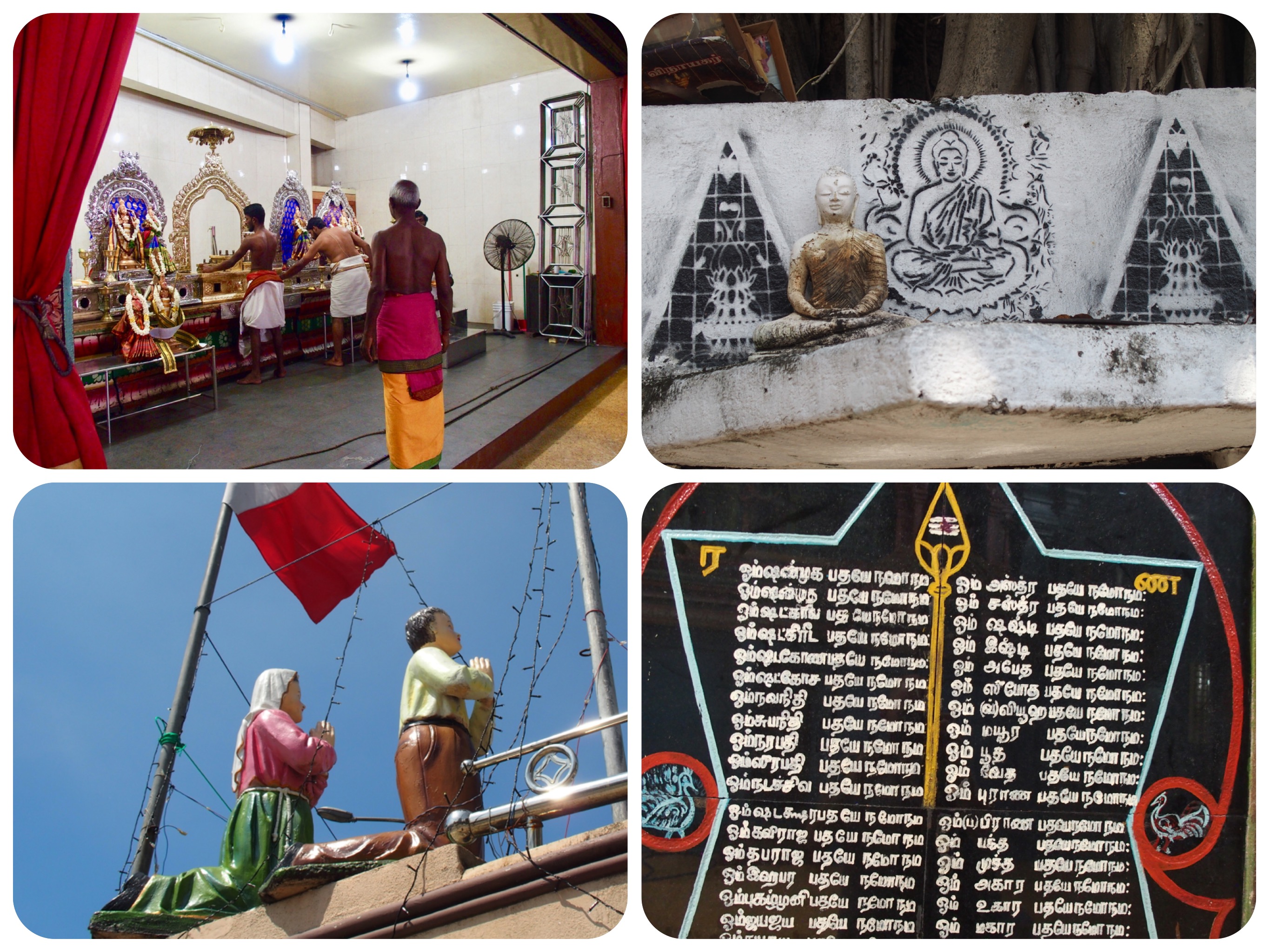
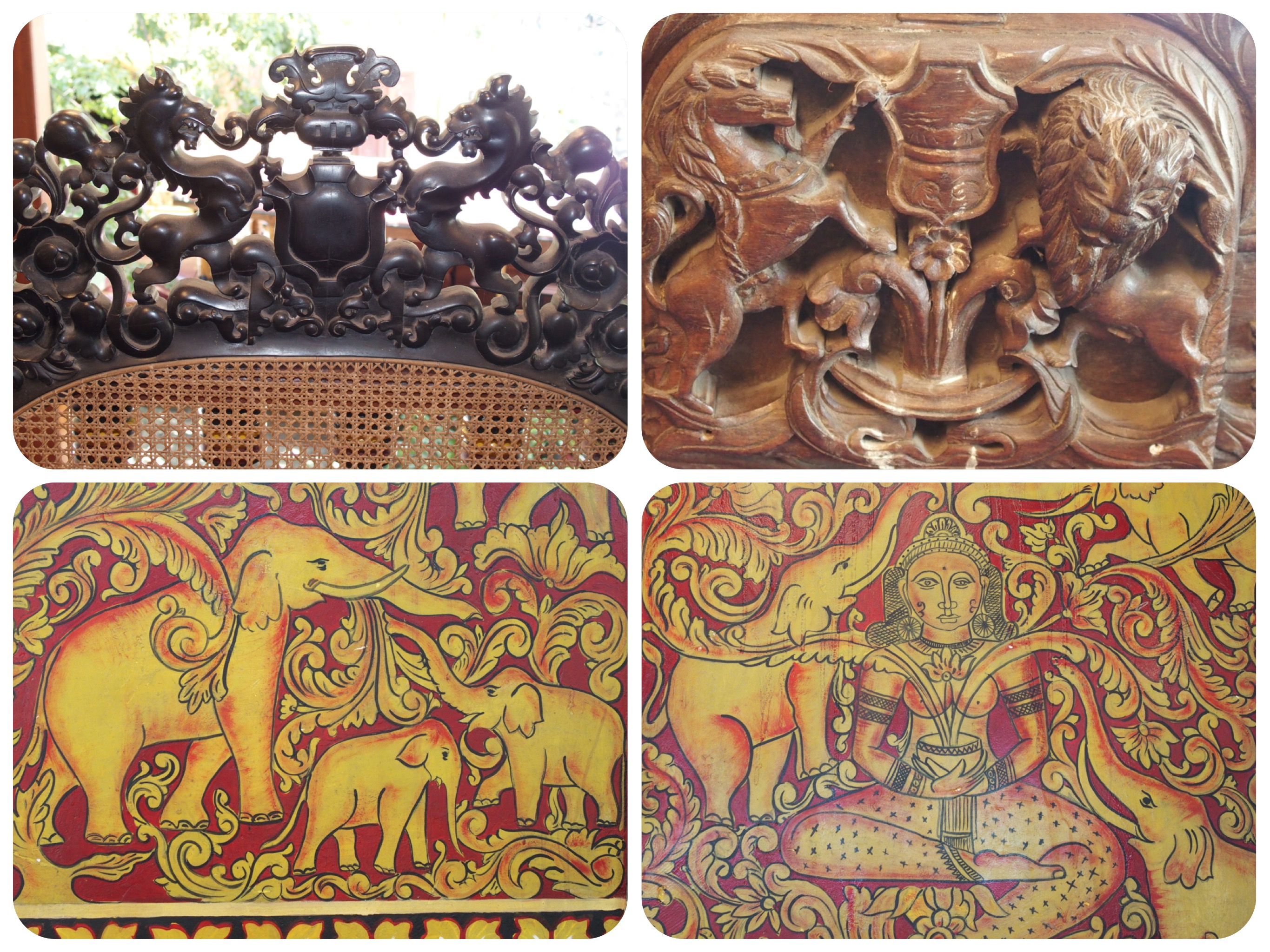
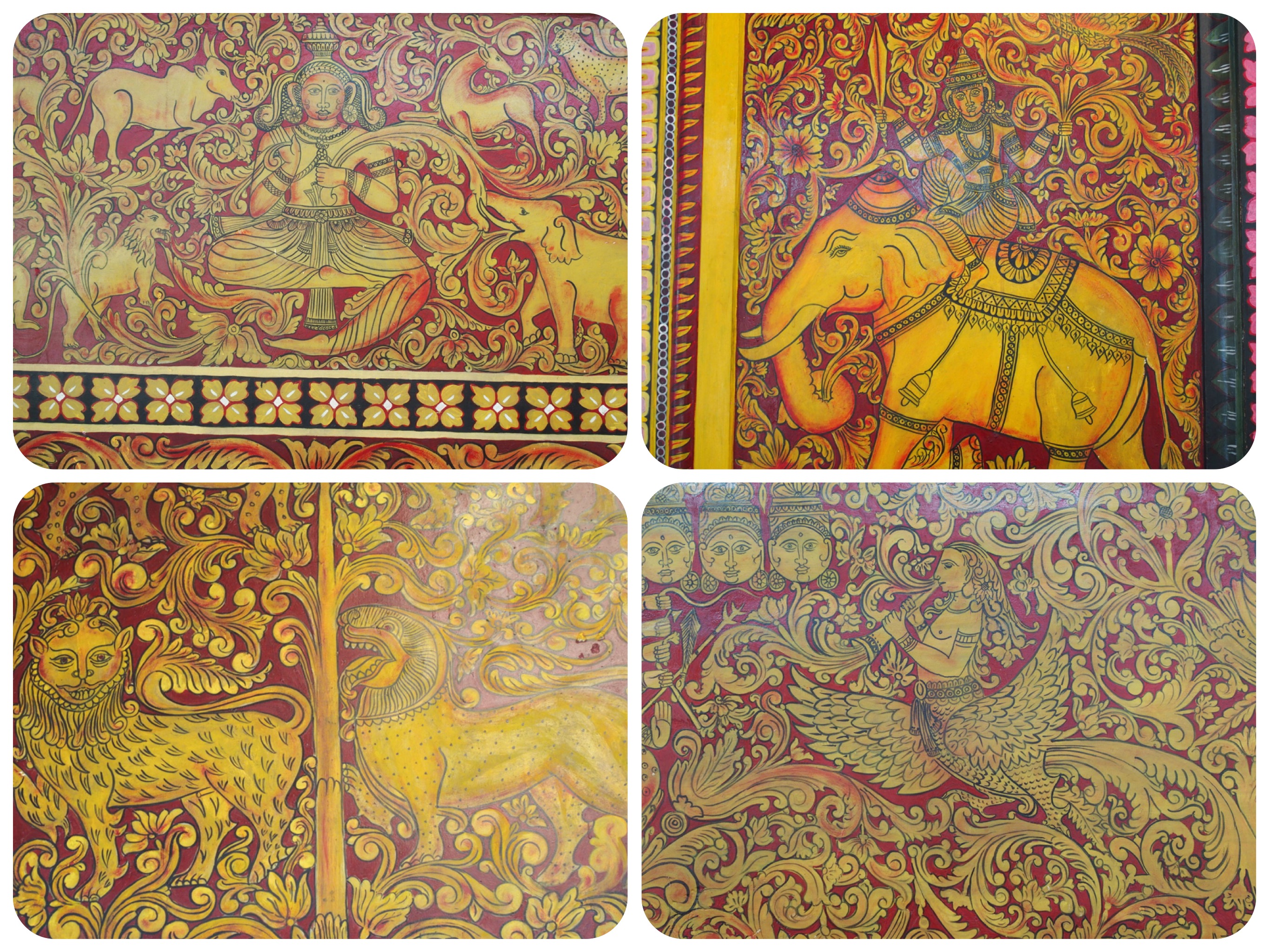
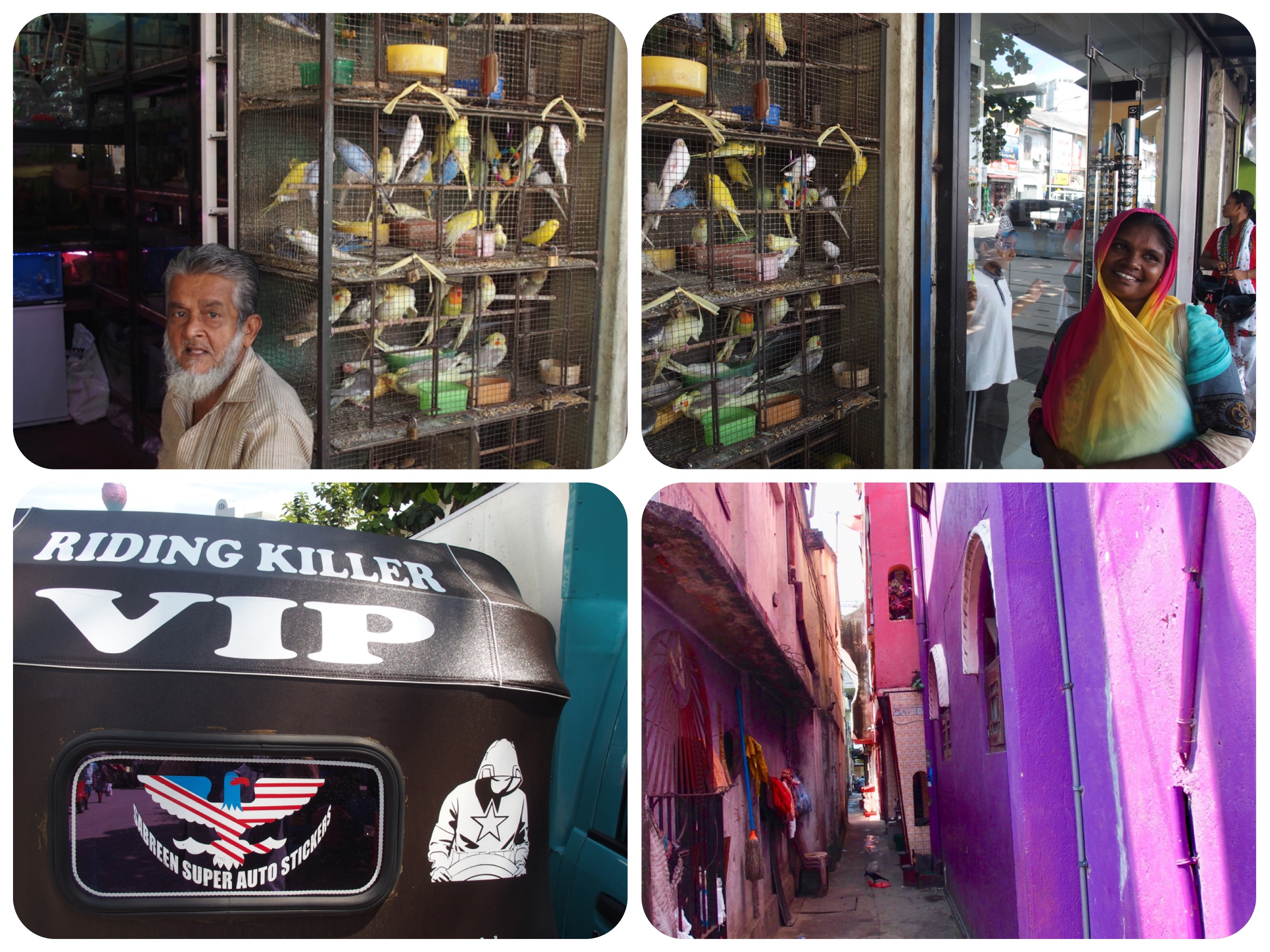
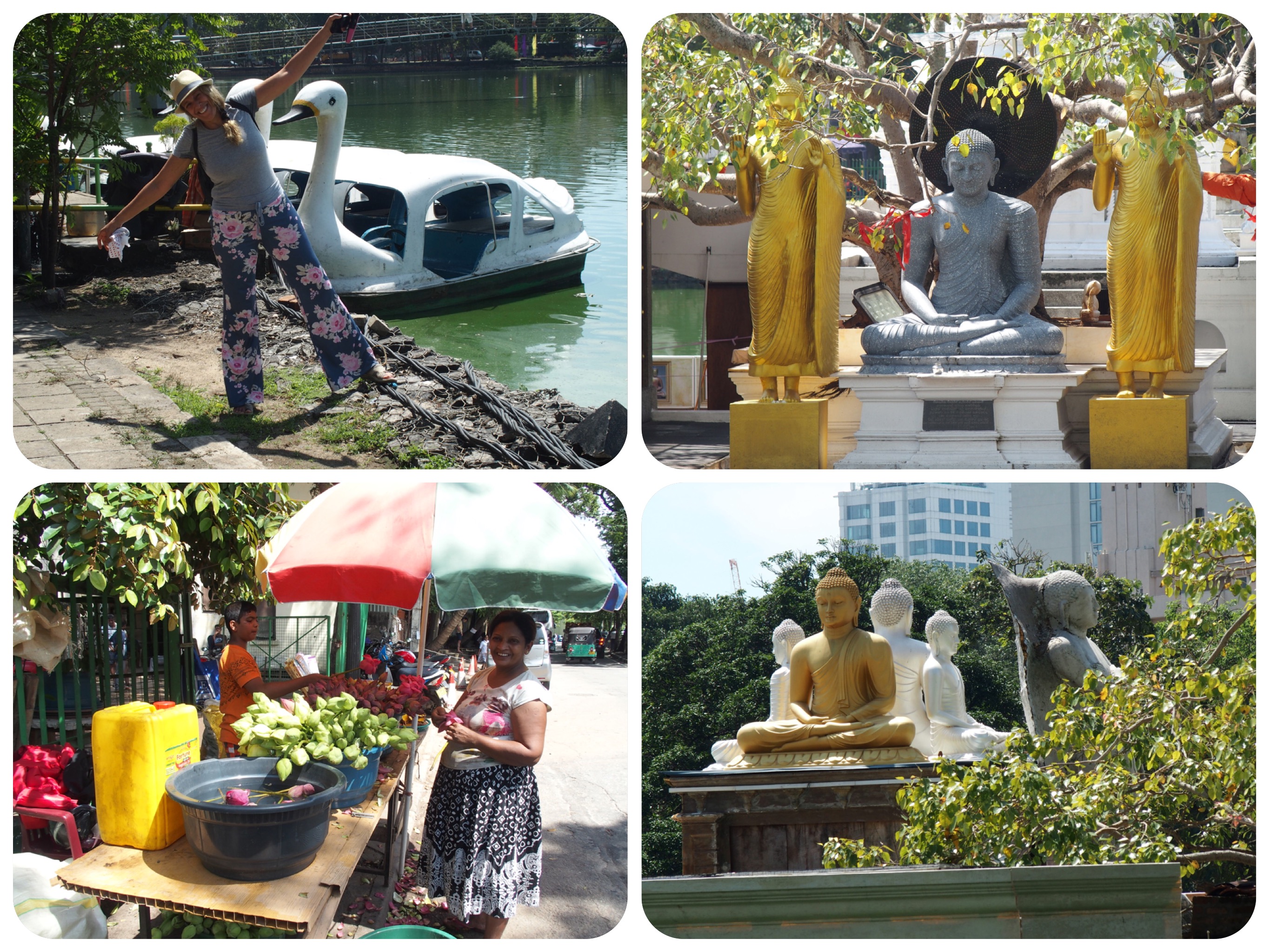

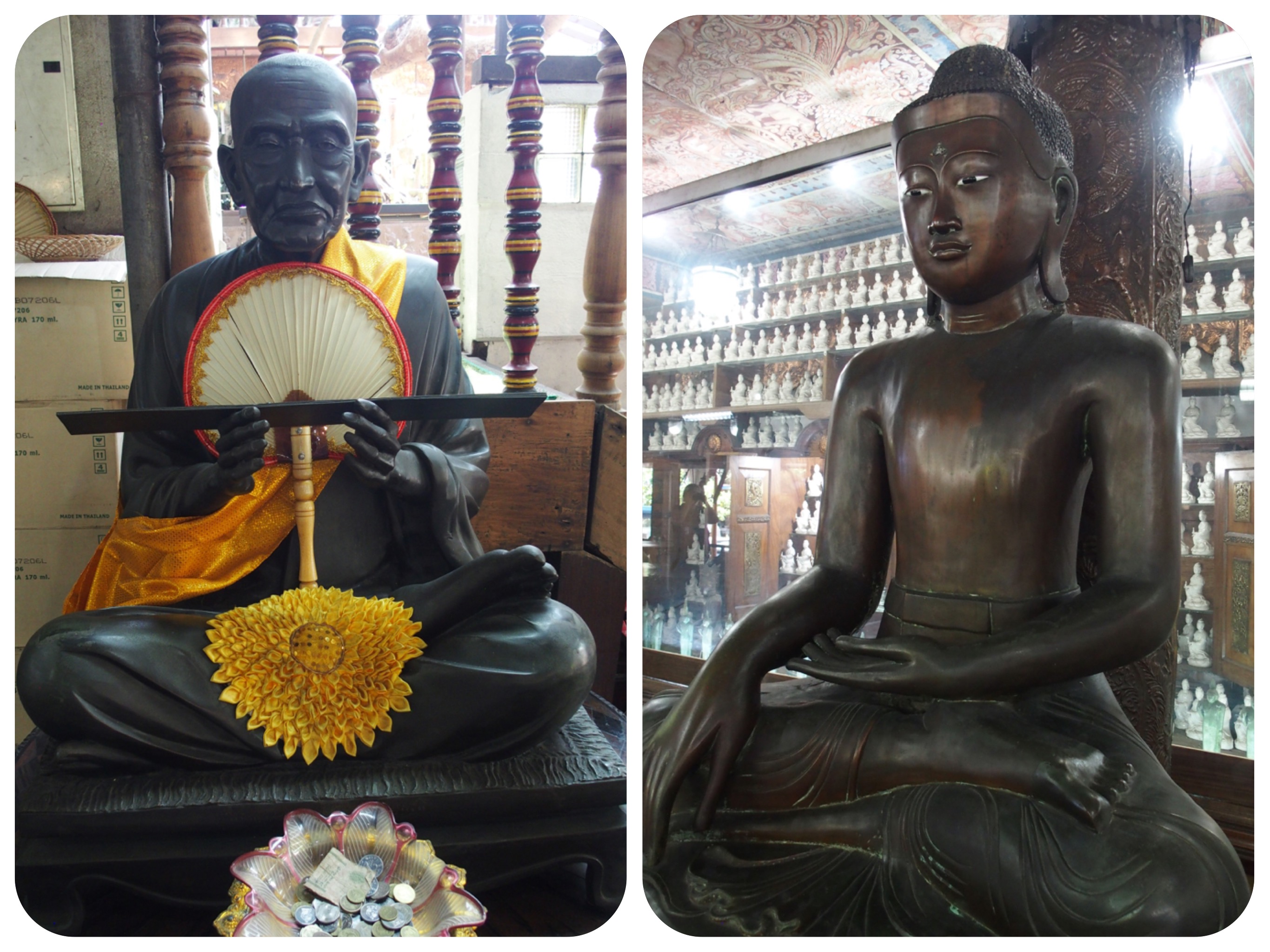
Colombo, Sri Lanka
Flying from Colorado to Colombo is a big adjustment.
It is not just that we came from the freezing cold of the Rocky Mountains to the tropical heat, by way of Frankfurt and Delhi, totaling about 24 hours of time in the air.
It is also a bit of a cultural shock.
While in Denver everything is sparkling clean and scrubbed, efficient and modern, in Colombo the sidewalks are wobbly, there is plenty of grime and dirt, and the streets smell of a heady blend of hot cooking oil, spices, sewer and sweat.
Unlike some of the rest of the USA, Denver is becoming high tech, sparkling clean, efficient and very convenient.
New chic hotels have been built in the LoDo District.
A new rail line takes you to the airport in minutes, the restaurants offer health conscious, yummy fresh food at reasonable prices, the shops are bright and airy, and at a massive Whole Foods, you can place your orders on sleek iPad screens and get your food or grocery items with no waiting time.
Well... in Colombo, it is almost the opposite.
You must have patience and expect not to get exactly what you’ve ordered.
It is OK.
You quickly learn to love it.
The people are warm and personable.
Everybody is curious about you and wants to chat, not only those who hope to sell you something or to become your guide or your driver.
But I have to admit that despite our constant traveling, it does take a few days to get accustomed to the scene.
Buses with no AC have wide open windows and front and back doors.
A kid could have fallen through one of those open doors, but no Sri Lankan kid would ever actually fall out.
They are agile and are adaptable to the conditions.
When those buses are full, people stand in the open doors outside the bus holding on to the side rails as the bus zooms at high speed around narrow corners, horn blaring to warn pedestrians that this bus has no intention of slowing down to avoid hitting them.
I saw nobody fall out, but I did see the bus stop in front of a small Buddhist stupa for just a few seconds.
A person ran out of the open bus door, deposited a coin at the temple’s gate and kissed the gold lion painted on the wall.
The man then ran back onto the bus, which then continued at high speed to its next regular stop.
This stupa was not a regular bus stop, but we saw a few buses stop while we walked around the stupa, to allow devotees a brief moment of worship.
The bus drivers, taxis and Tuk-Tuk drivers do not seem as aggressive as in the bigger cities of India.
They do not have that unique mix of murderous - suicidal tendencies that is common in those intensely overcrowded Indian cities.
When I started crossing a busy intersection, drivers actually yielded to allow me to cross.
Locals smile at us all the time.
A whole group of army soldiers smiled and waved at us as we passed by their base, asking how we were doing.
Hindu women holding babies came to talk, asking me what were our plans or the day and where we were walking towards, Muslim women adjusted their veils and smiled at me warmly.
All the local men we met loved Jules and wanted to talk to him.
They showered him with compliments.
They complimented the color of his hat, his lovely shirt, his turquoise stone necklace, his little Sikka hair braid.
I know that in their warmth, they mean to say, “I dig you, man, you’re cool!”
We have taken some extra days in Colombo, the capital, to get to know the culture a bit before we start exploring the country.
The Sri Lankan culture is eye dazzling.
I love the colors and the traditional designs.
After an amazing breakfast during which we tasted many of the traditional Sri Lankan specialities, we walked around the city towards its largest Hindu temple, The Temple of Sri Kailawasanathan Swami Devasthanam Kovil.
We walked along the waterfront, which is called Galle Face Green.
The Sea is rocky and rough and not used for swimming.
Families wade in the shallow waters and there are lots of small, green-painted wooden stalls along the beach, selling snacks called “Short Eats,” which is a Sri Lankan term for many different varieties of Street snacks.
The snack most popular by the water is called Isso Vadei.
Isso Vadei are bright orange spicy lentil patties that have small prawns mixed in and on top.
There are also small crab snacks and nuclear-bright colored drinks. Many local couples and families sit on shaded benches by the water for hours, enjoying each other’s company while munching on Short Eats from the stalls.
The temple of Sri Kailawasanathan Swami Devasthanam Kovil is tucked away on a back street of a busy neighborhood.
We passed by some makeshift corner markets selling red, green and yellow bananas, huge papayas, freshly cut banana flowers, wood apples and fresh fish covered in flies.
The temple’s entrance is almost completely covered by a pyramid of sculptures of Hindu deities.
The temple complex is fairly large, and it houses inside several shrines and paintings.
Men are required to remove their shirts in order to enter the innermost sanctum and pray.
The inner roof of this temple is decorated with paintings and sculptures of deities.
There are shrines to Ganesh, a sculpture of Lord Shiva made from Black Stone and sitting under a Cobra, as well as other shrines.
Locals come to pray, and to use the place as a matrimonial venue.
We removed our shoes, paid the entrance fee and bought a small clay bowl filled with wax to light in front of one of the shrines, with our blessings.
From there, we walked towards Gangaramaya, the biggest Buddhist temple in Colombo.
Gangaramaya was founded by the scholar monk Hikkaduwe Sri Sumangala Nayaka Thera, in the late 19th Century.
The 120-year-old Gangaramaya Temple is not at all a typical Buddhist temple.
To get there, we walked by Beira Lake, which is described as a scenic lake with swan shaped paddle boats.
There were indeed swan shaped paddle boats, but the water of the lake was green, stagnant and very polluted.
On top of the lake there is a Buddhist shrine, reachable by a short wooden bridge, called Seemamalakaya, built in 1979..
It was manned by a pushy gatekeeper who asked people to scurry away and move on so he can charge the next group of tourists the entrance fee.
The Gangaramaya temple complex is located just a short walk from the lake.
It is comprised of a few buildings, some displaying the beautiful island architecture of Sri Lanka, mixed with elements from Thai, Chinese and Burmese religious styles.
The traditional Sri Lankan architecture features no walls enclosing the space, a tall roof lined with native wood, divided by wooden balustrades painted with island and Buddhist motifs in great detail.
I love, love, love this architecture, which reminds me of traditional houses in the Philippines.
Large and comfortable sofas lined the old verandas in which you could find shelter from the monsoon rains or the hot, humid summer days.
Crows and parakeets fly between the rafters and a large stupa sprouting in the inner courtyard.
The are huge collections of fascinating artifacts and sculptures inside Gangaramaya.
The statues of the Buddha and deities were donated to the temple from all over the world, and they are all displayed in the many rooms and courtyards.
The exterior of the temple has a stone wall carved with images of the Buddha sitting under the Bodhi tree.
A large old Bodhi tree grows from the center of another courtyard.
Its thick branches are decorated with flags, and people place lotus flower offerings in front of it.
Large Buddha statues stand at the door leading to the main sanctuary of the temple.
The door itself is adorned with intricate wooden carvings of elephants and swans reminiscent of the island’s ancient artisanship.
The inner sanctum houses a massive Buddha statue in meditation pose surrounded by statues of heavenly creatures.
The ceilings and walls are enchantingly decorated with vibrant pastel paintings depicting Buddhist stories.
Some of the wall paintings look to be done by artists who were trained in Europe, as the female deities have European facial features, not those of Sri Lanka or India.
There is a stepped roof with many stone statues of the Buddha and stupas, a replica of the one in Borobudur, Java.
Below it you can enter a small shrine to see a few small Buddha statues, carved out of pure jade.
They are estimated to be worth seven million USD.
The temple features an extensive collection of early 1900’s antiques and treasure-trove items.
It has an innumerable number of Buddha statues from all over the world, along with statues of Hindu gods, old watches, Dutch coins and many other antique collectibles.
The temple museum also houses the smallest Buddha statue on the island, encased in a glass box, which visitors can view only with the help of a magnifying class.
The founder of Gangaramaya, as a young monk, was an ardent traveler, and the temple is filled with souvenirs that he gathered from places he’d visited, although most of the items were donated to this eclectic temple.
The venerable founding monk was also an antique car lover, and a display of his collection of old Rolls-Royces and Mercedes includes Sri Lanka’s very first Mercedes.
There is a real stuffed black elephant standing inside the temple.
This elephant used to live in the temple grounds and when it passed away, it was preserved, along with its long tusks, for posterity.
Colombo is flat and hot, and walking feels strenuous.
Every few steps we took, we were approached by a Tuk-Tuk driver offering us a ride or a tour of the city.
Most of their Tuk-Tuks are adorned with pictures of Johnny Depp in all his “Pirates of the Caribbean” finery, while on the outside are painted a wide range of sayings that I think are meant to be inspirational.
We had to fend off many ride offers, but, by the end of the day, walking felt twice as tiring as it normally would.
There are lots of treats that are unique to Sri Lanka.
I wanted to try the famous “Wood Apple” juice.
At a small, clean shop in the Pettah Market, I finally tasted Wood Apple.
Wood Apple is a round, brown tropical fruit, the size of a baseball, that has a very hard shell like a coconut.
Once you break the hard shell, it has brown seeds inside that look a bit gooey, but taste like sweet and sour raisins.
I ask for it to be blended with cold mineral water and no sugar.
It was pleasant and tasty, quite refreshing and not sweet.
In the summer months, the Wood Apples are sweeter.
Jules also tried some of the sweet Halva that the shop made, which were very good.
The Pettah market is a bustling market that stretches across many blocks in Colombo.
It has shops and stalls selling all sorts of things, including an endless array of shoes.
We even saw a snake bite healer sitting among his many wooden boxes full of snakes.
He was showing the men standing around him newspaper articles written about him and about his snakes. Although we couldn’t understand him, he spoke in a mesmerizing voice.
But the main attraction of the Market area is the stunning Red Masjid Mosque, located on a busy street full of cart vendors selling pickled mangos and other pickled tree fruits.
The Red Masjid is an architectural masterpiece with forty minarets and towers shaped like pomegranate fruits.
Every brick is painstakingly and very precisely painted red or white to create a stunning effect.
The mosque does not house a school, as all the rooms on all the levels are used only as prayer rooms.
It has a total capacity of 16,000 people, and every Friday about 12,000 come to pray.
We saw photos of the mosque when it was completed in 1908, before all the paved roads, buildings and markets sprouted around it.
It is a breathtaking masterpiece of Islamic architecture.
I was truly wowed by its beauty.
Sri Lanka, which during colonial days was called Ceylon, is well known for its superb tea and for its precious gems.
As we walked the streets, Jewelry shop owners came out to try and lure us into their shops, saying:
“Where are you from sir, madame?
America?
Wonderful,
I have a brother who is a doctor in California.
The best doctor in California.
Come sit, look at his photo and his children’s photos, very beautiful, sir.”
We sat in several tea lounges to taste the local Ceylon tea, grown, harvested and processed in Kandy, a town in the mountains north of Colombo, and bought some to bring home.
Across from our hotel, the Shangri-La on Galle Face Road, a huge manmade island is being built, using dirt dredged every day from the sea, by a ship the size of an oil tanker.
“It is not dirt, madam, it is sand.” I was told by the hotel employee at the pool.
“It is sand that is being spread by the ship and later compacted down by bulldozers.
It is being done by the Chinese government.
We have given them a 99 year lease to build an island off the shoreline, like they have in Dubai.
It will be a Chinese city, full of hotels, shopping malls, casinos and condominiums.
We are happy they have come to develop Colombo, Madame.
Big improvements and job opportunities for the city.”
There are lots of places to get very good food in Colombo.
My favorite was the Ministry Of Crab, located inside the renovated old Dutch Hospital, which was converted into a restaurant complex and shops.
They serve delicious prawn curry and garlic/chili crabs with a huge toast to soak up the fragrant, oily sauce.
I also enjoyed an Arab restaurant, the Arabian Knights, where we had lunch sitting among Muslim families and women covered in black veils.
For every bite, they had to expertly direct the food under their veils and into their mouths.
I found Colombo to be filled with warm-hearted people and interesting, but I did need a buffer from the busy, hot city, by cooling off by the pool and resting in the cool air-conditioned hotel.
We have hardly adjusted to the difference in time zones, and our self-guided tour of the country starts tomorrow....
Wishing you a wonderful day!
Tali